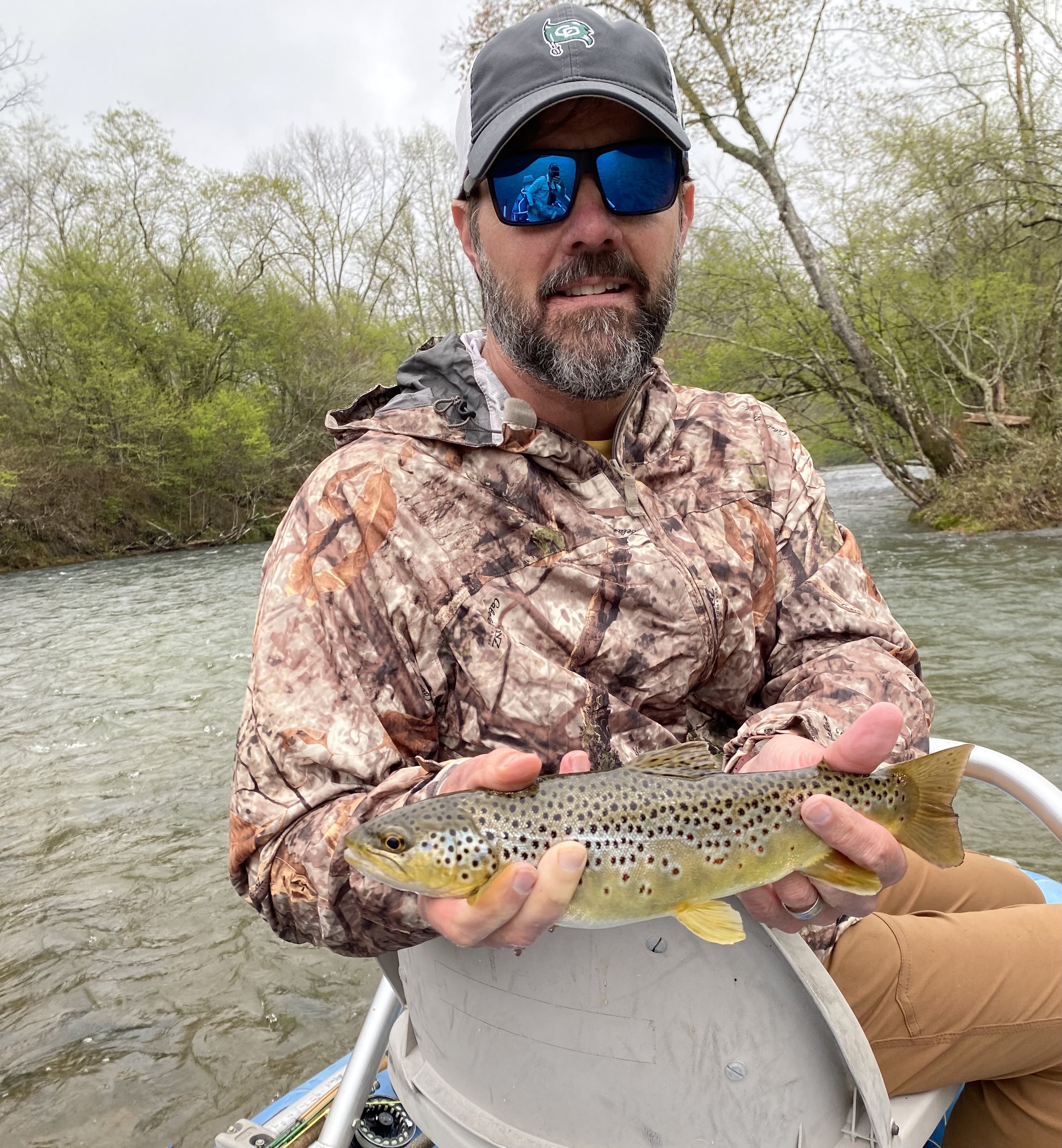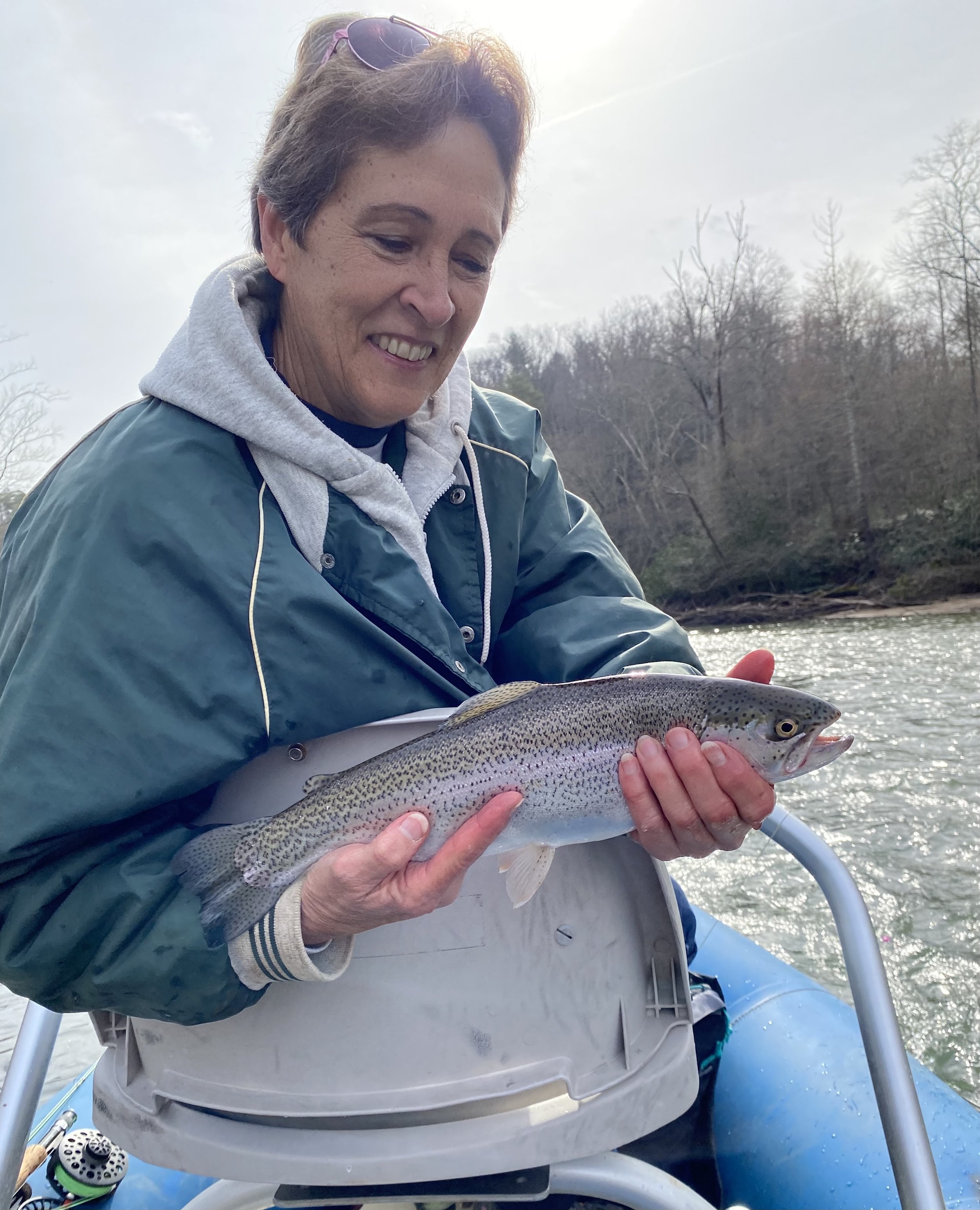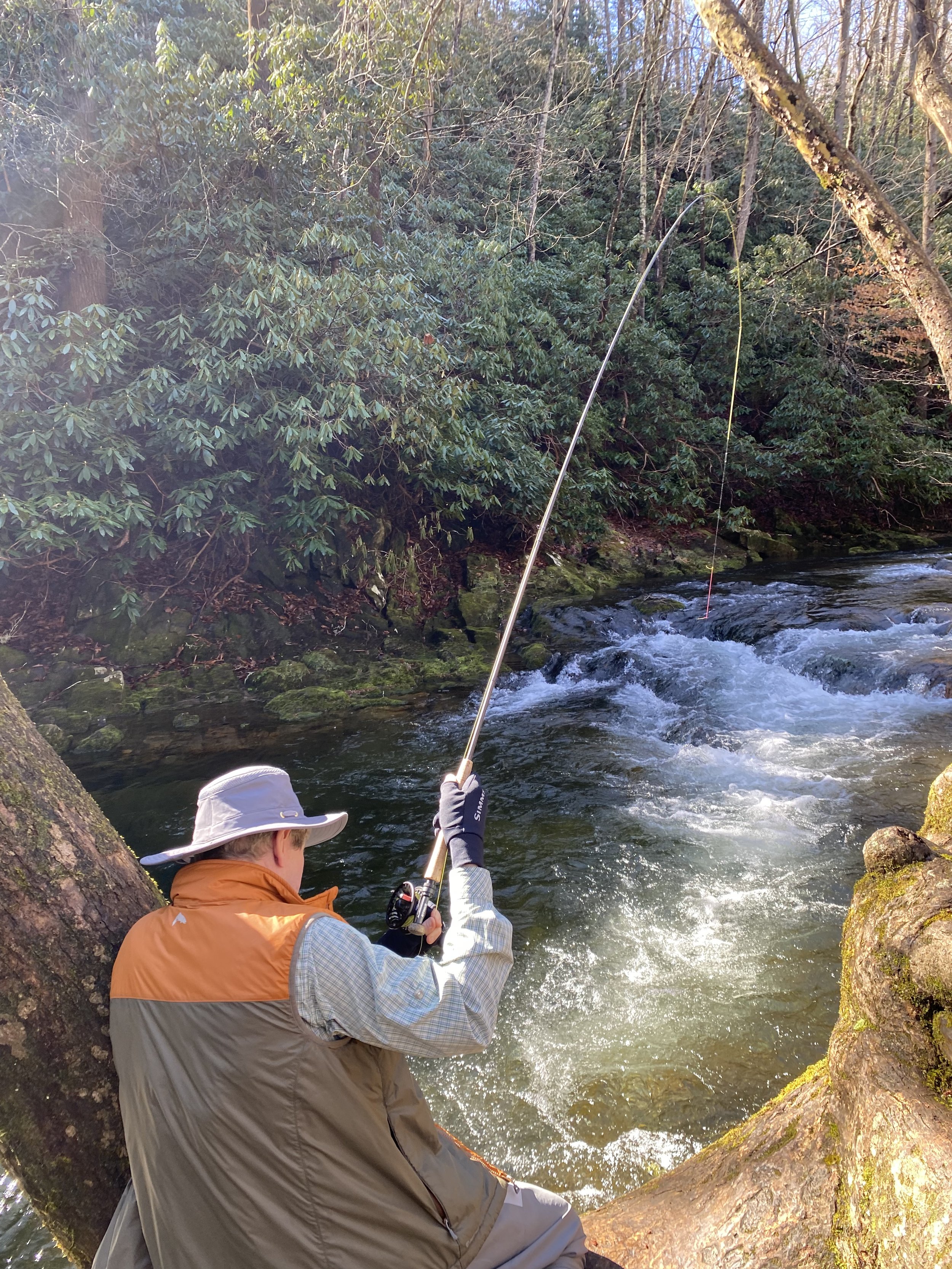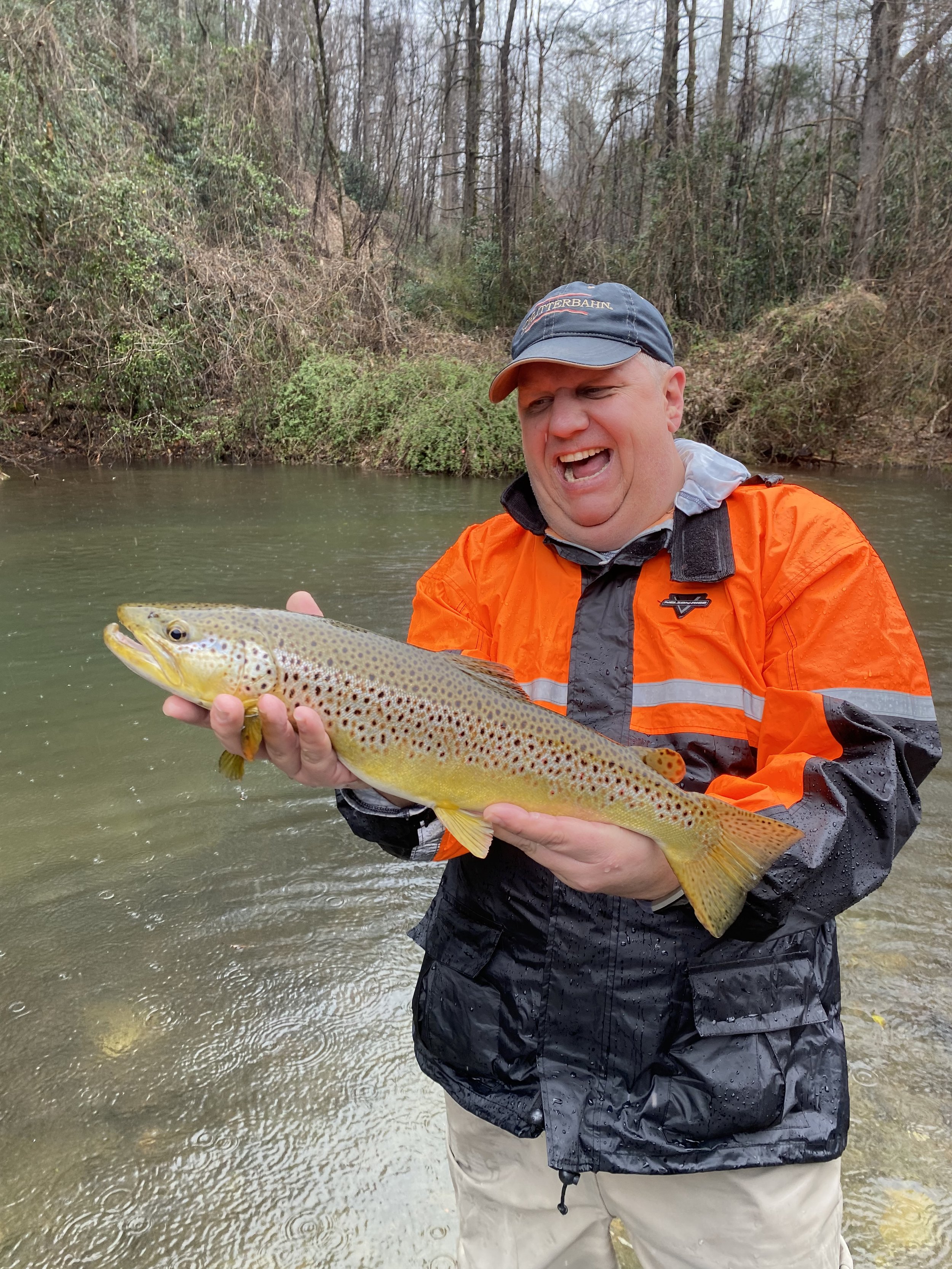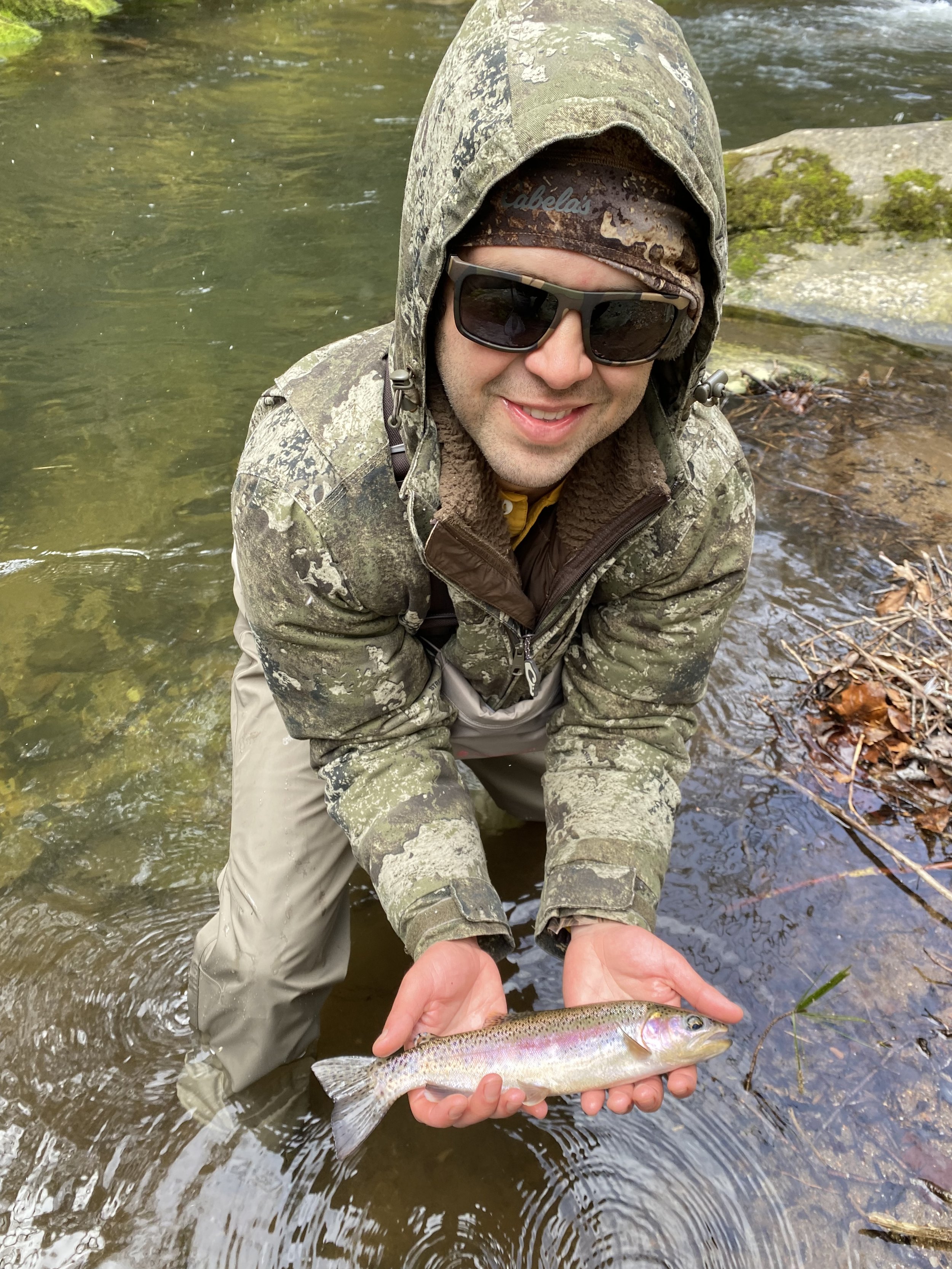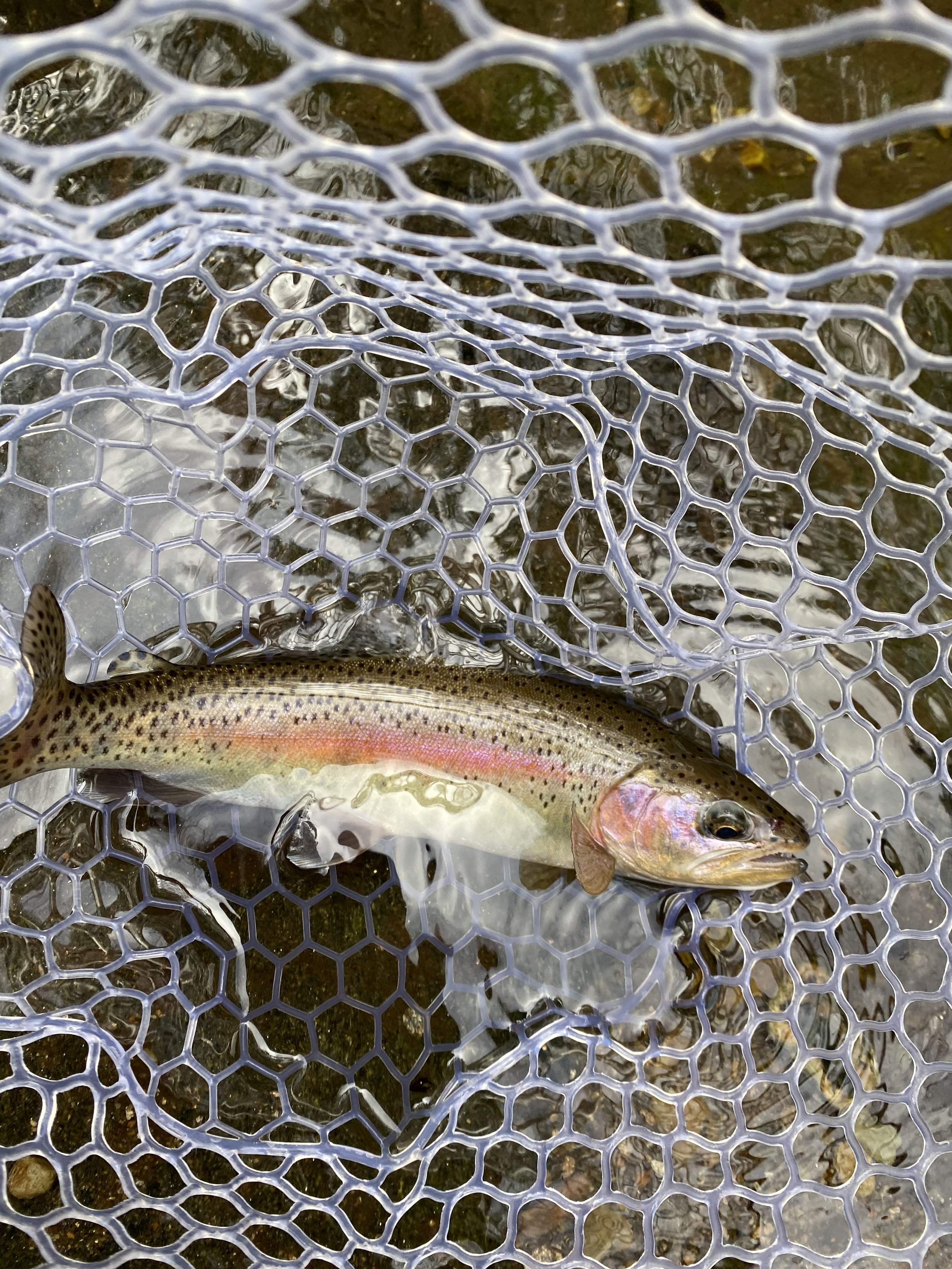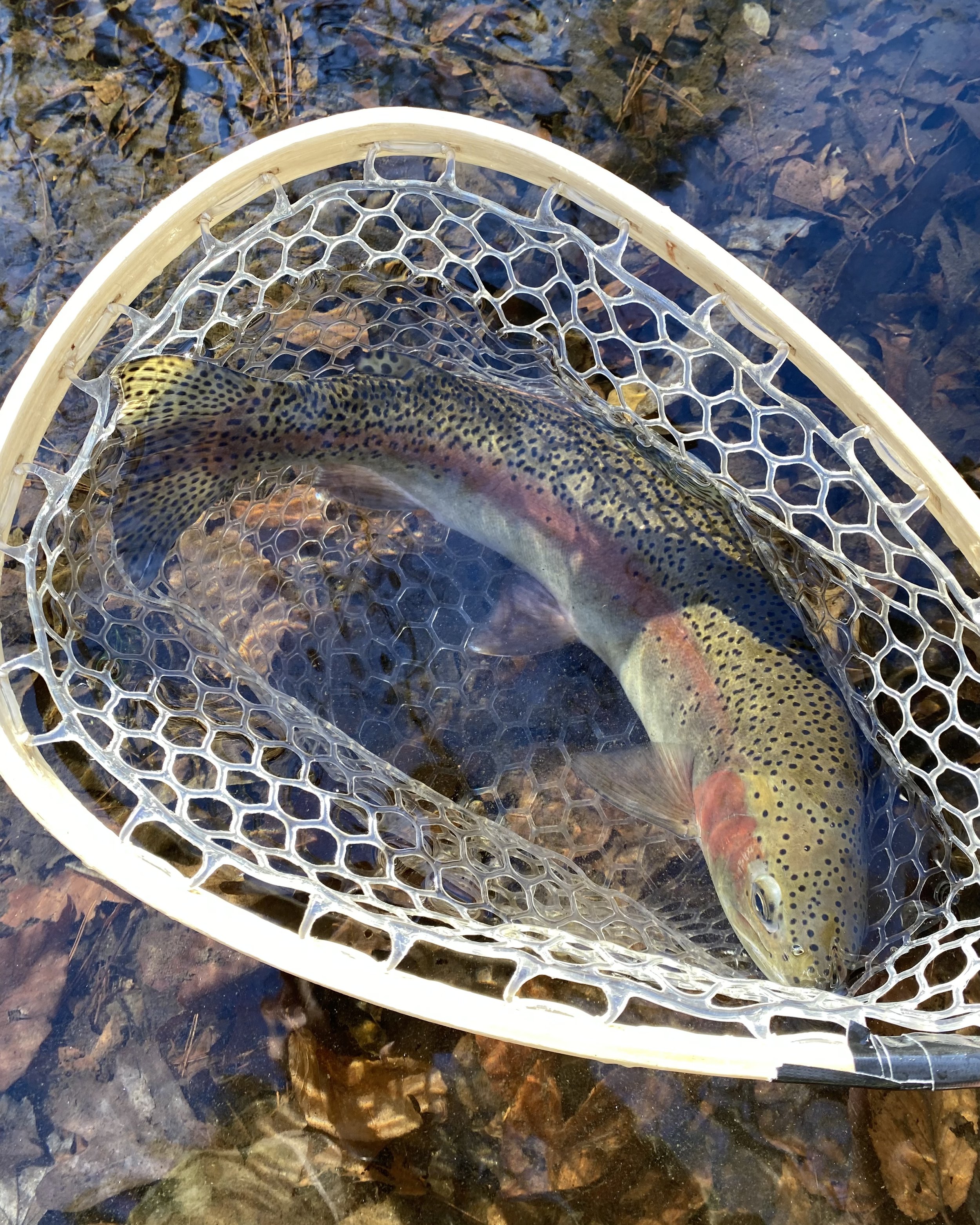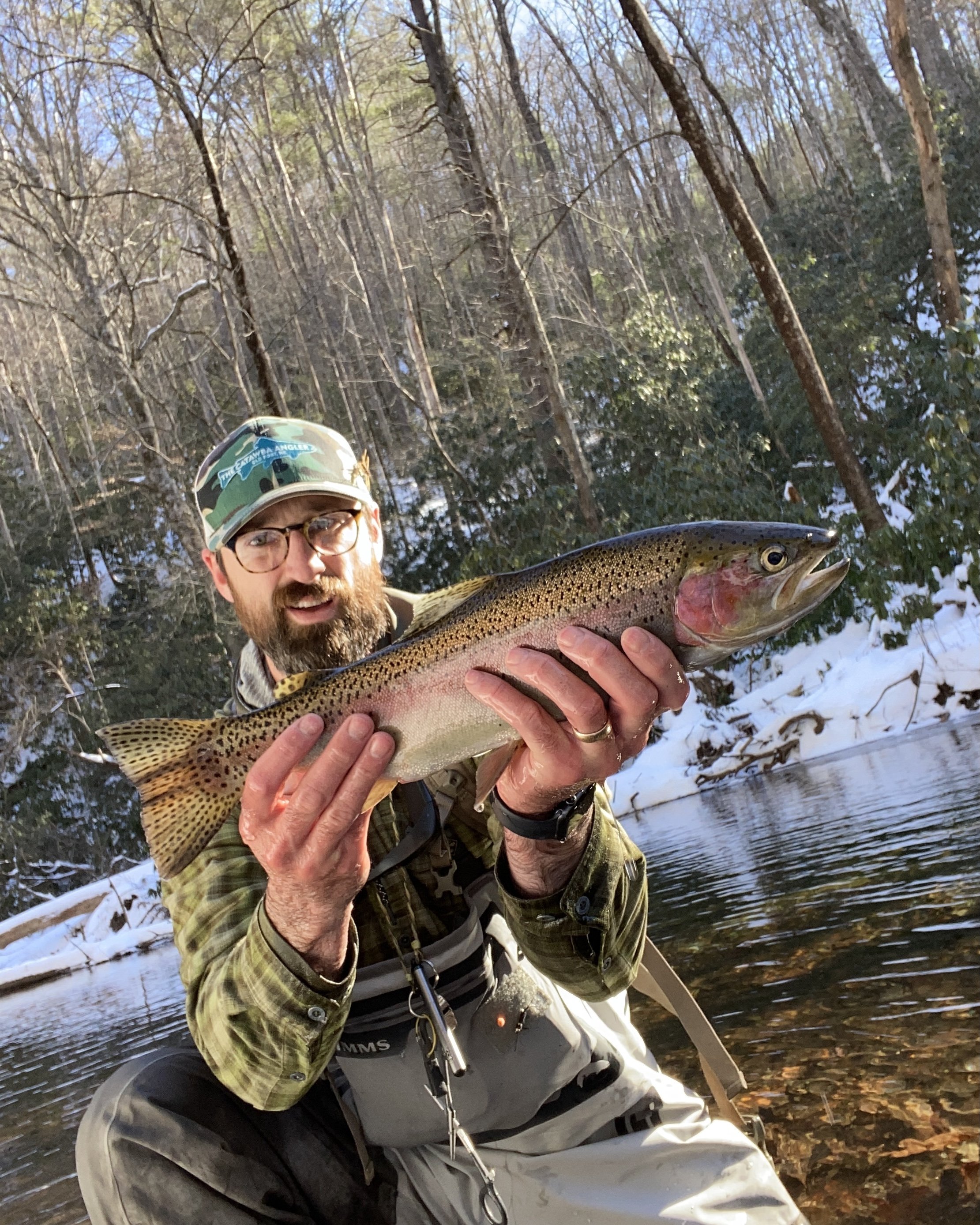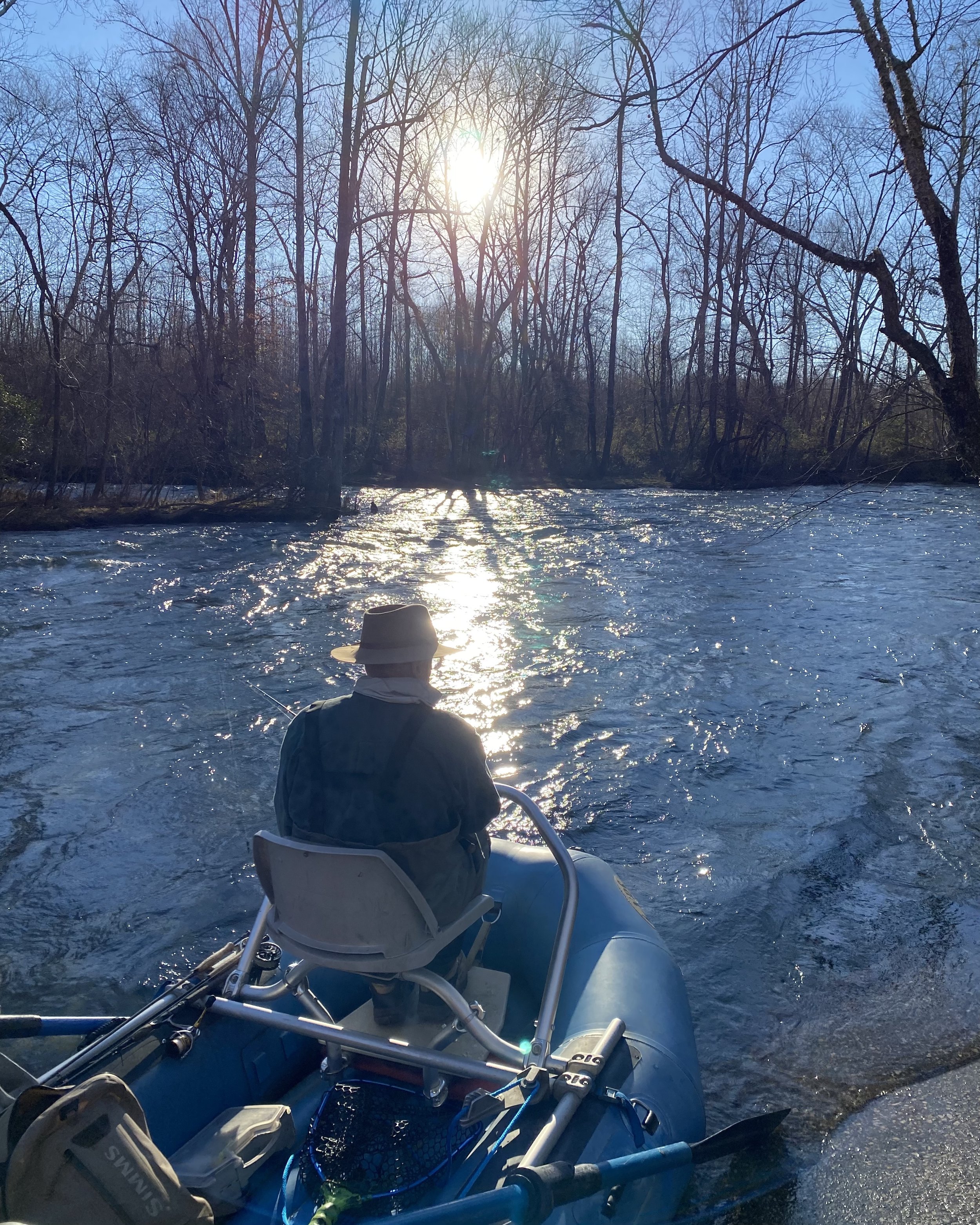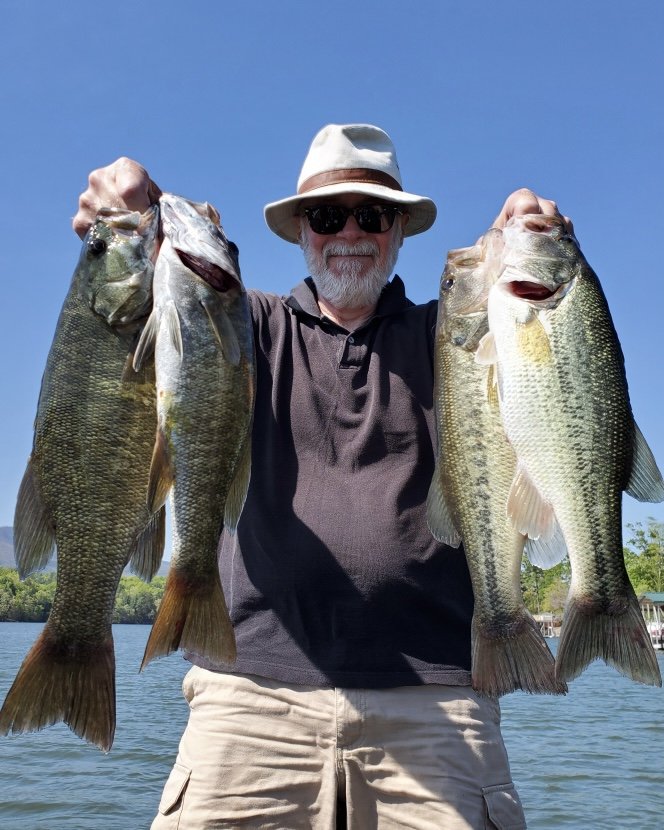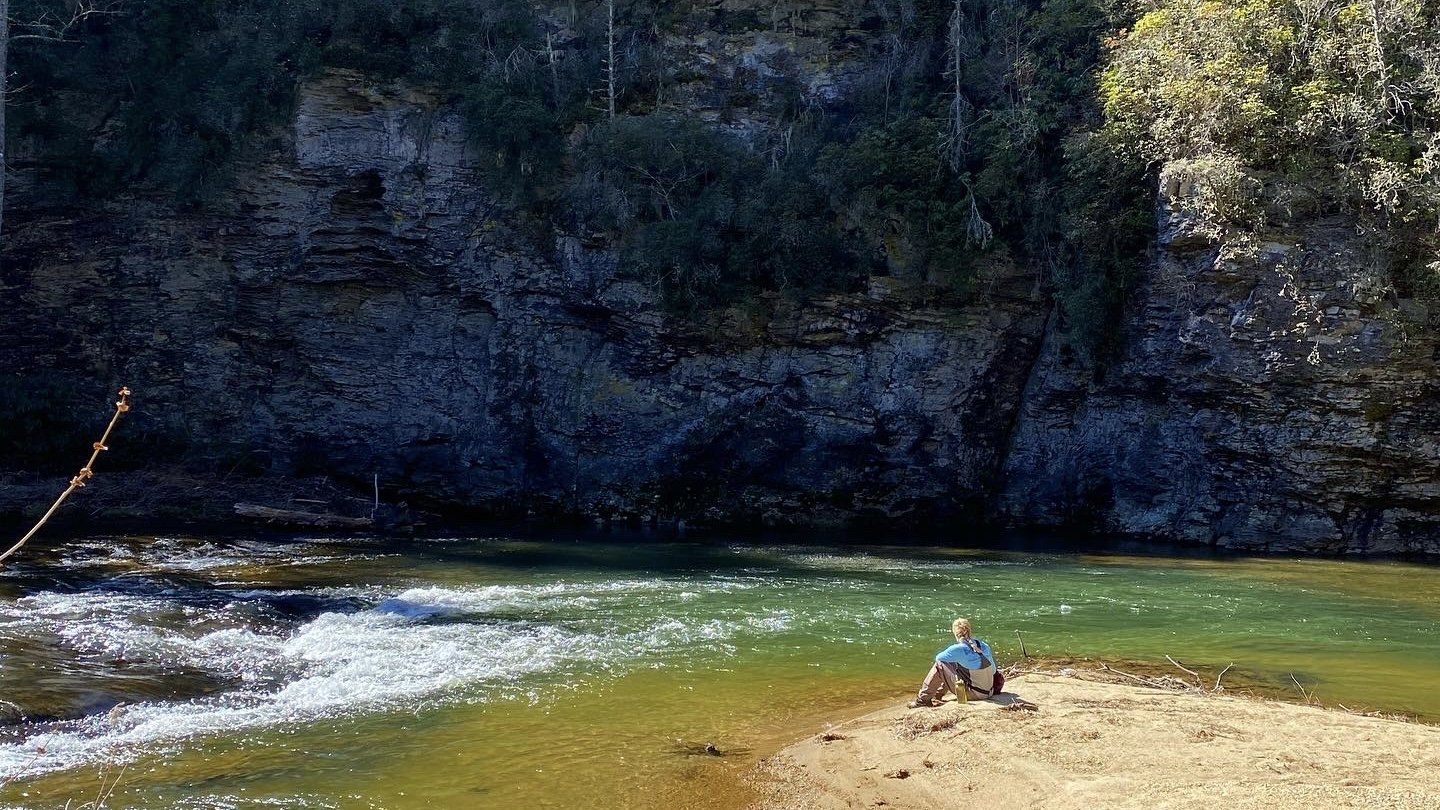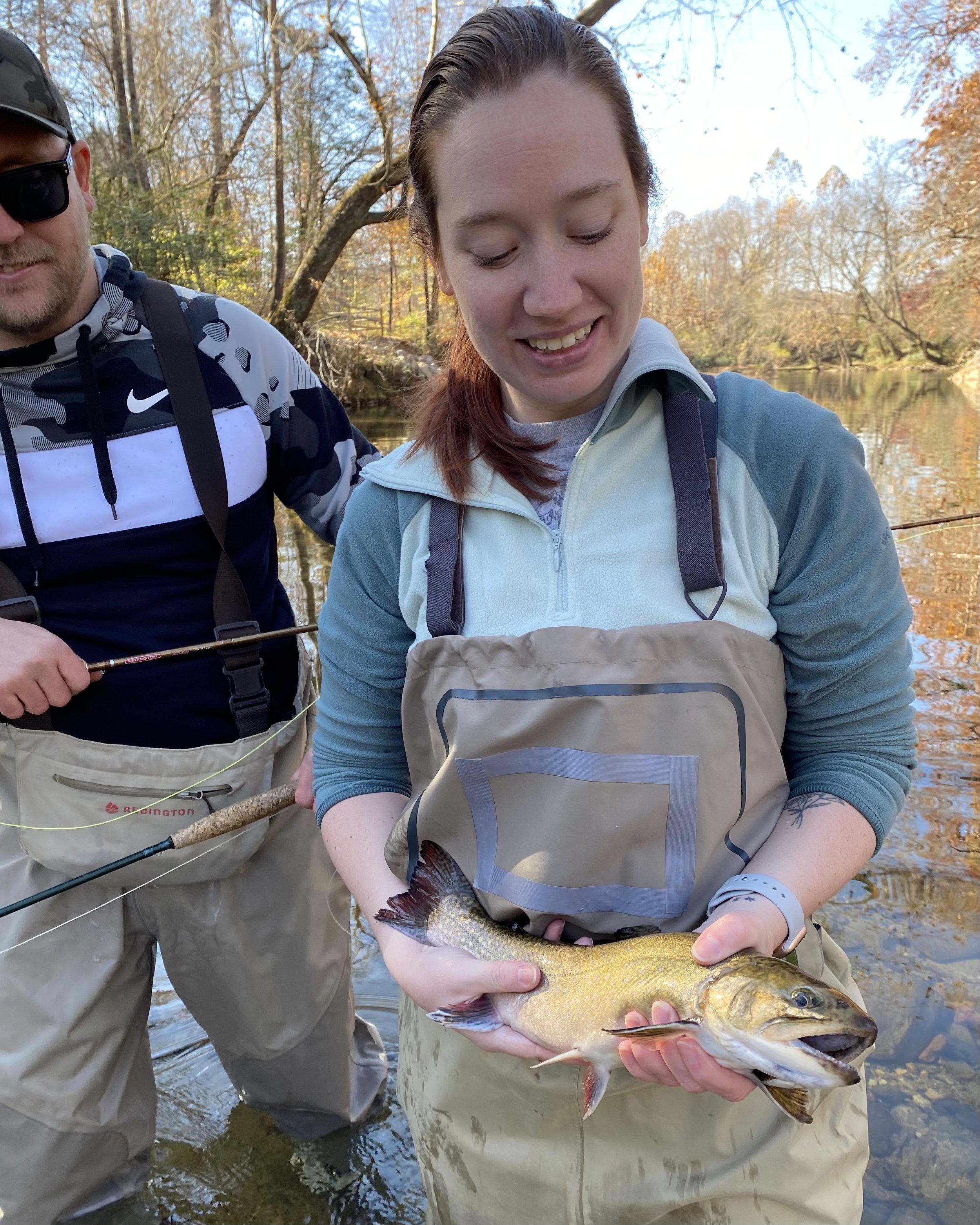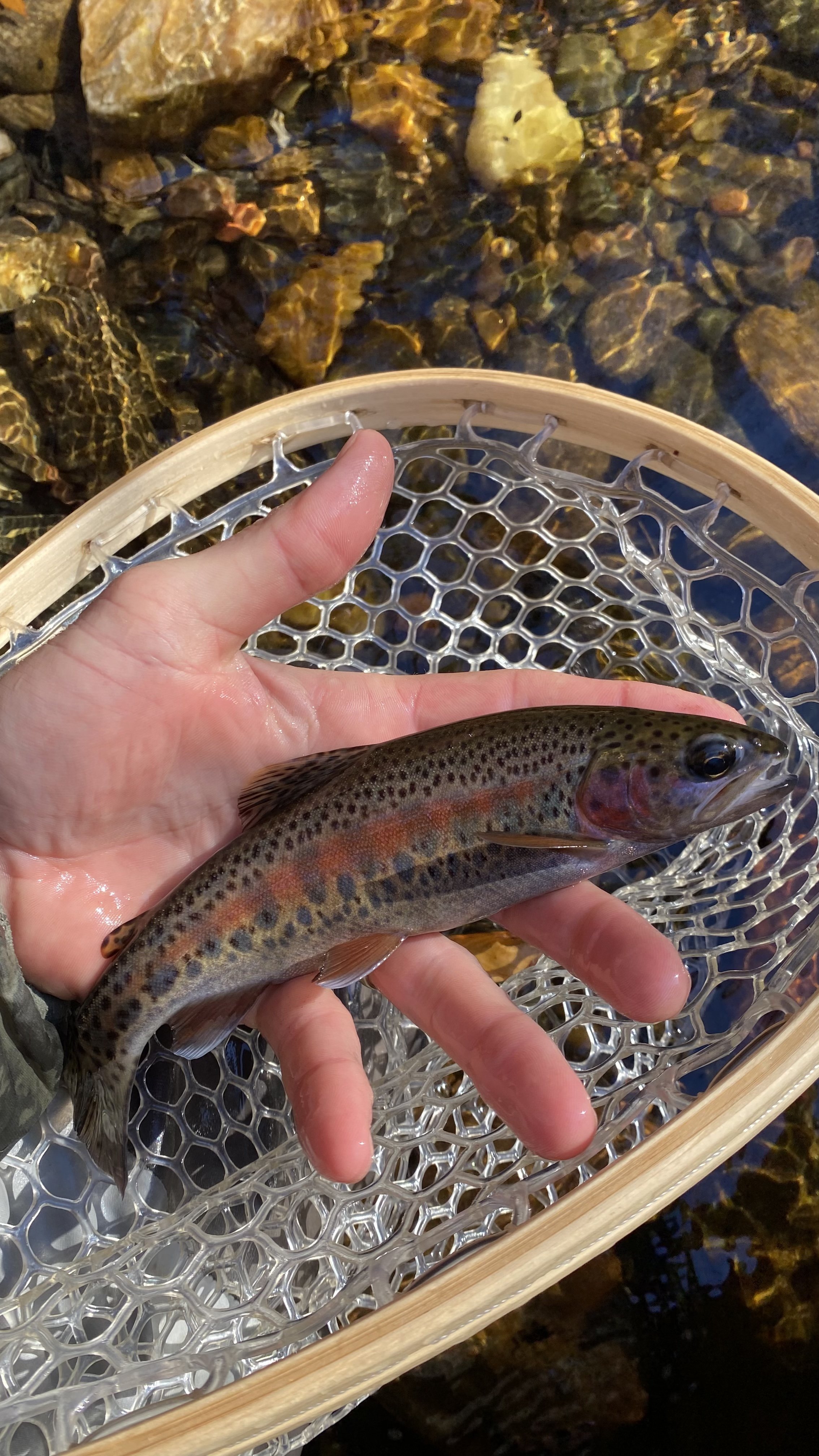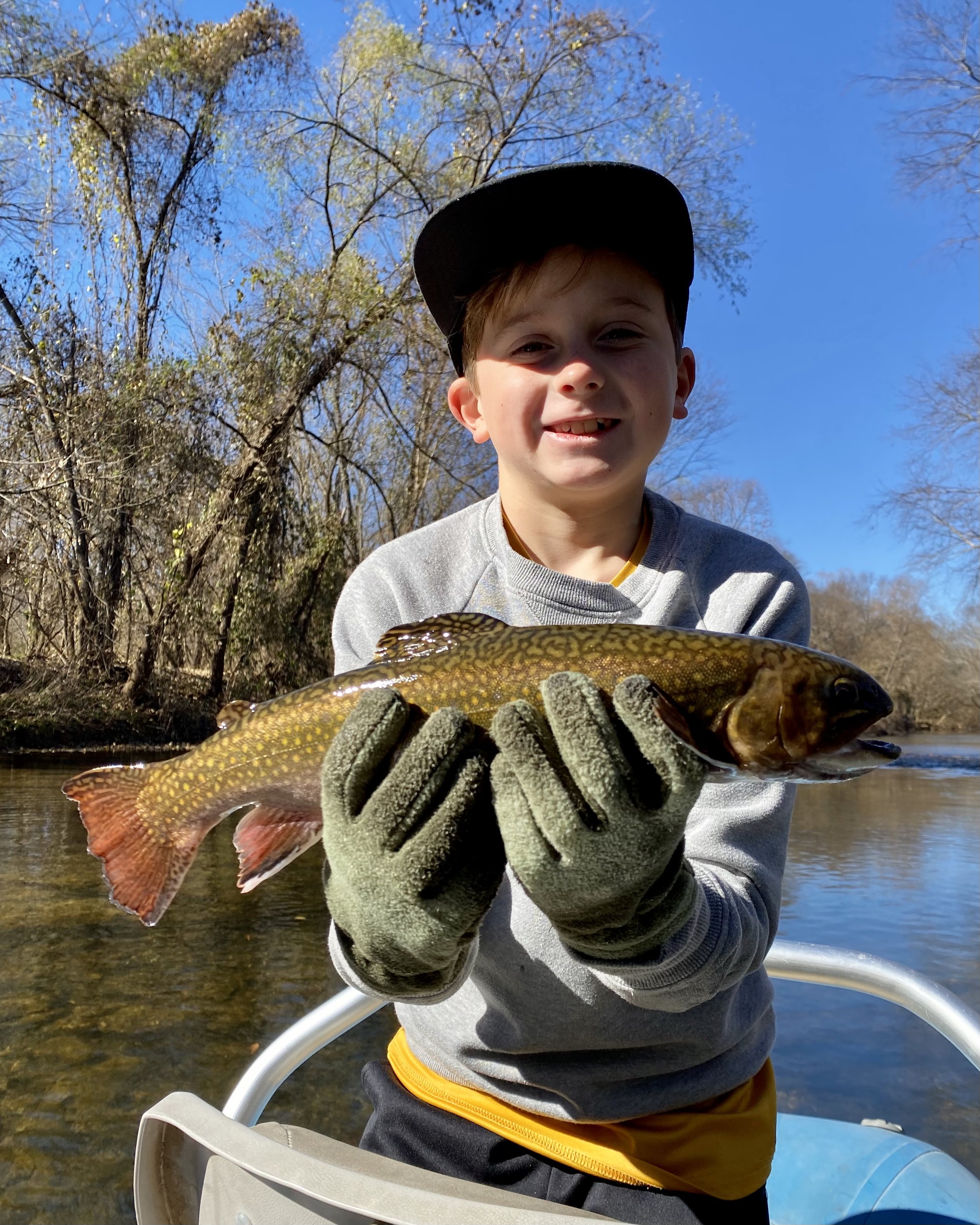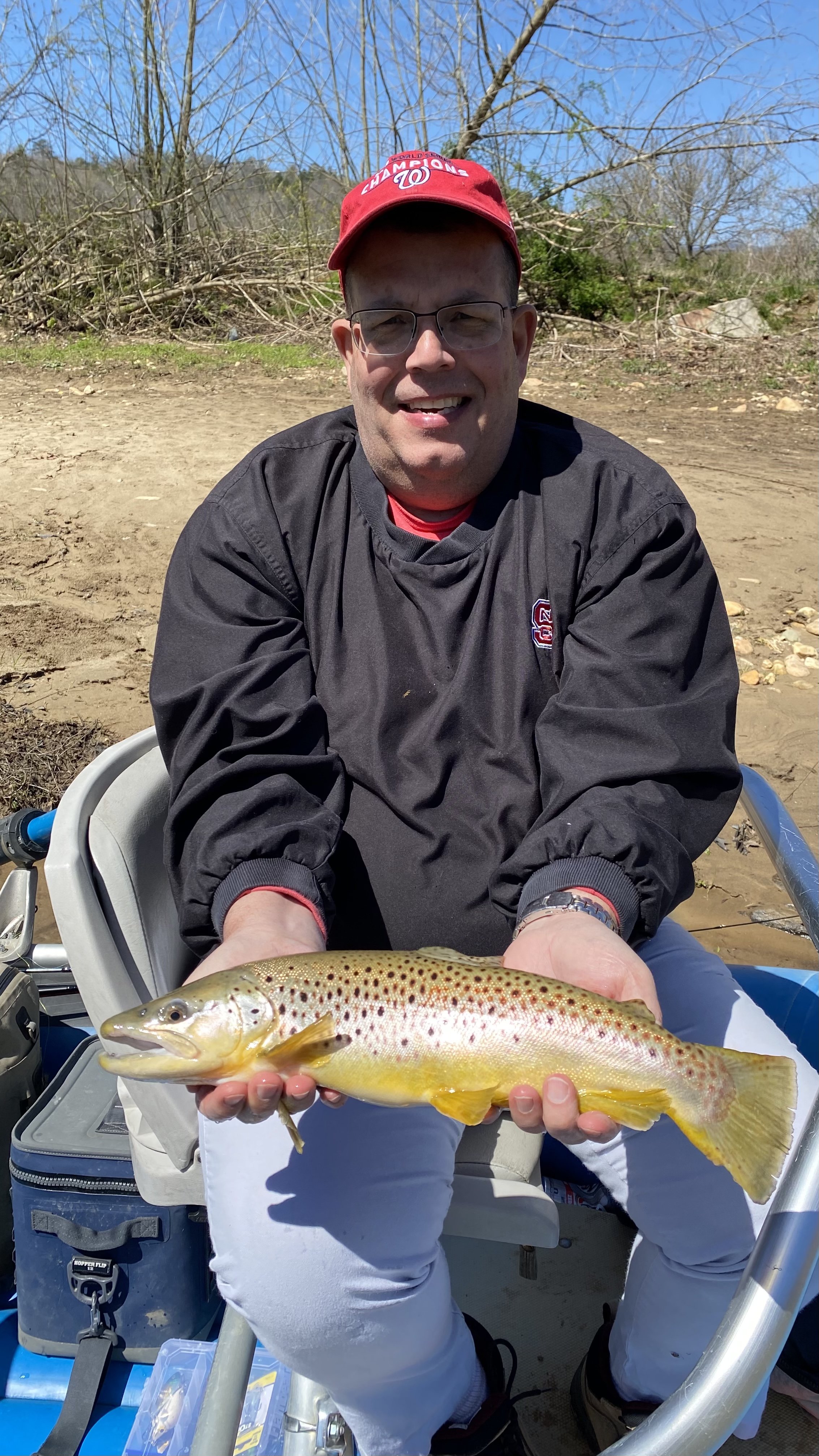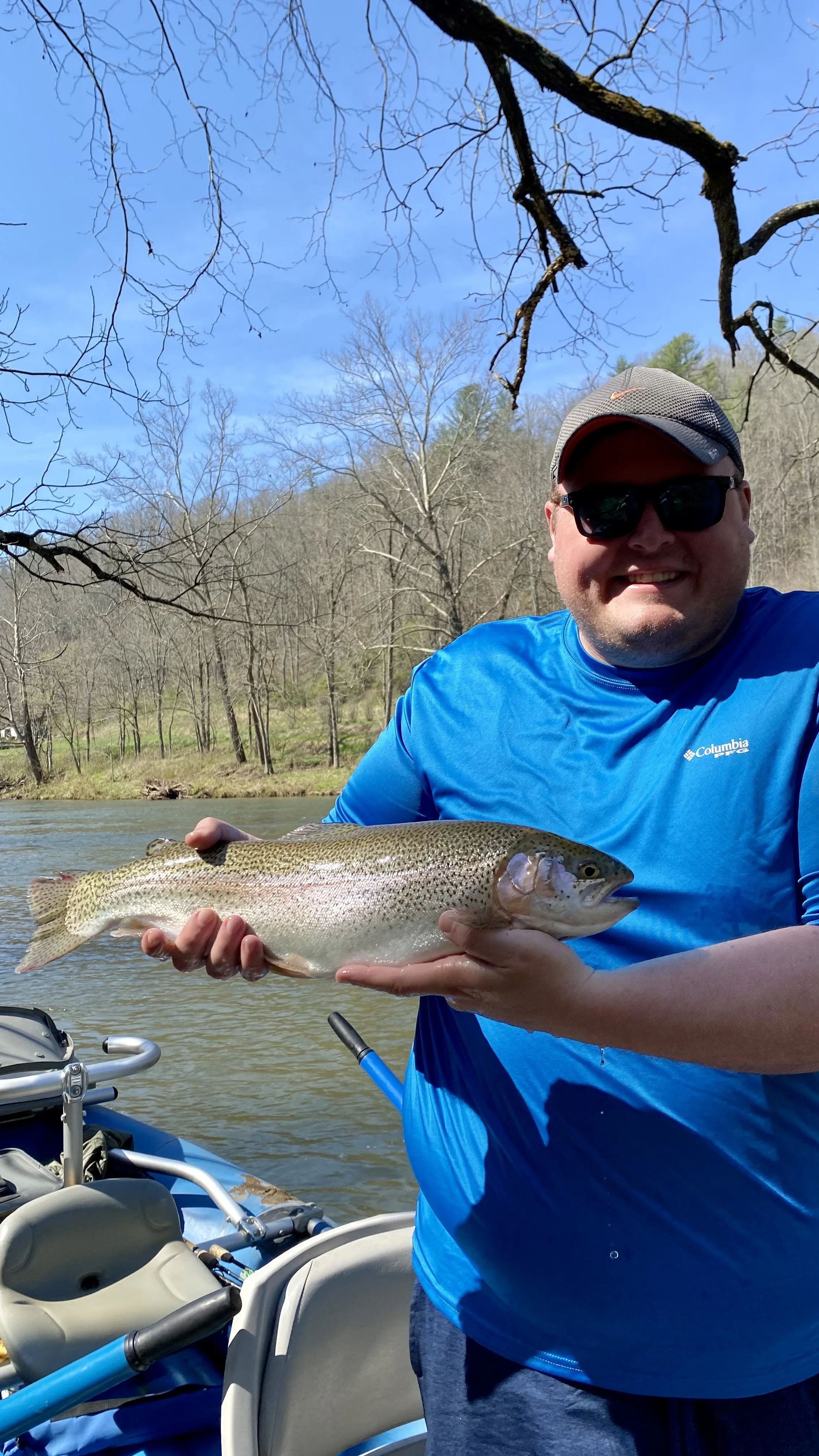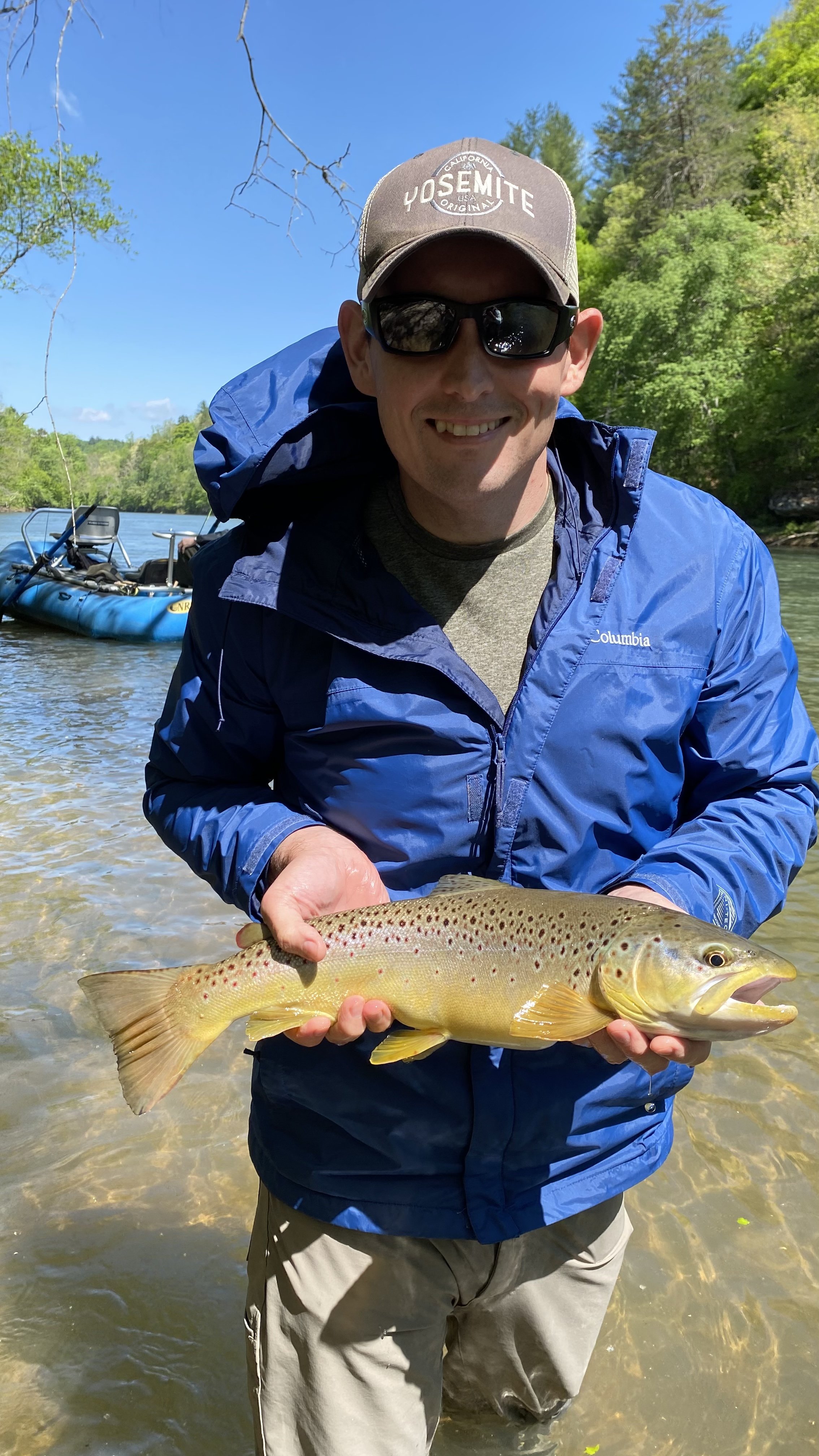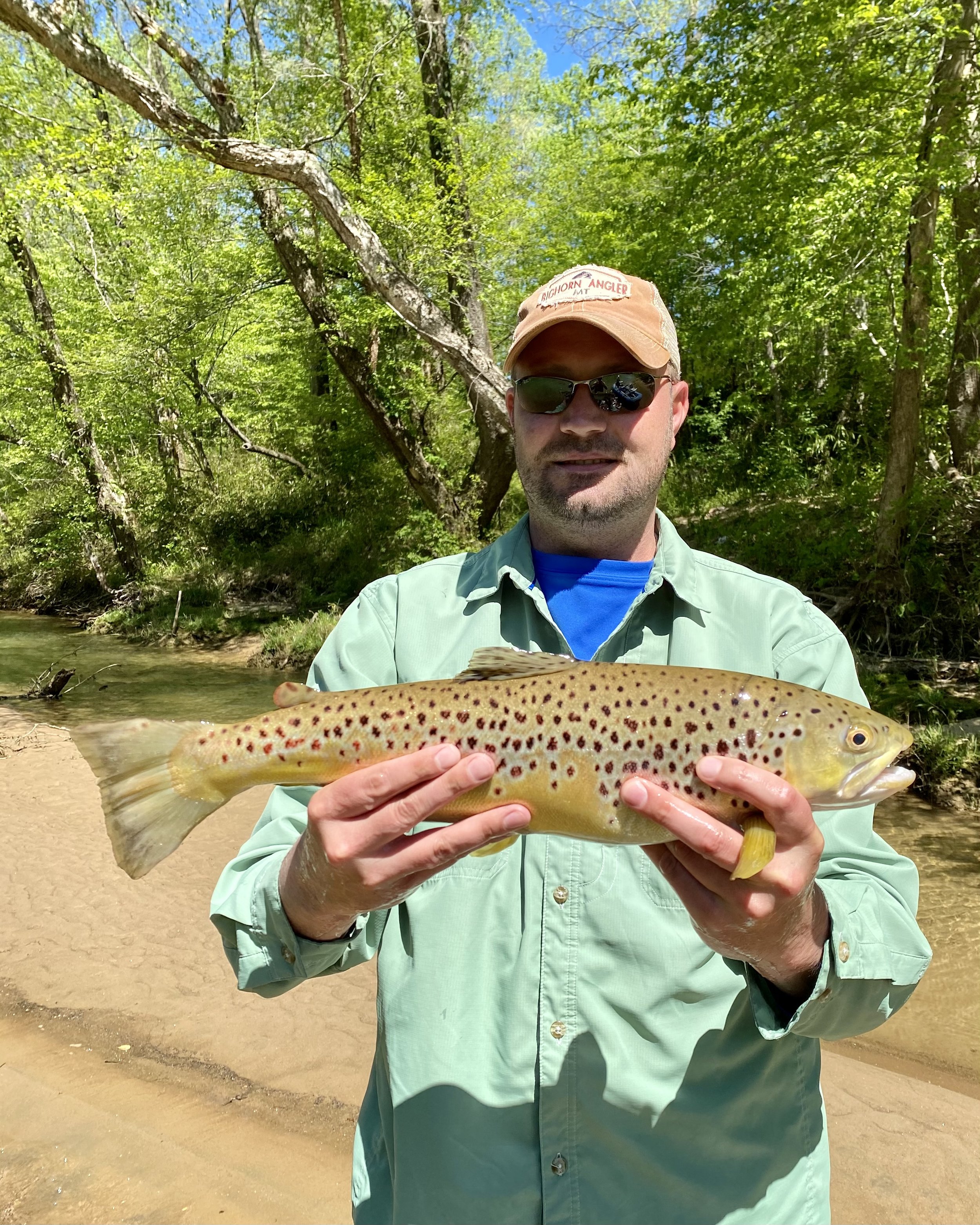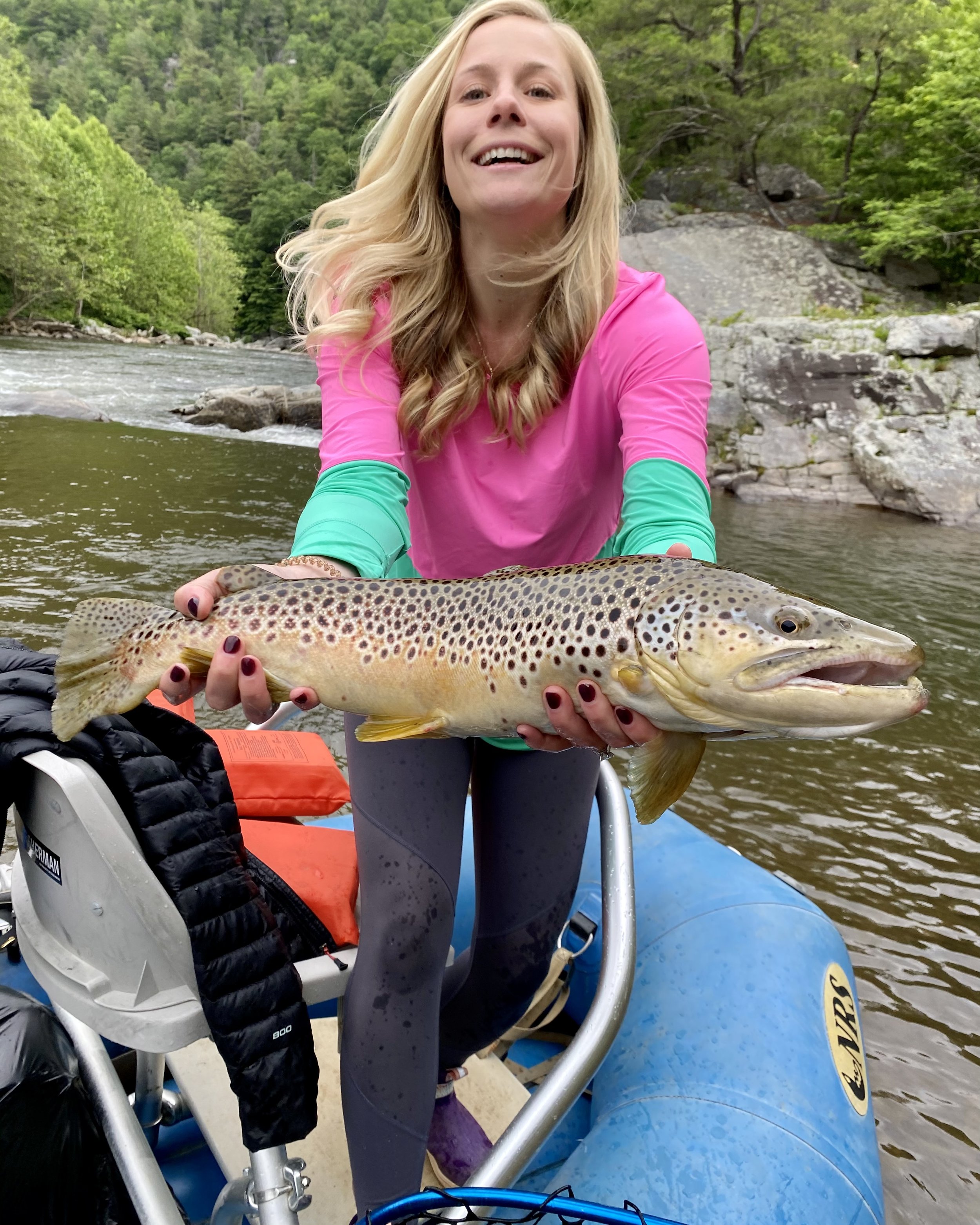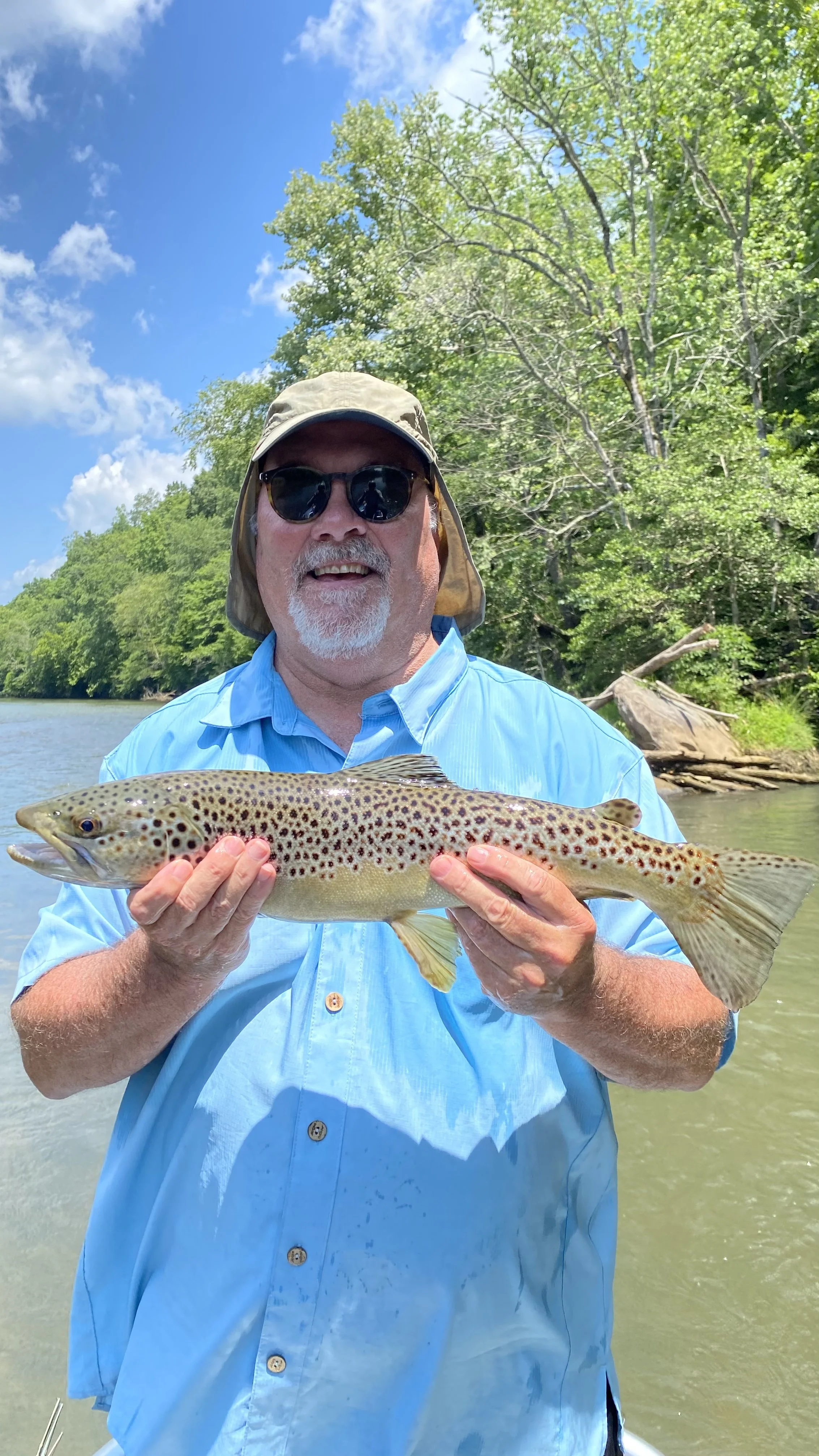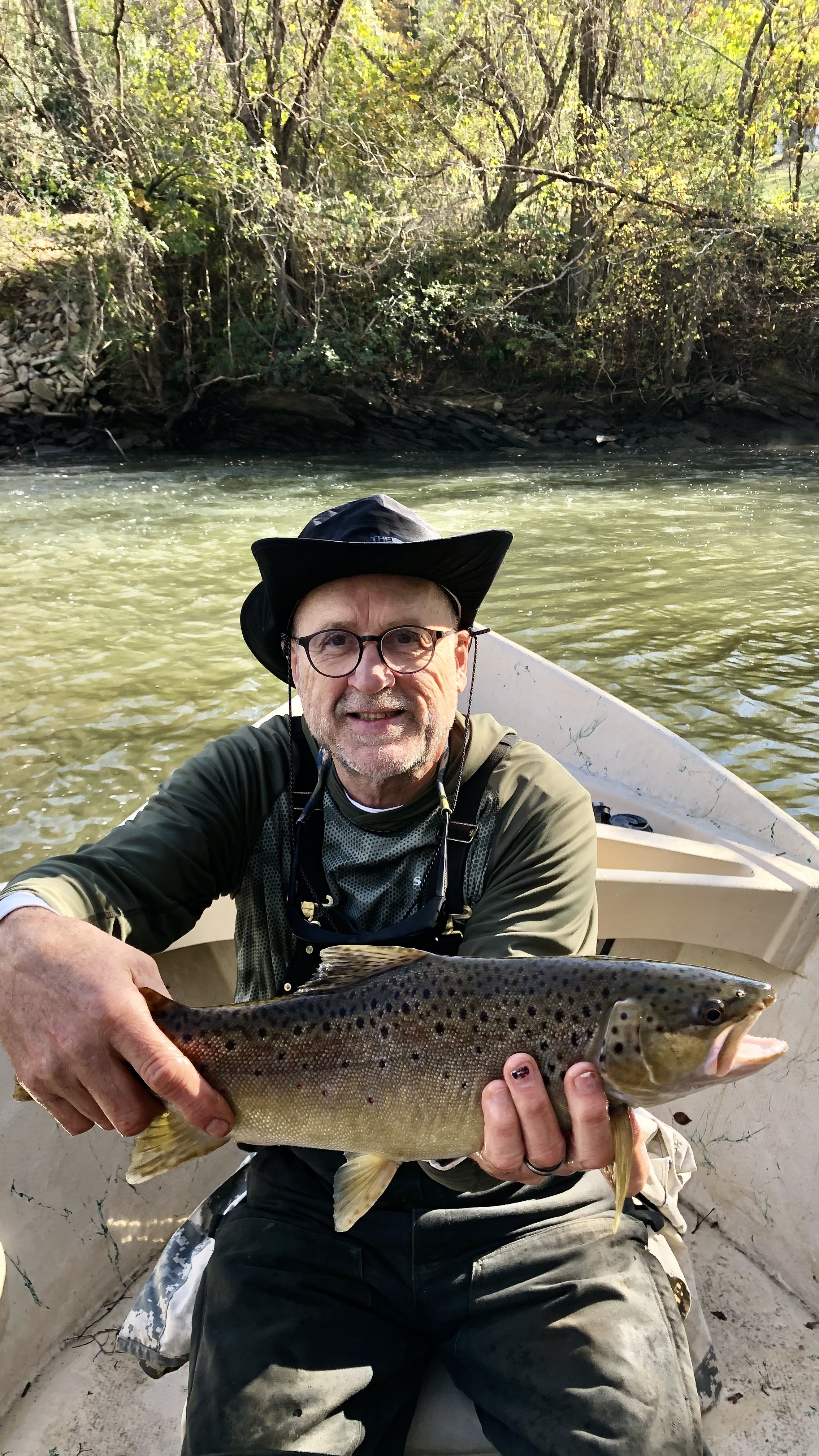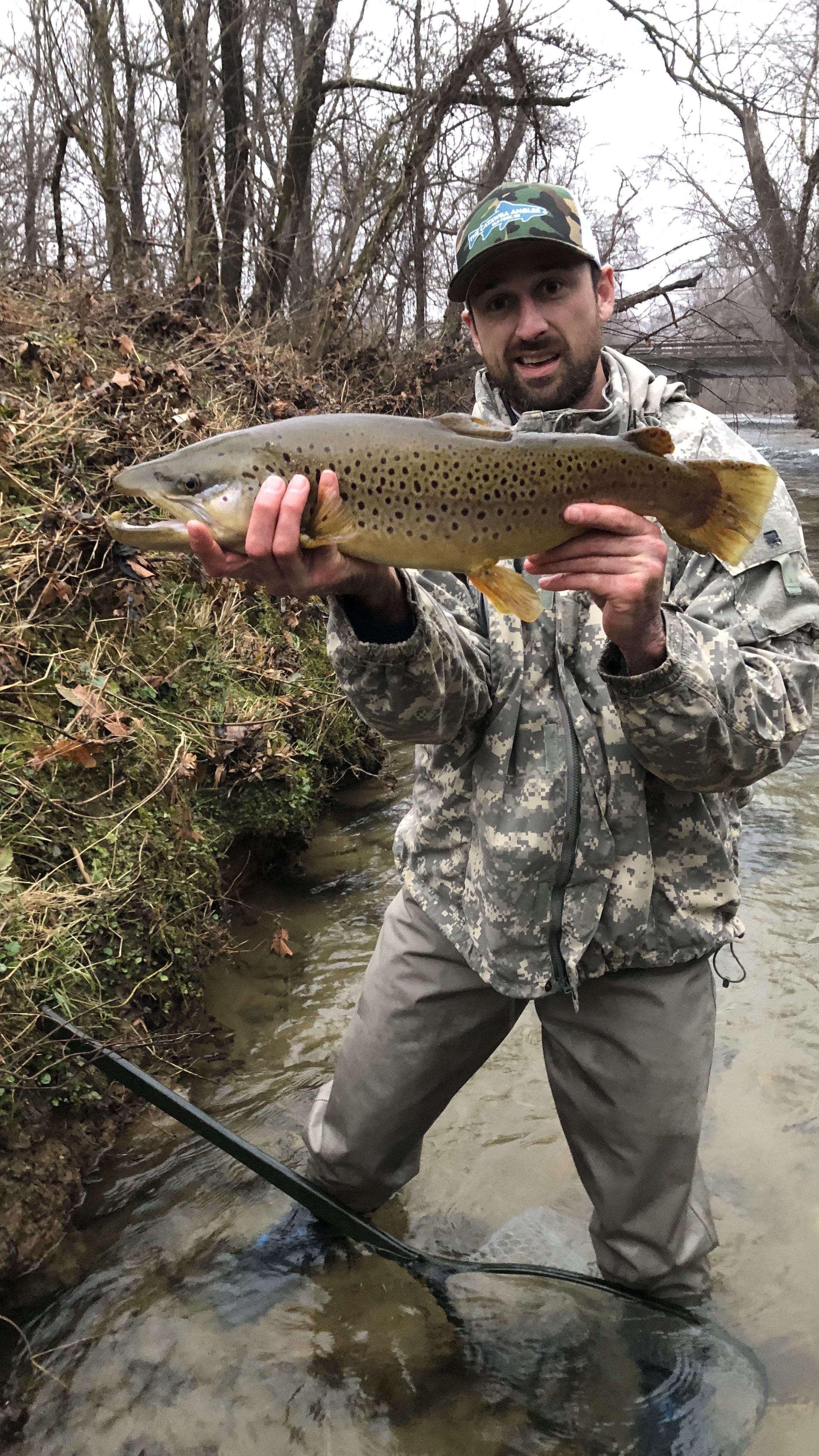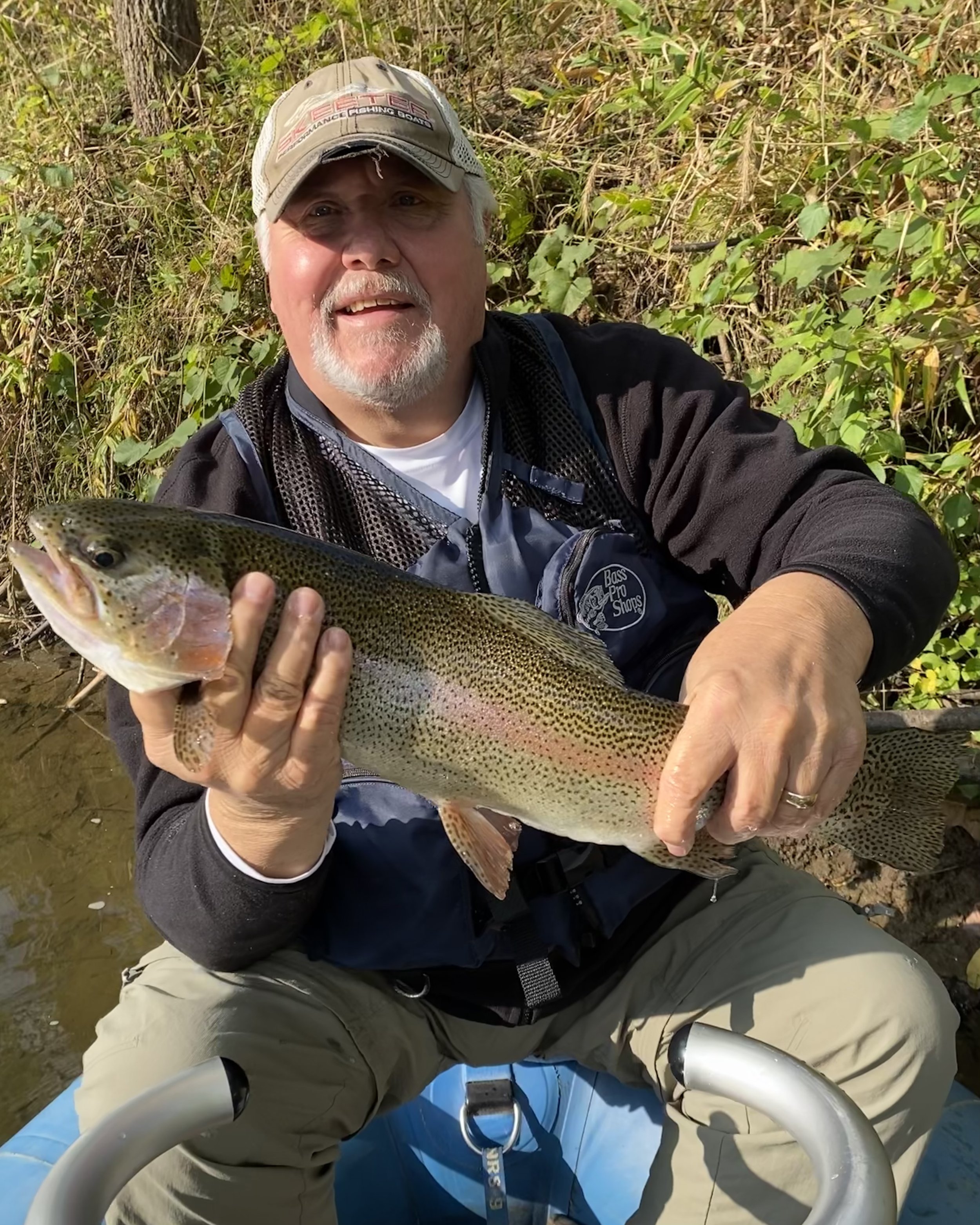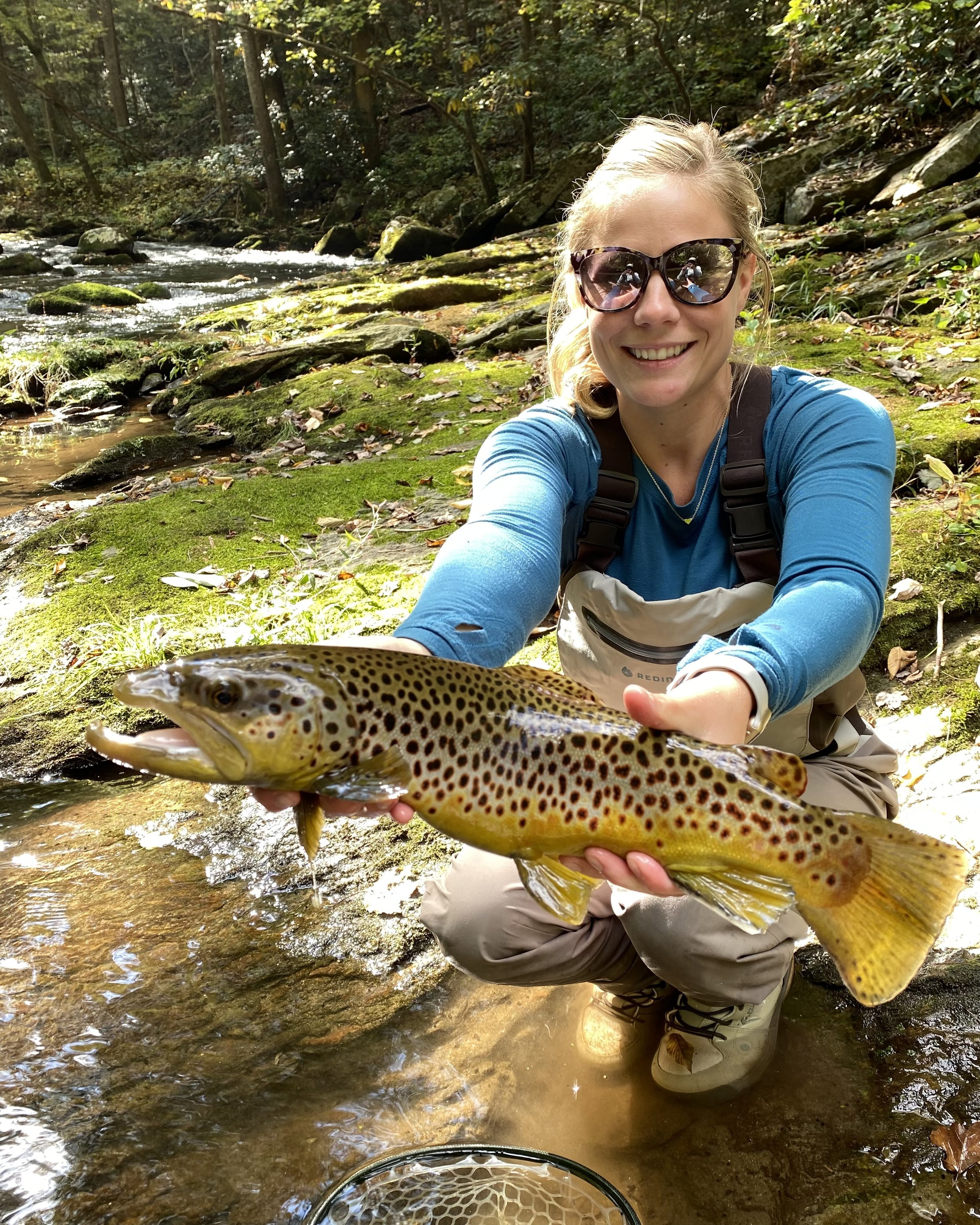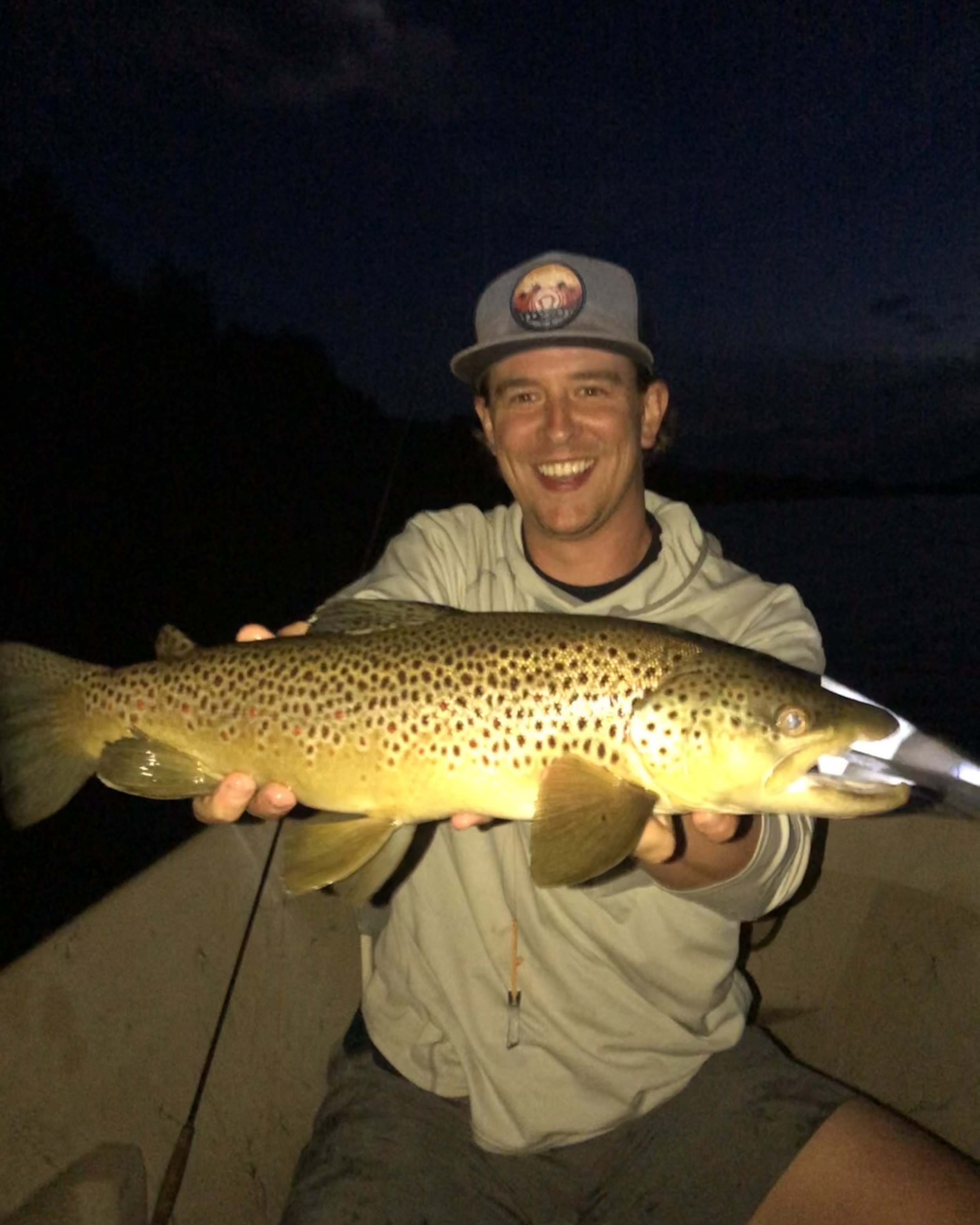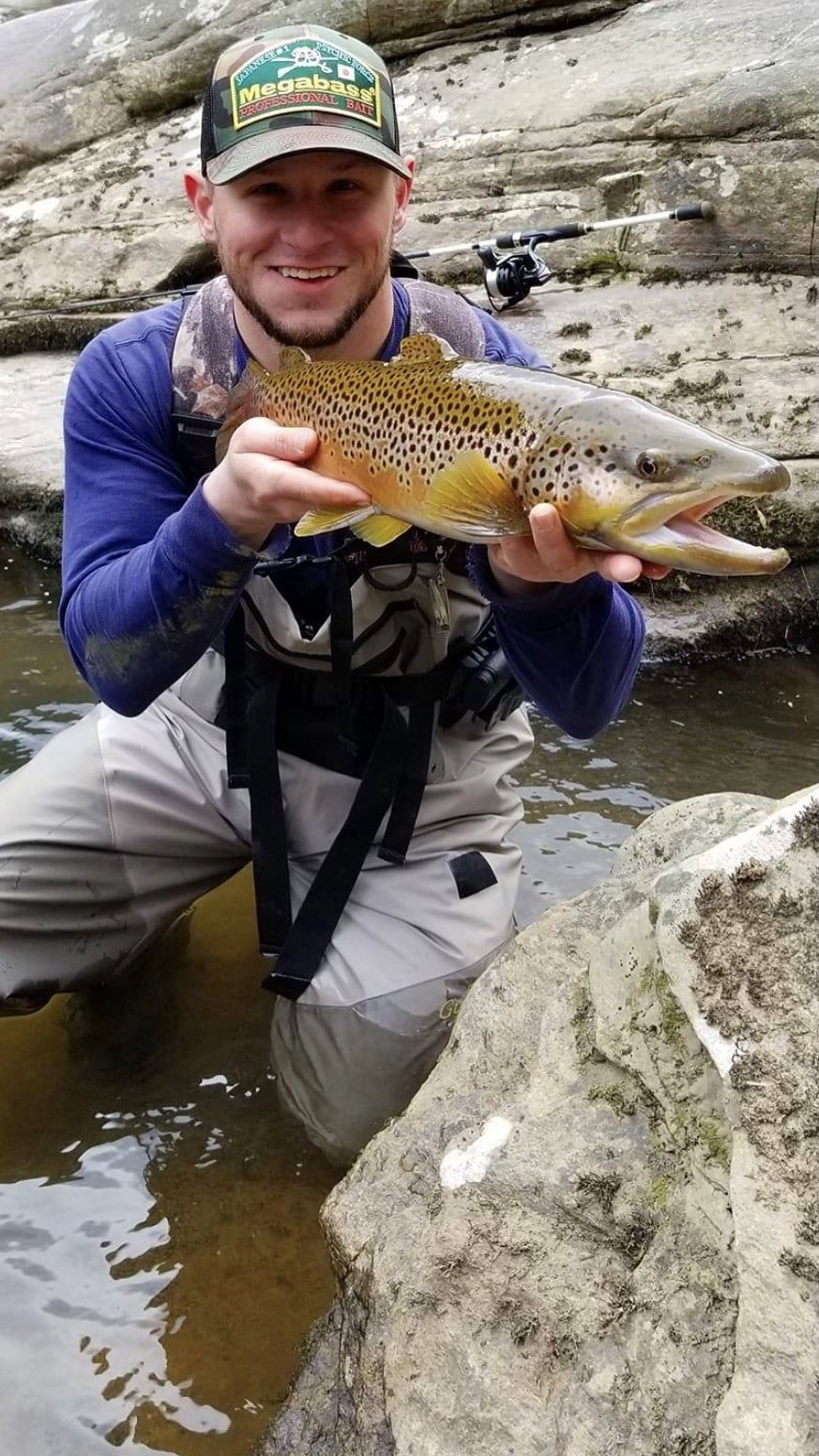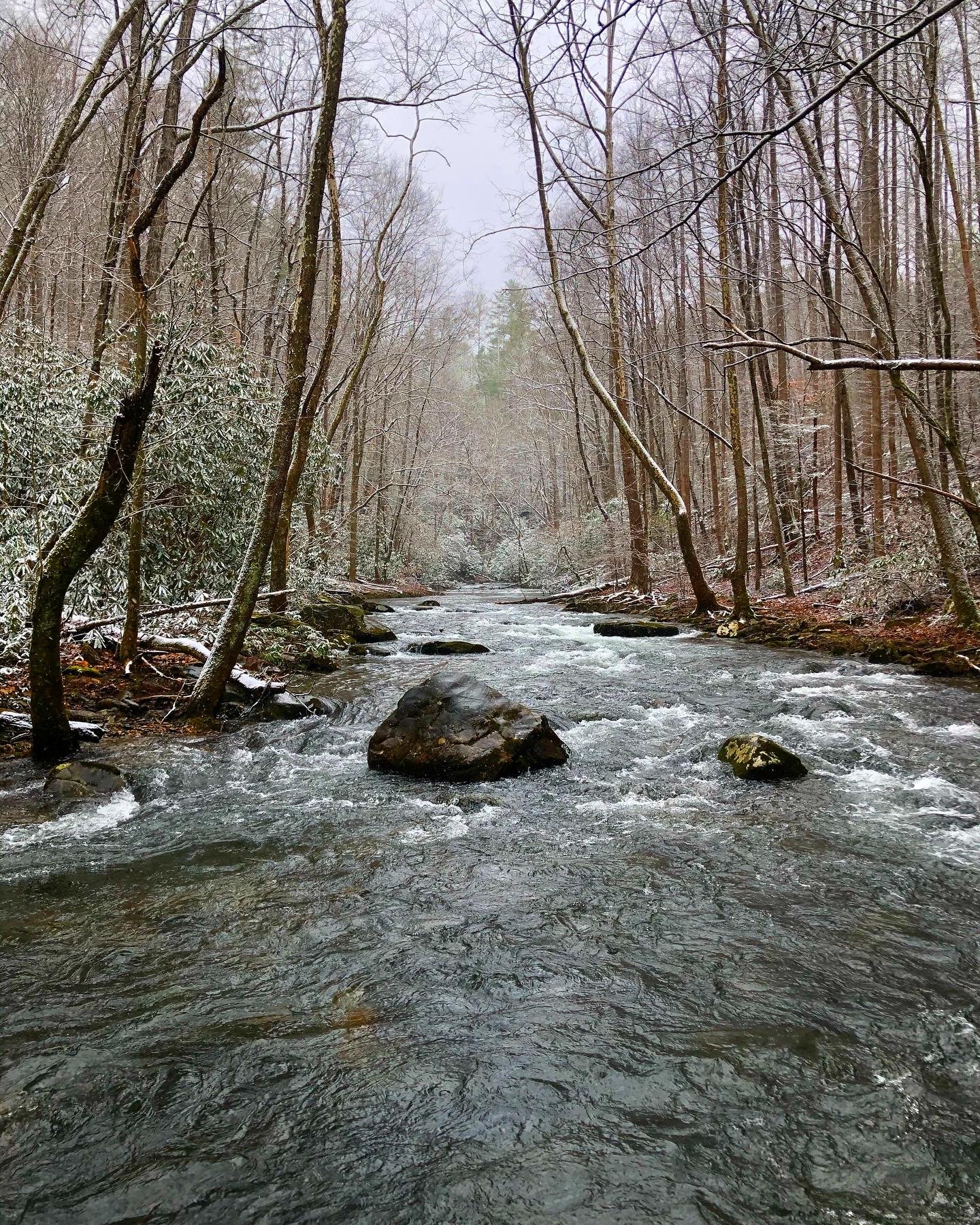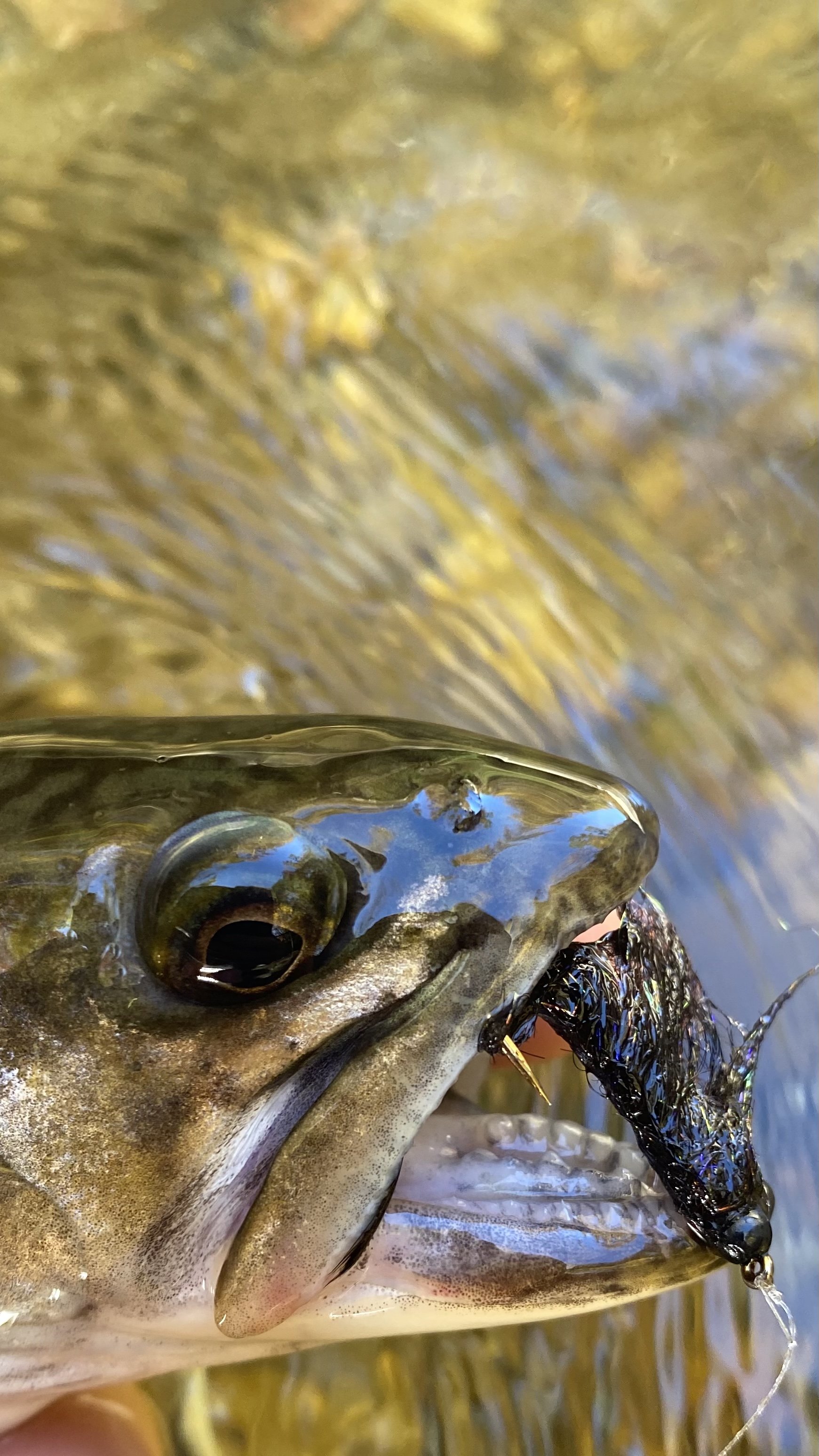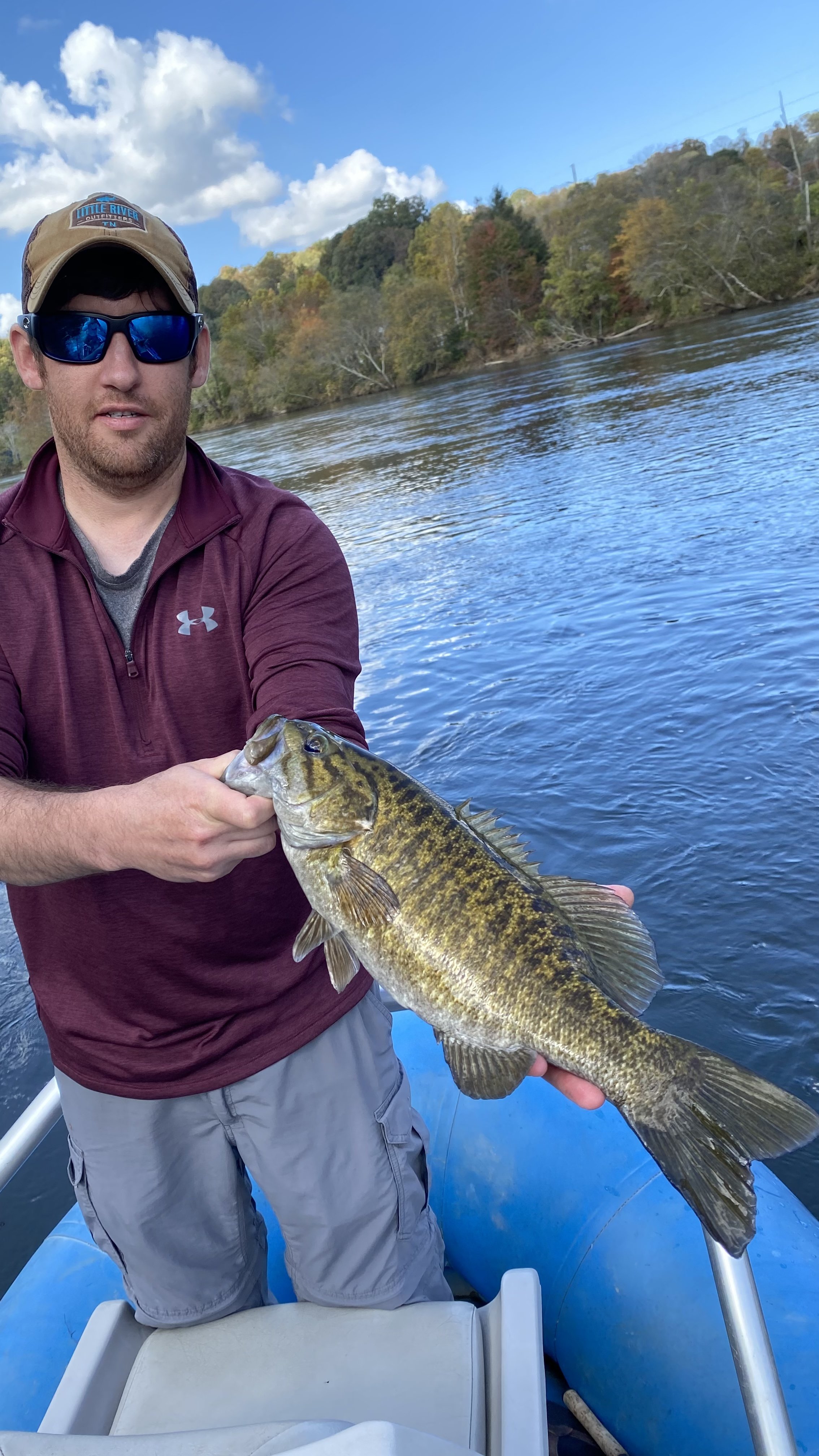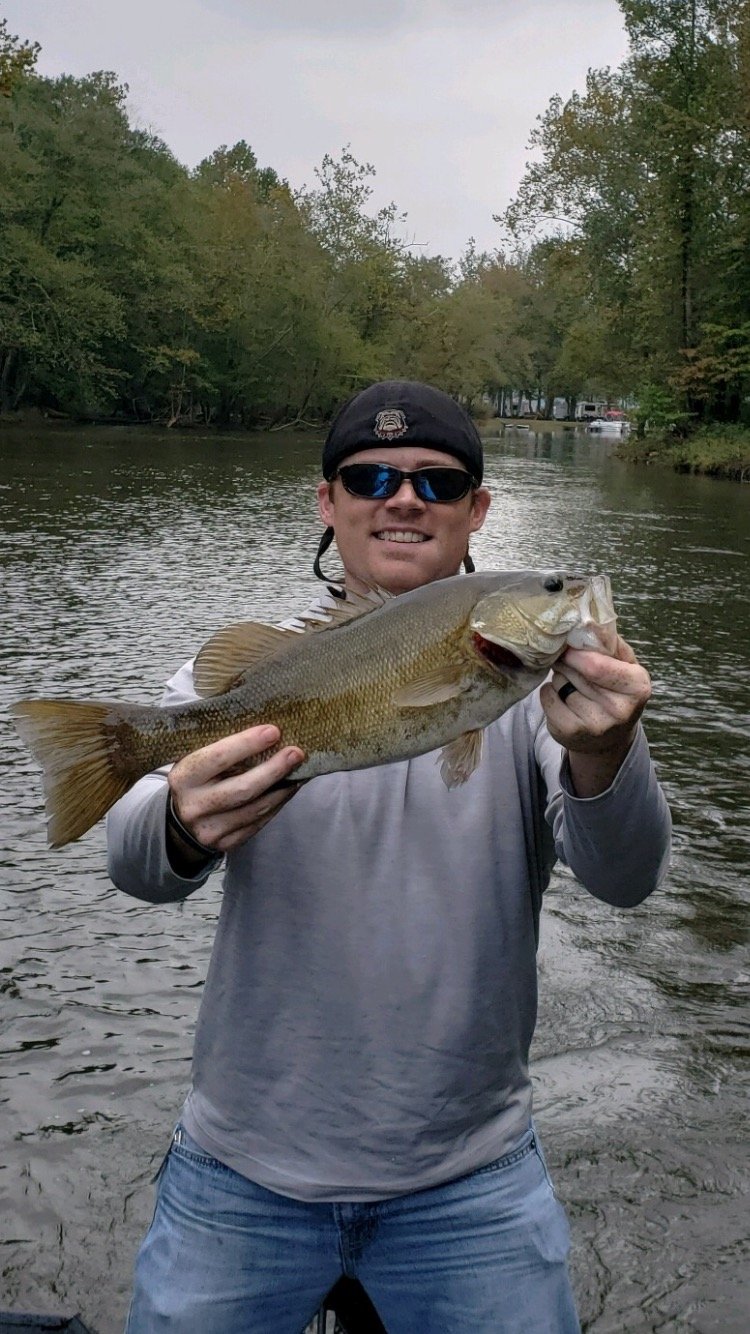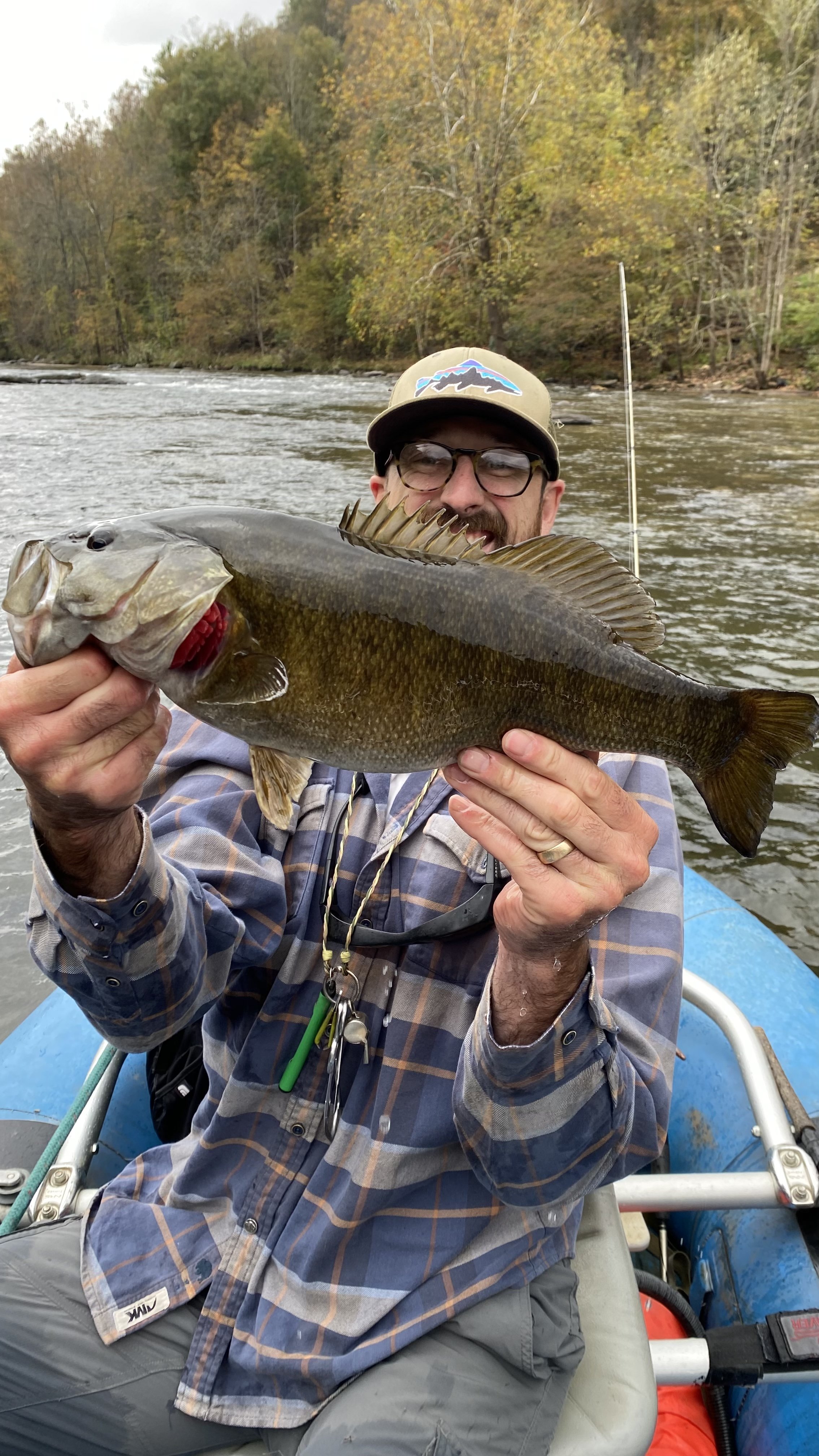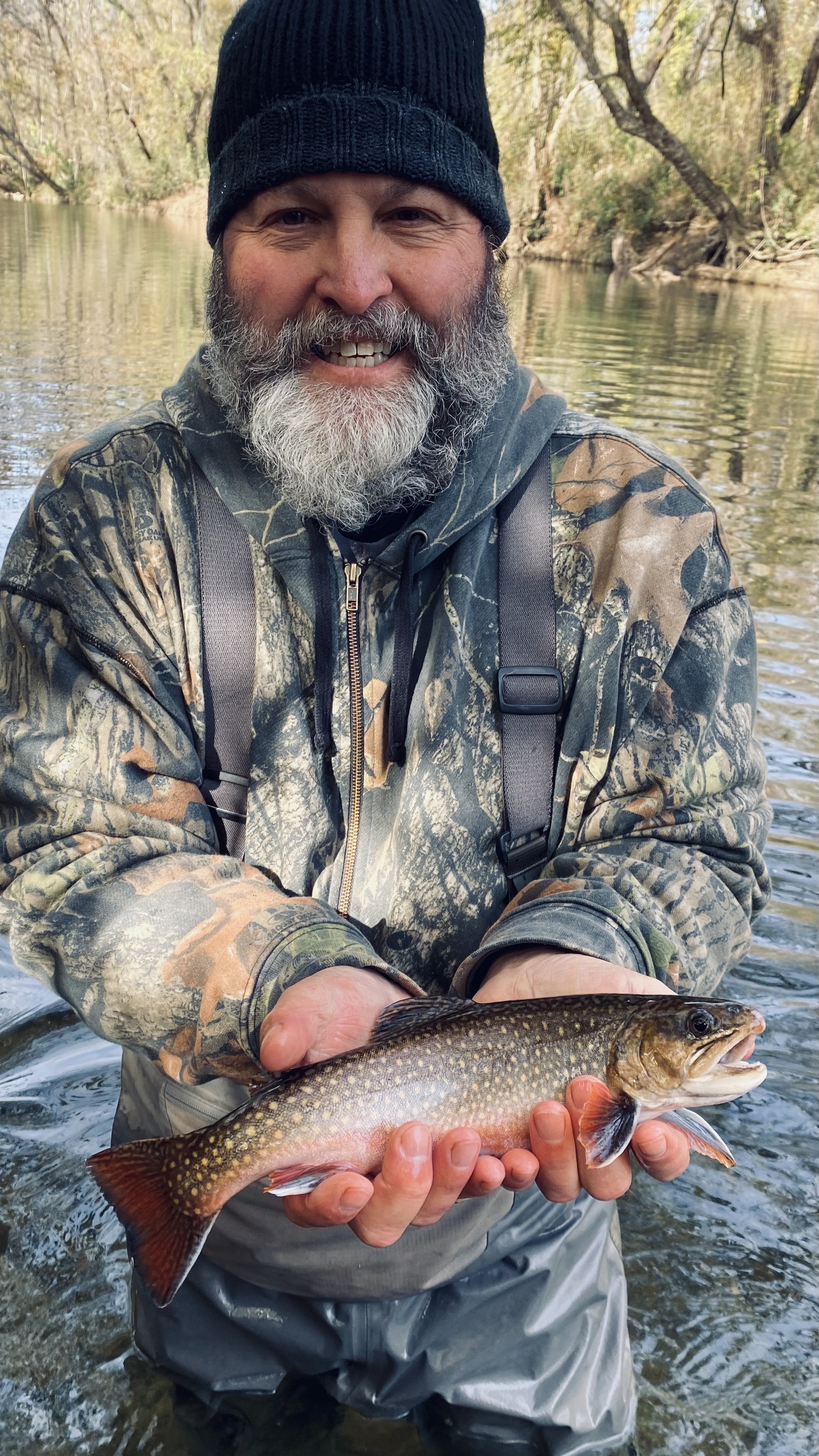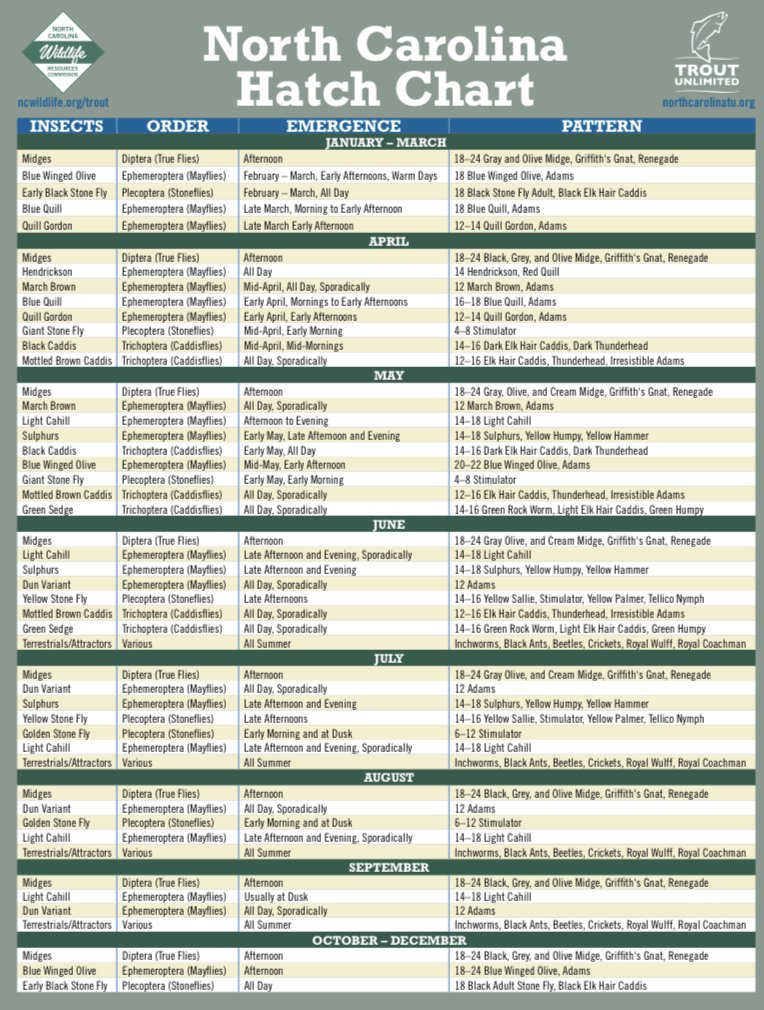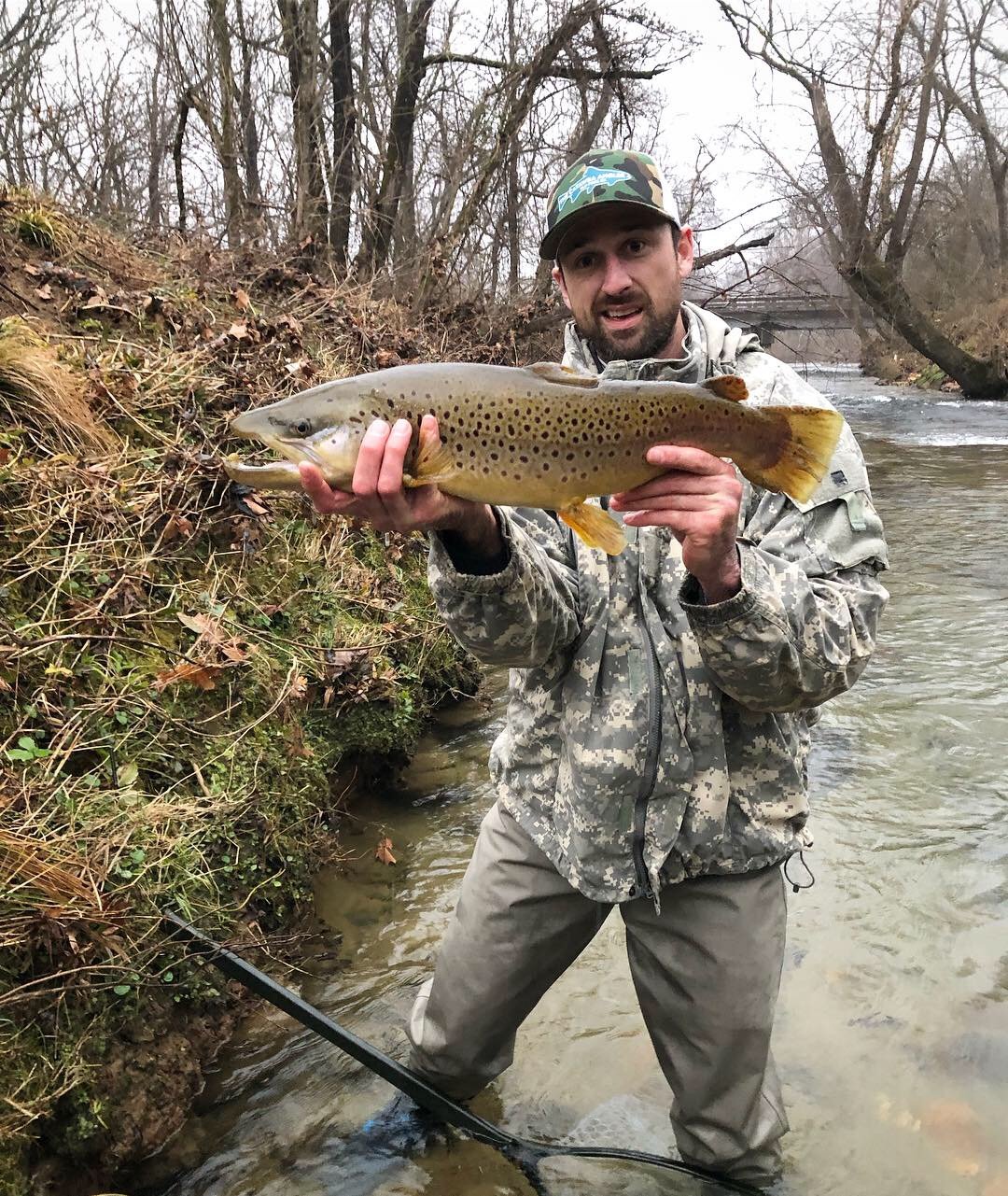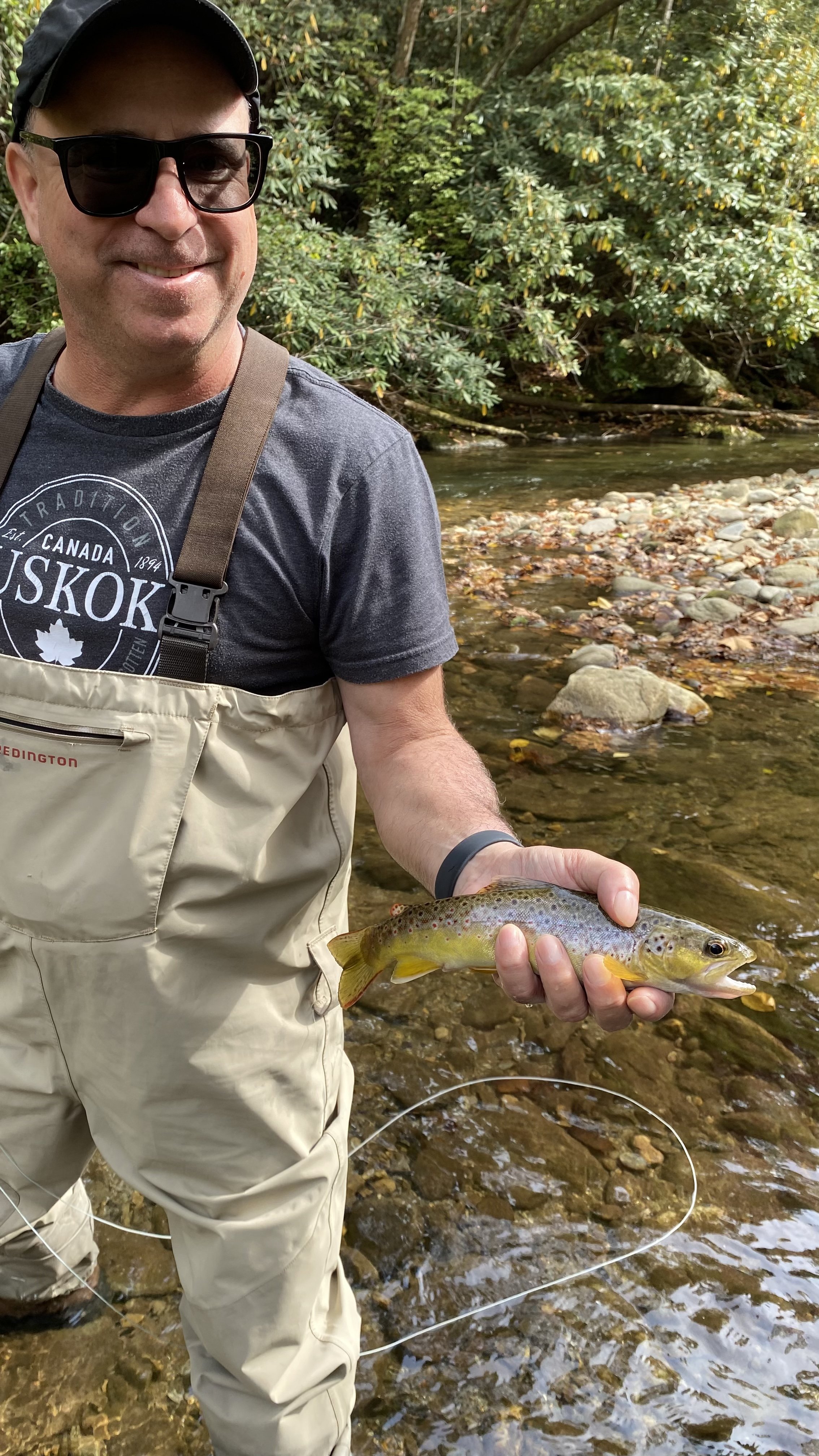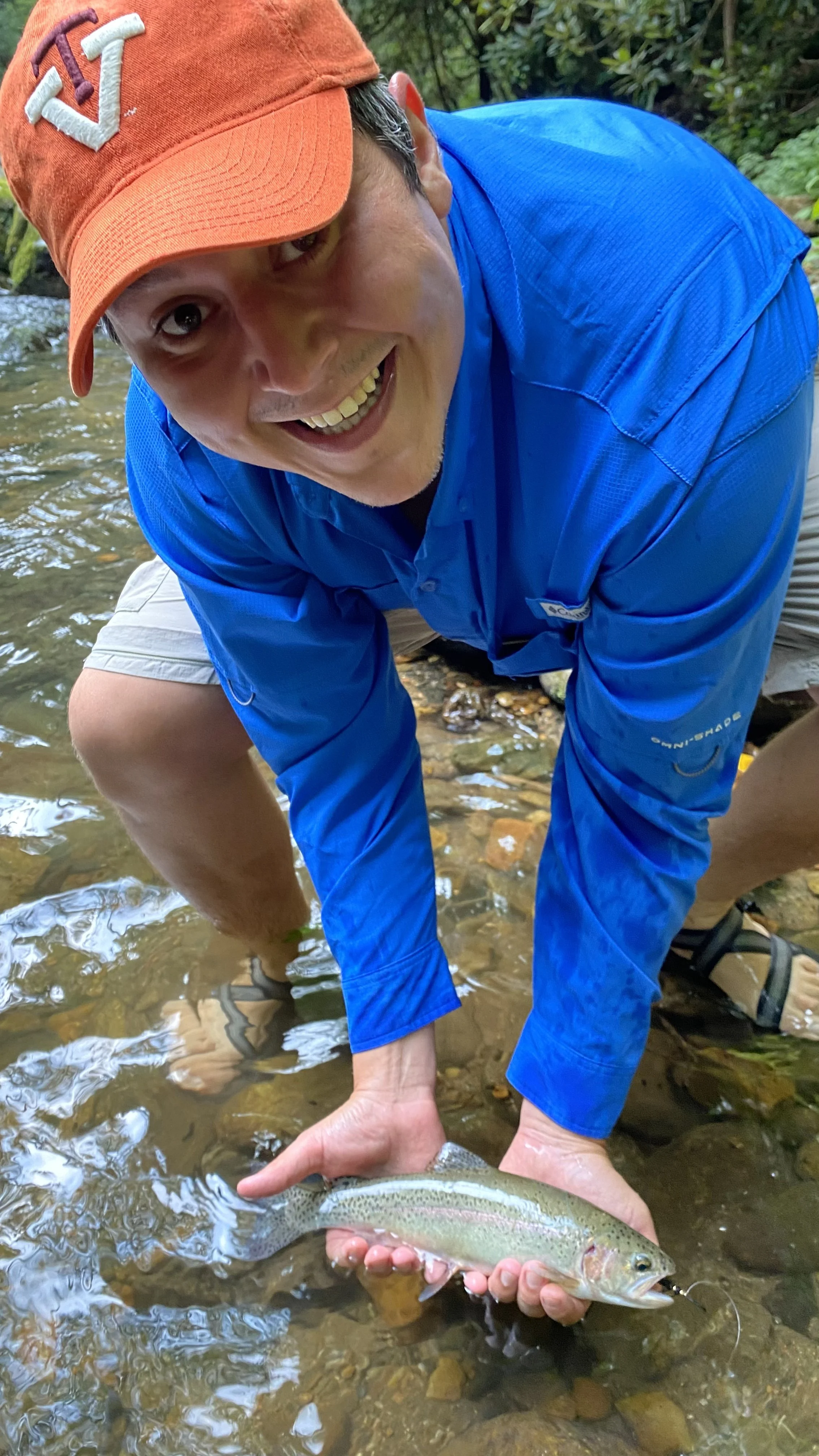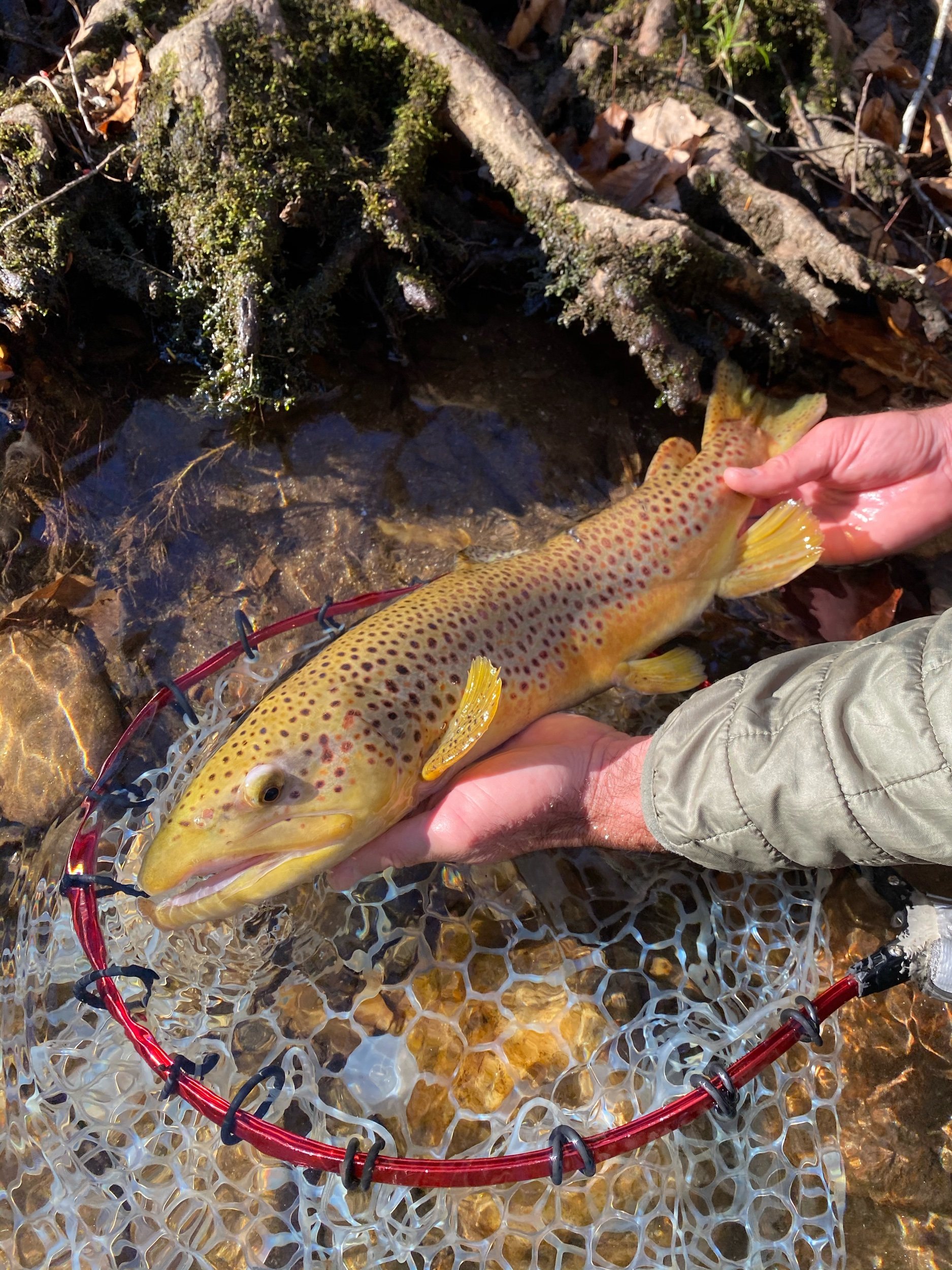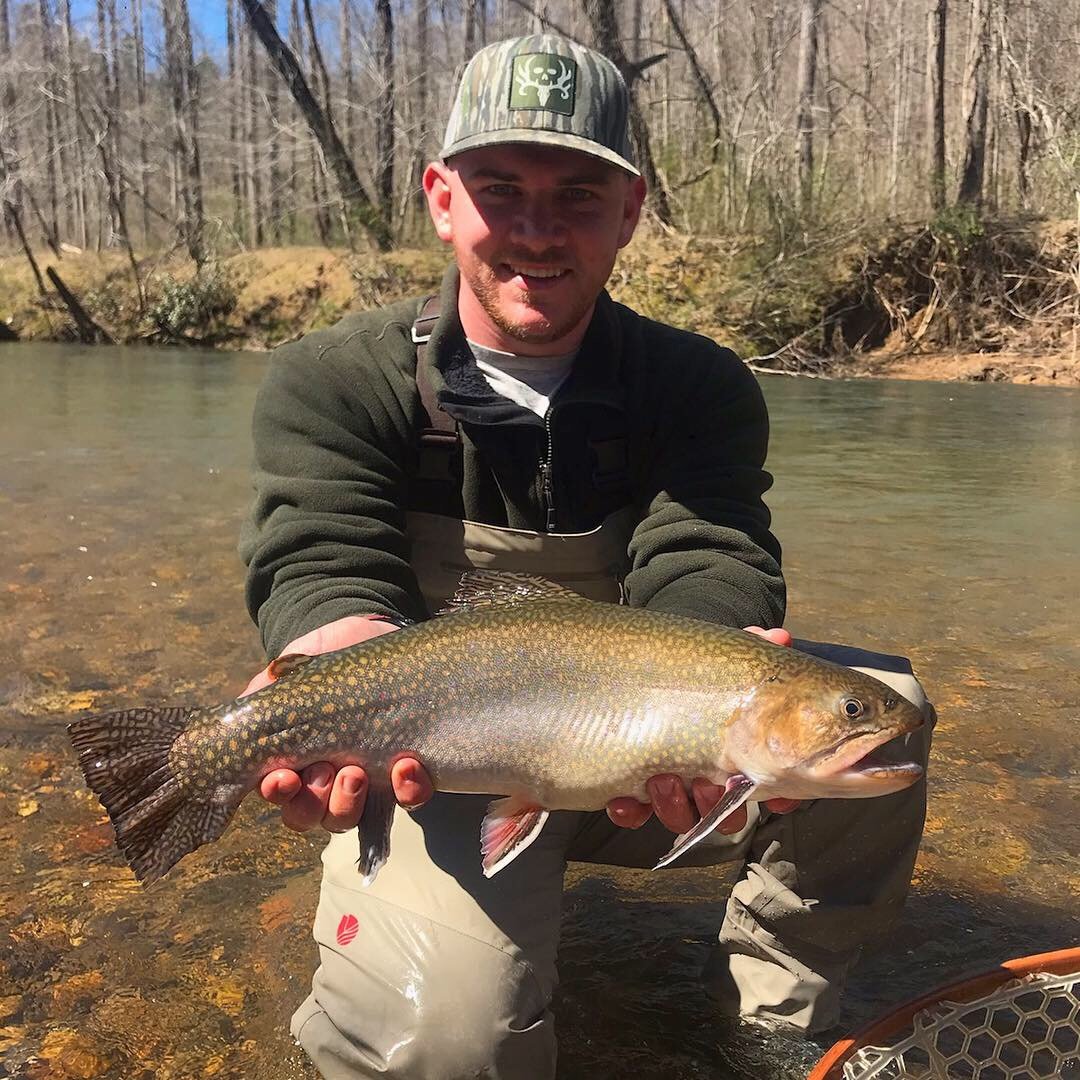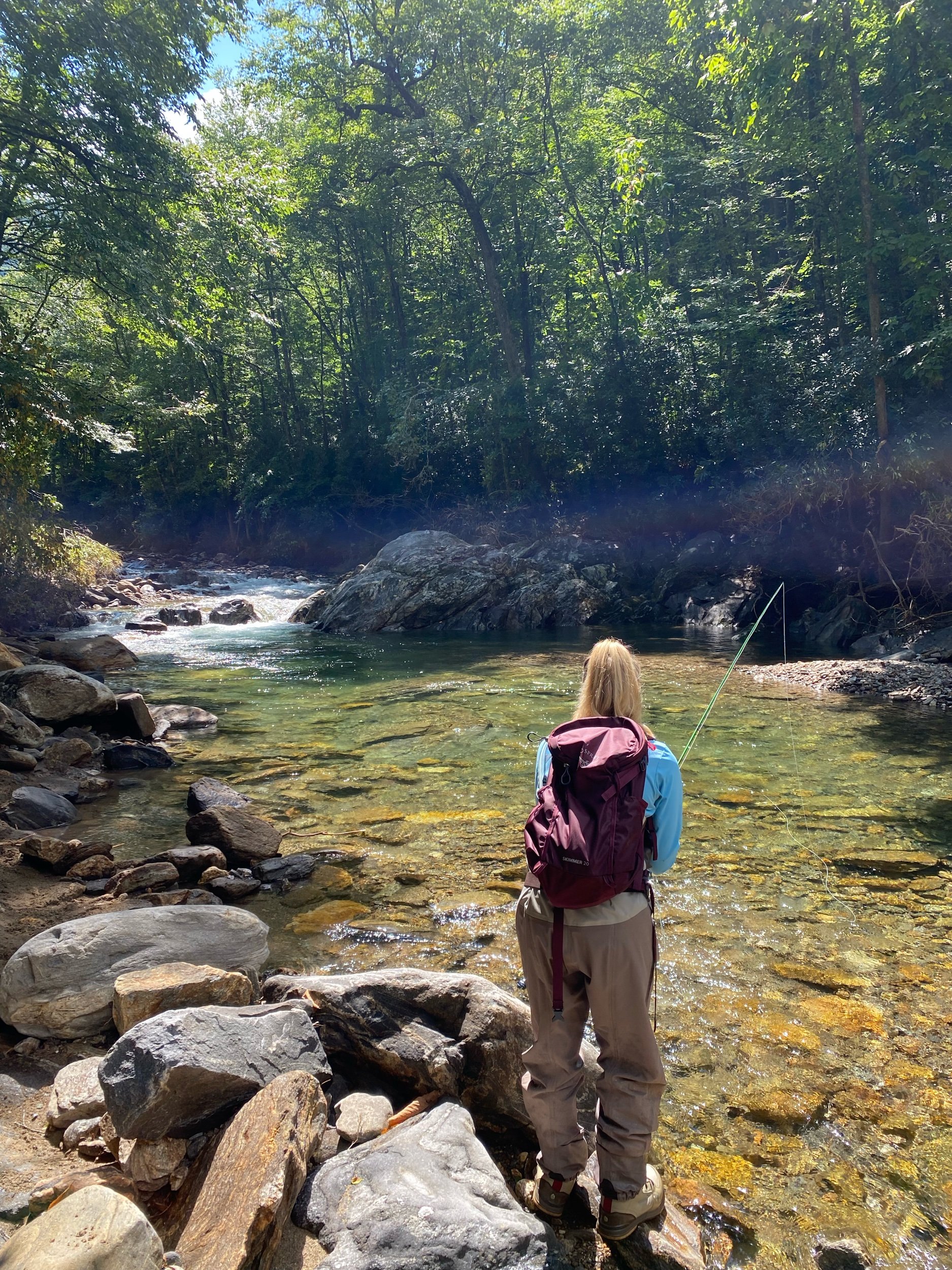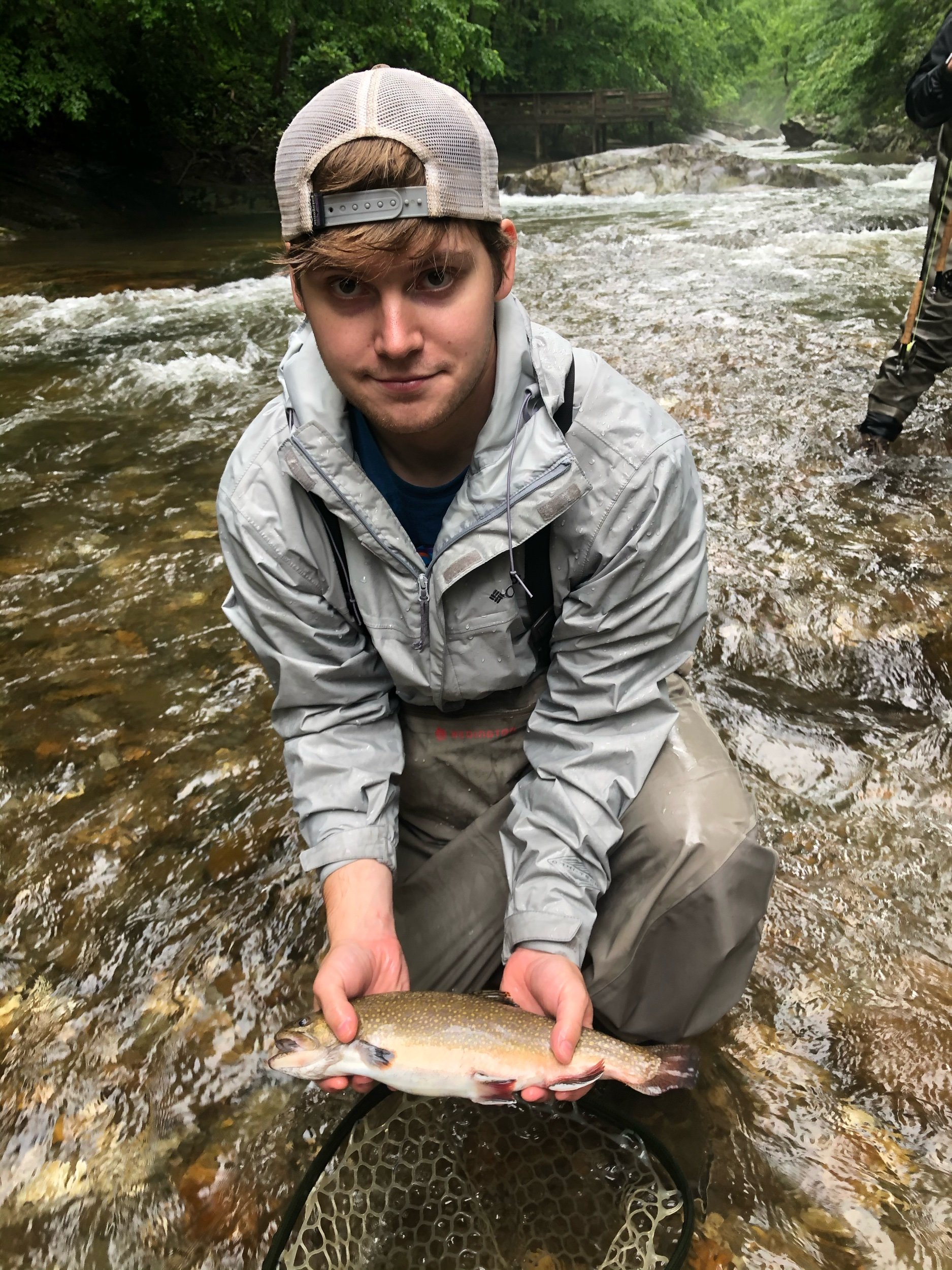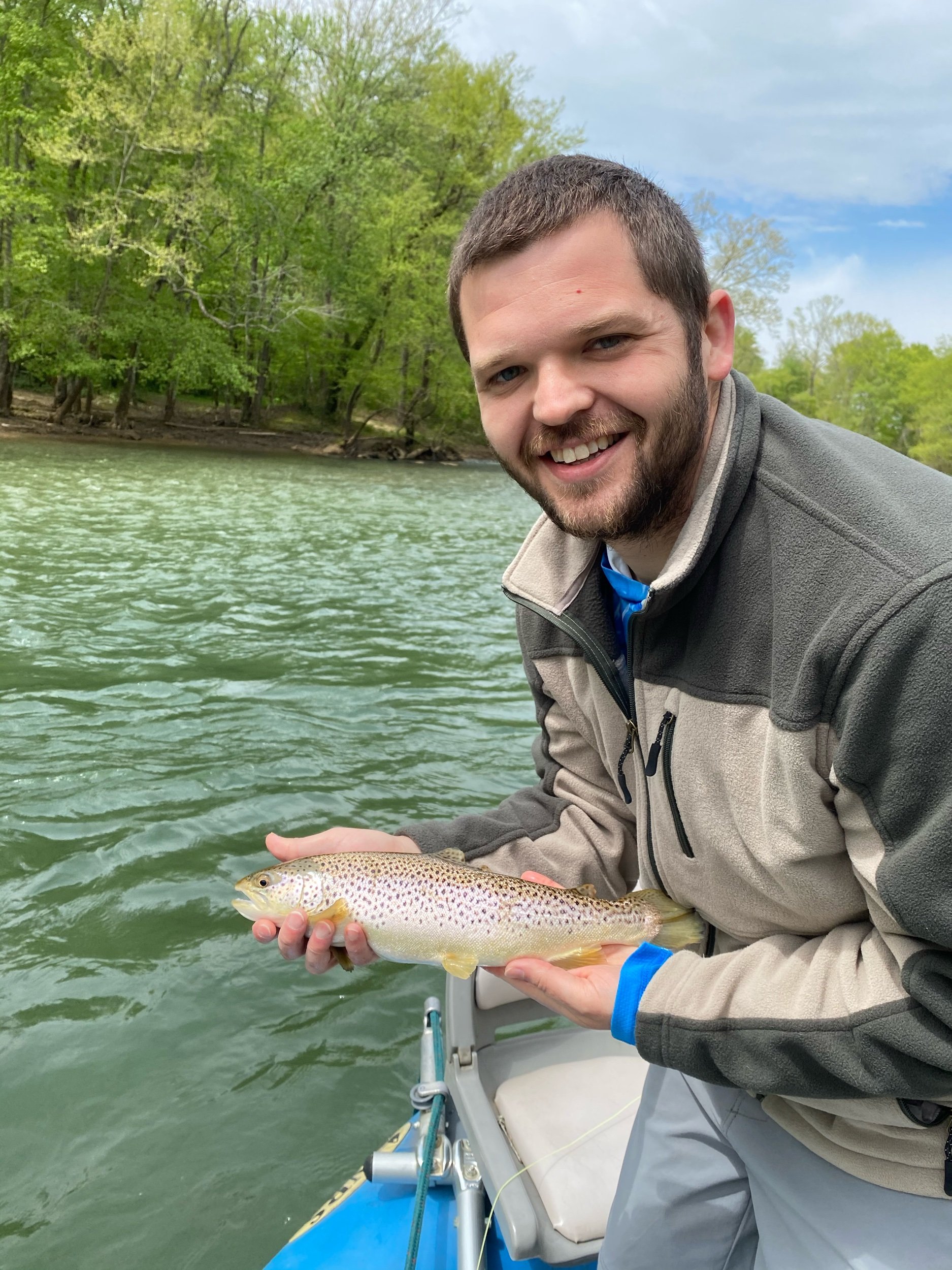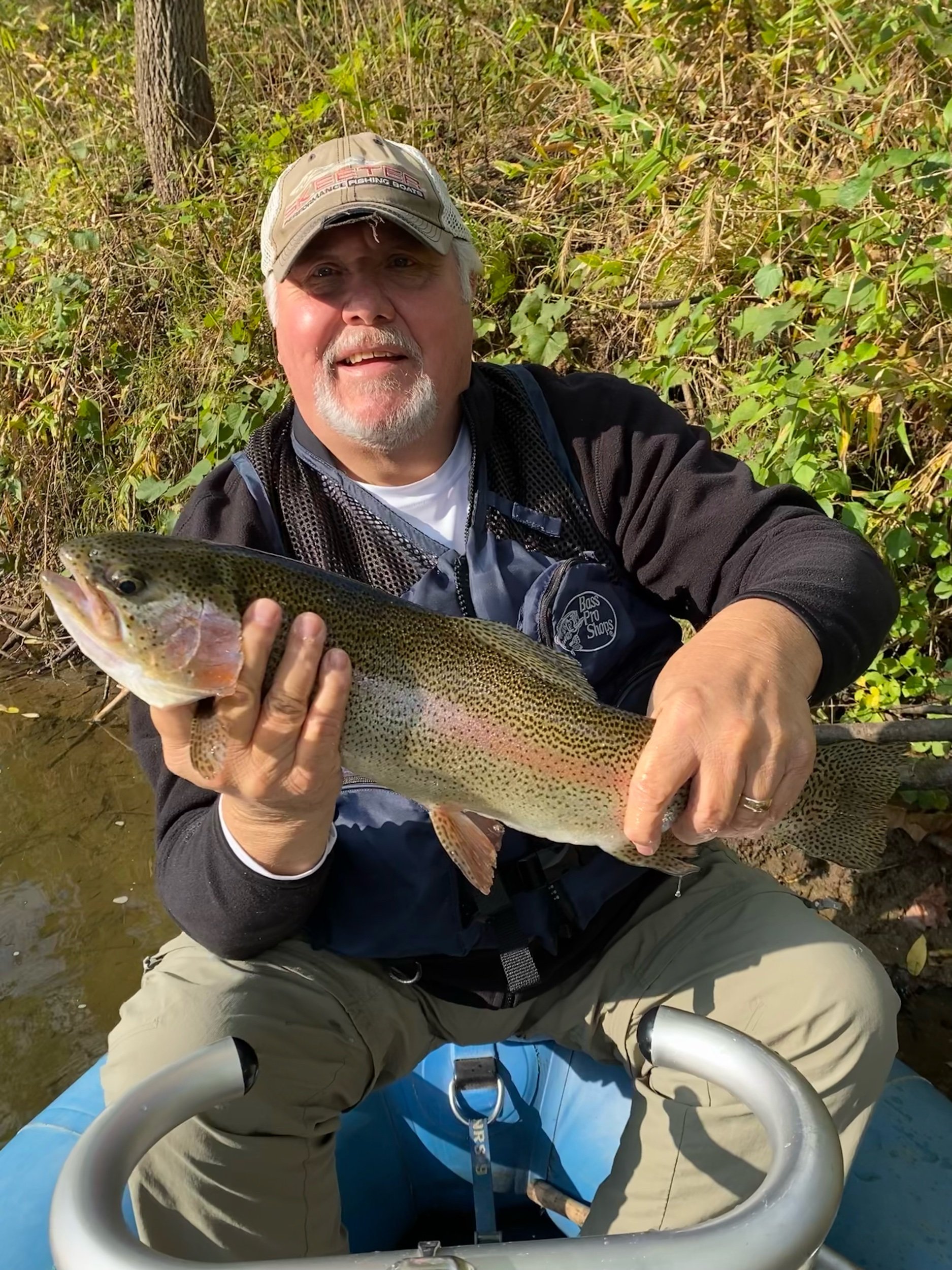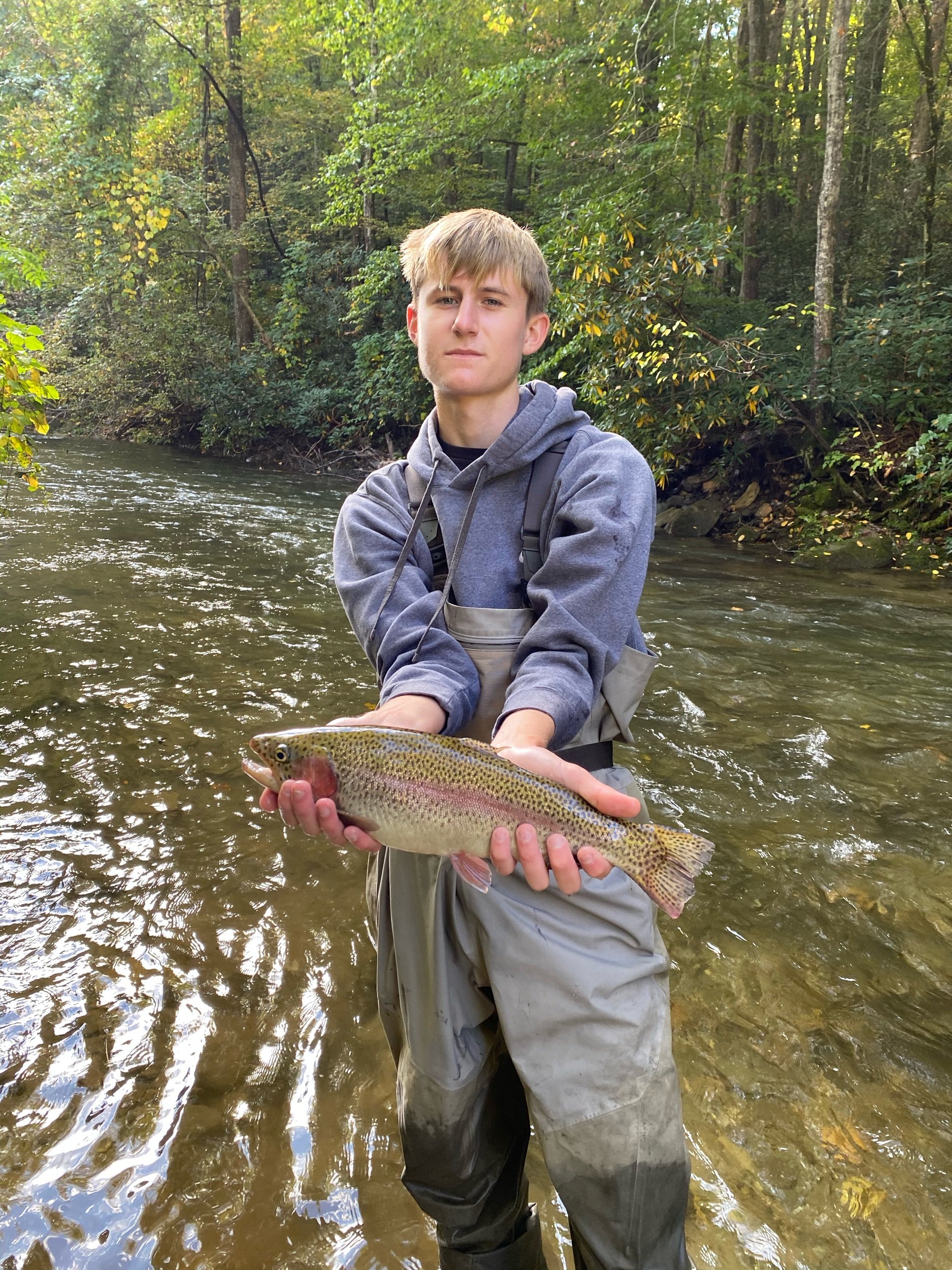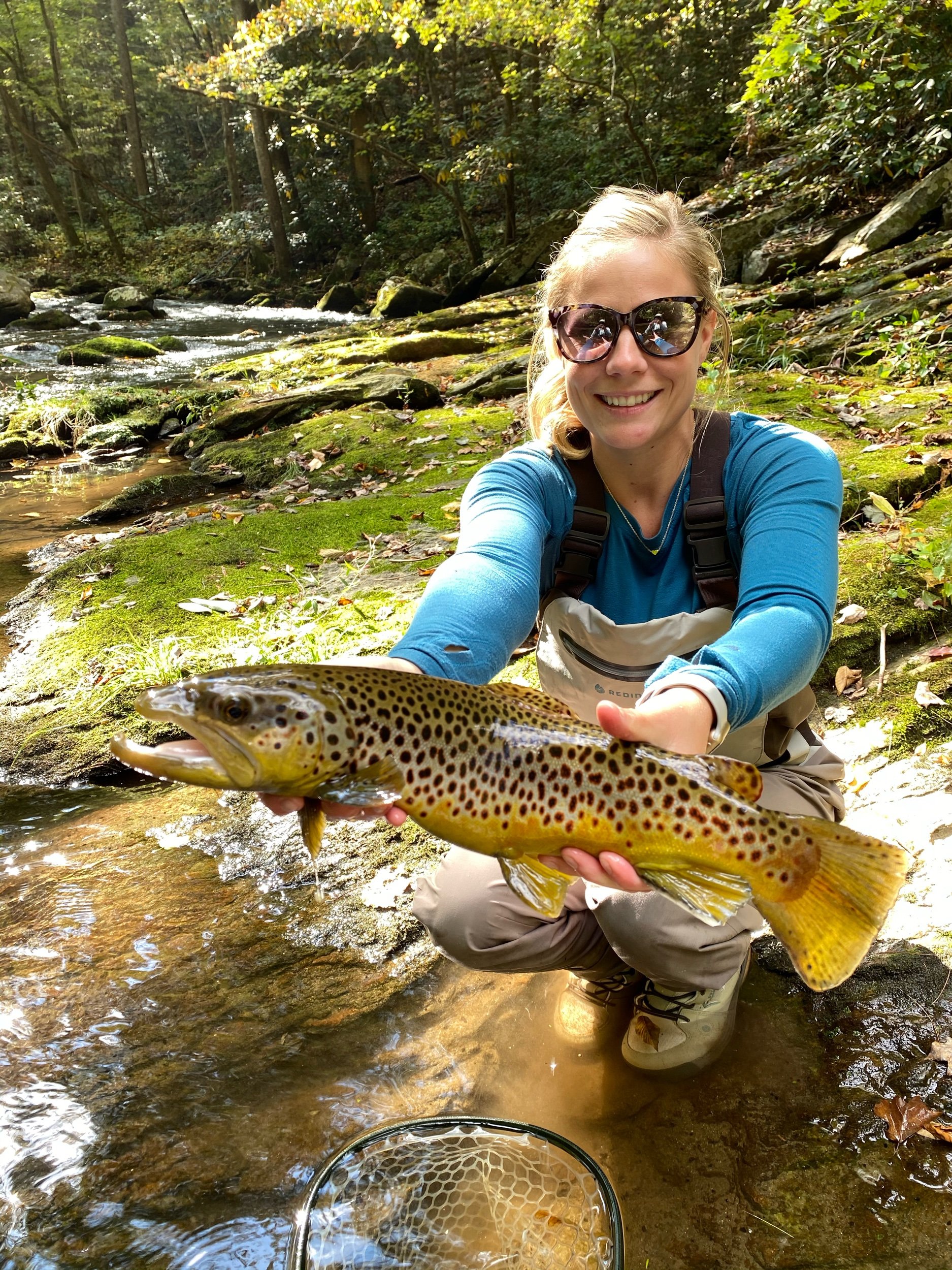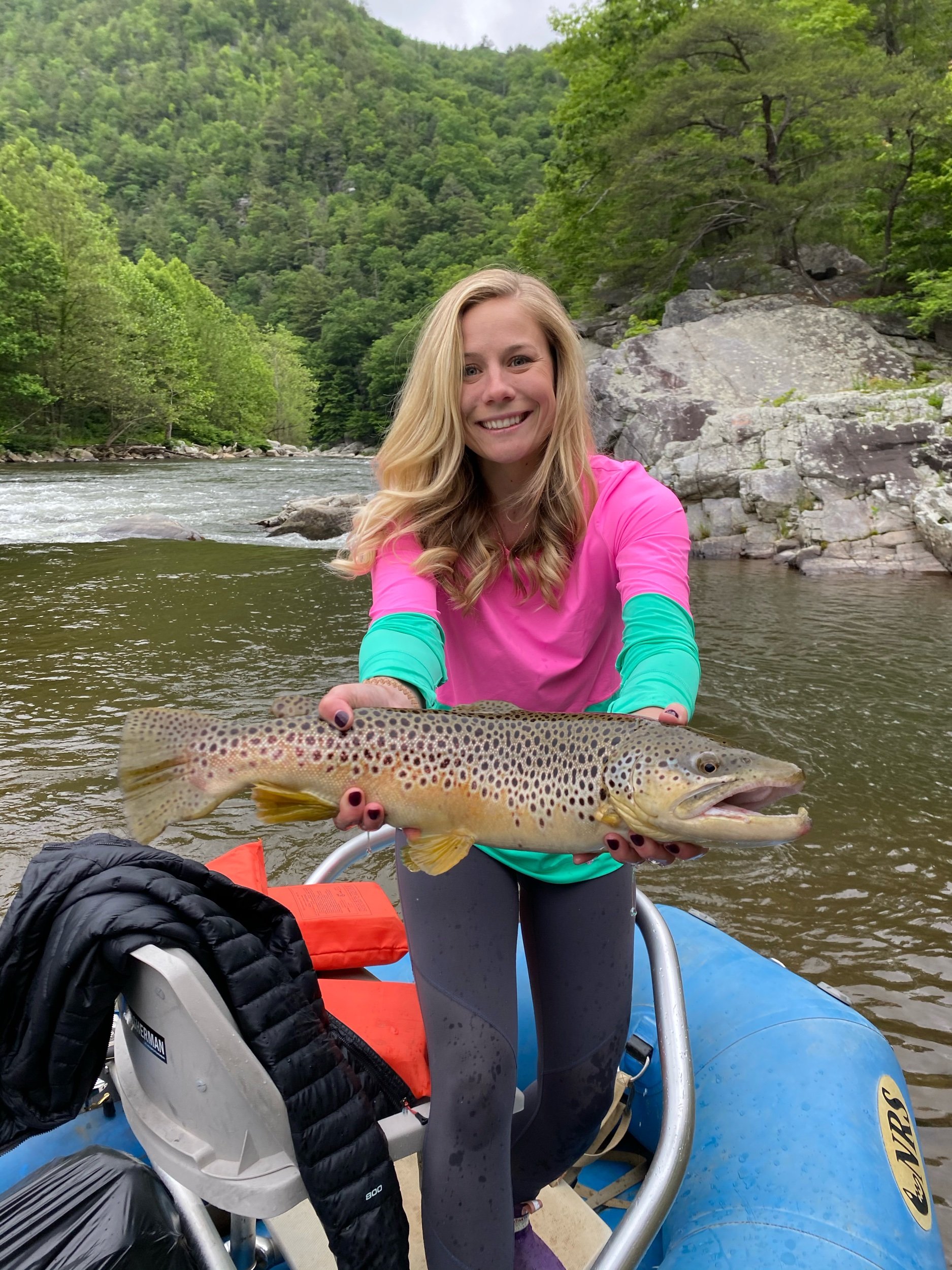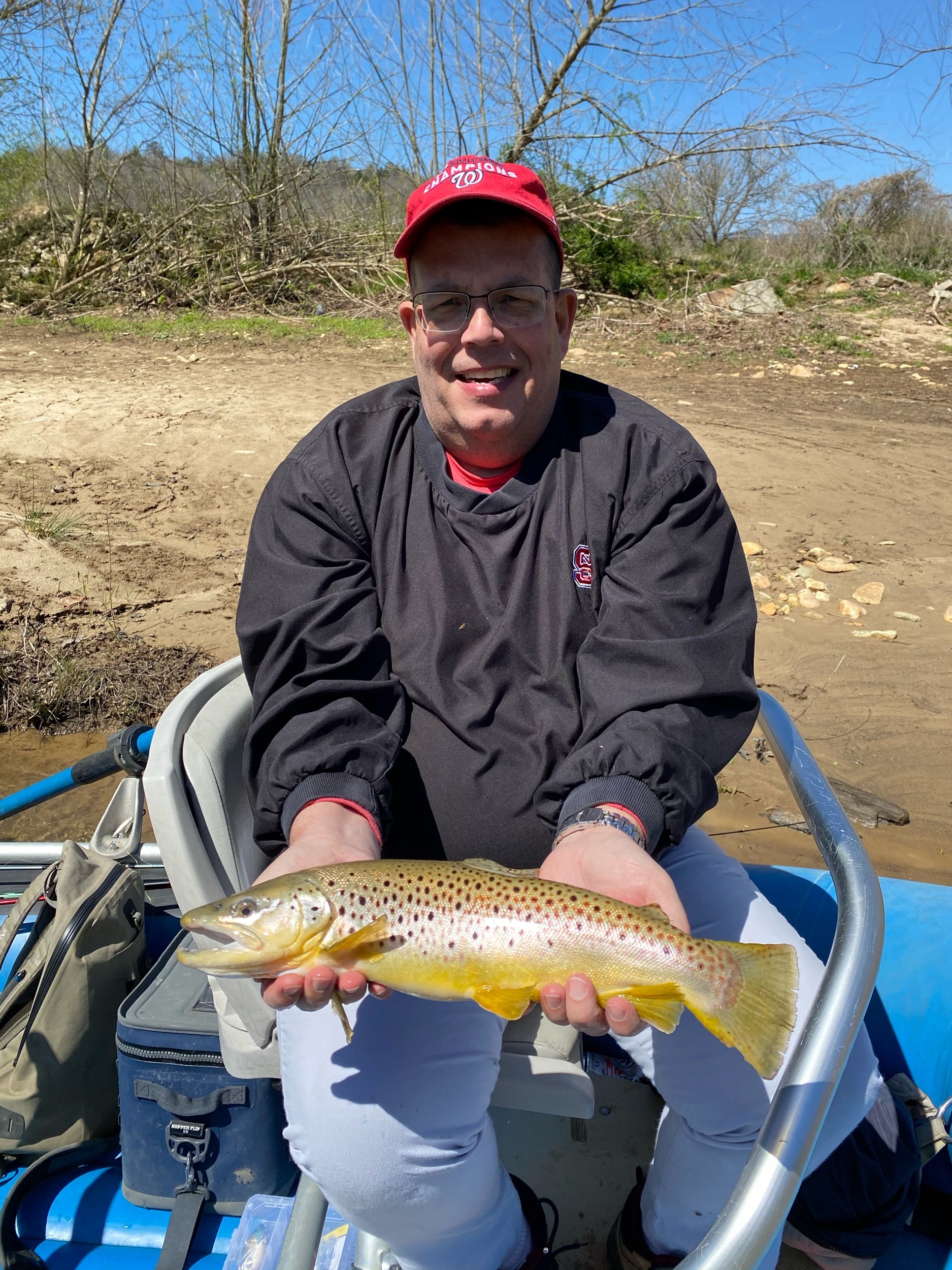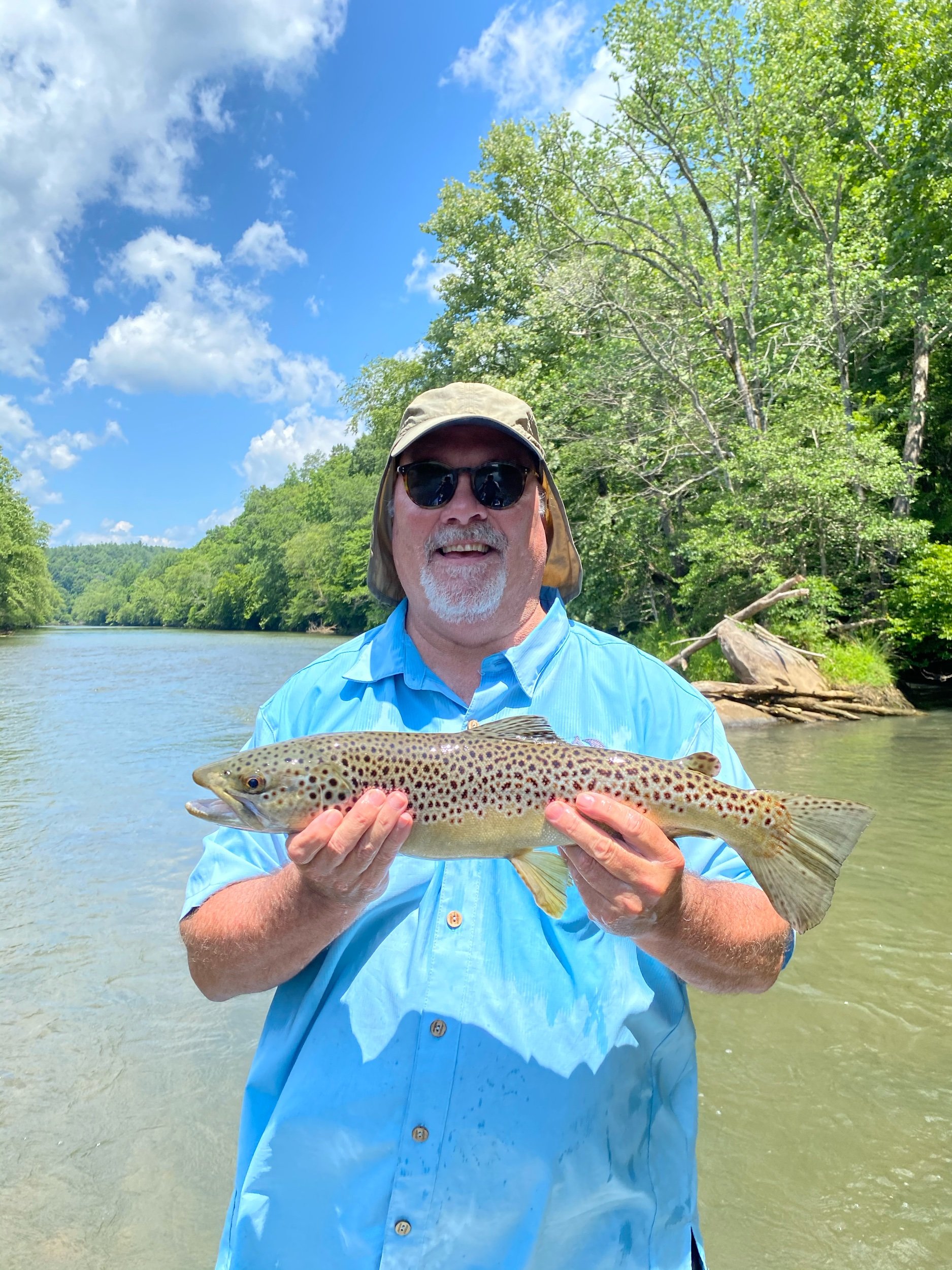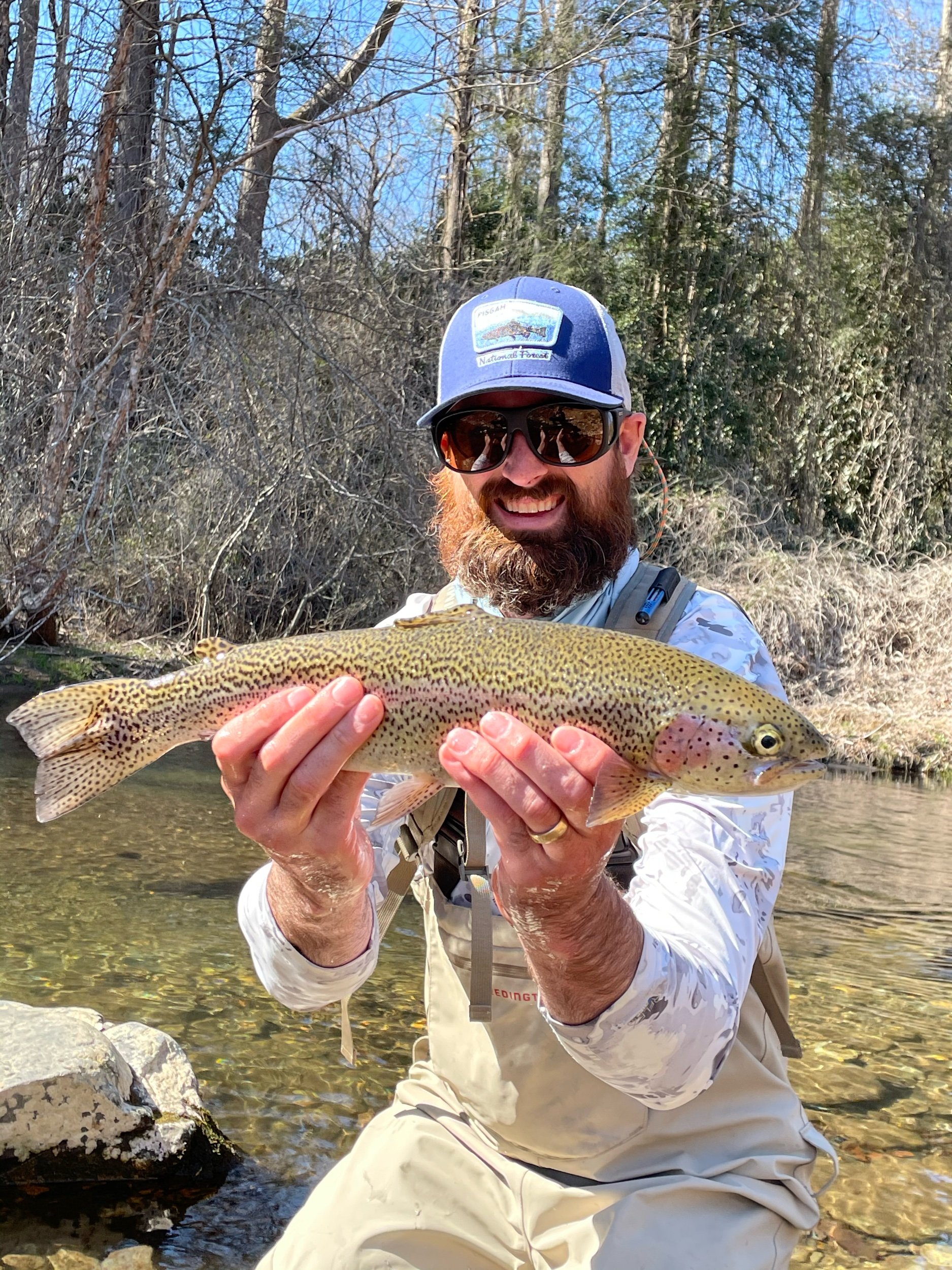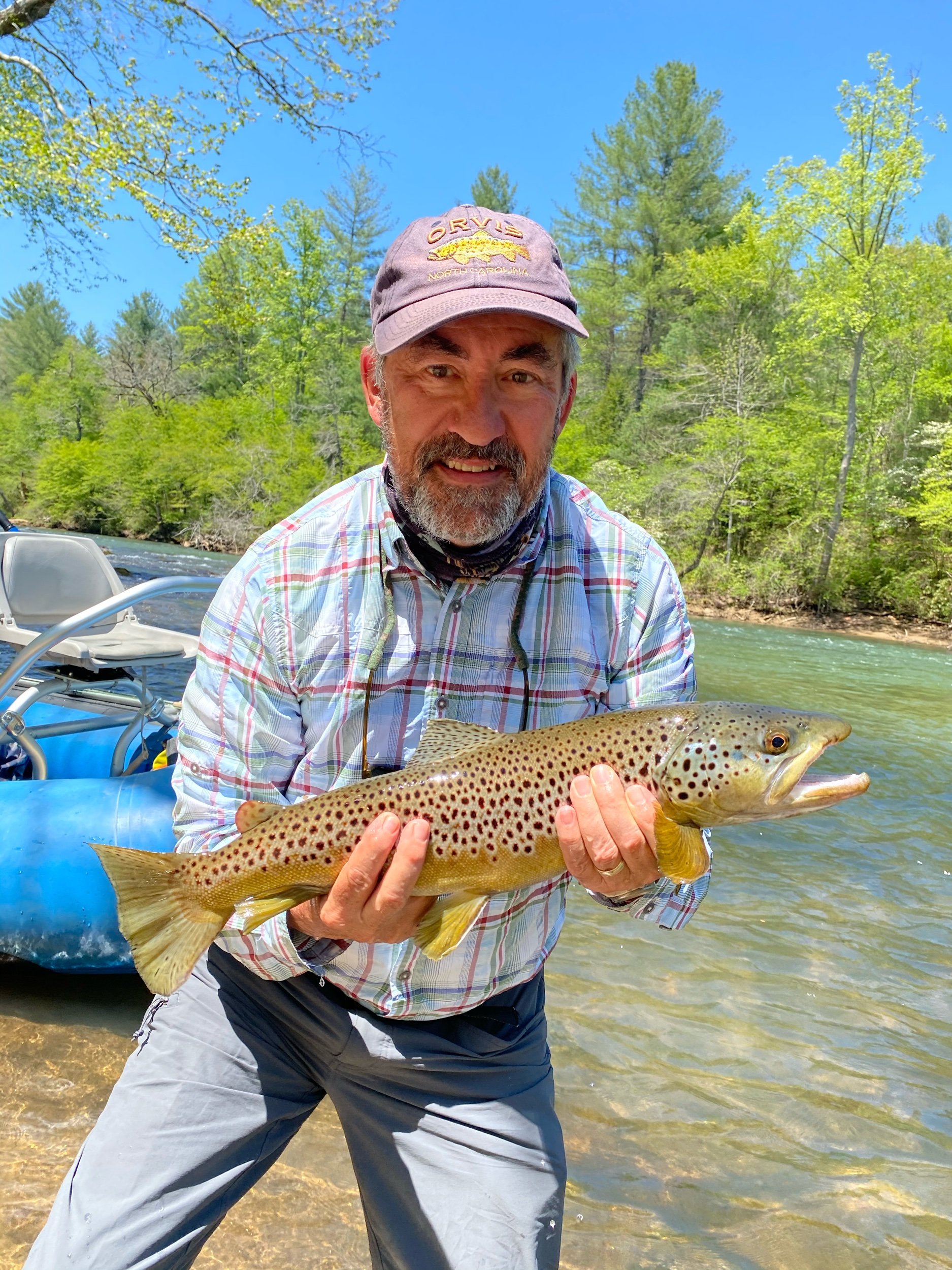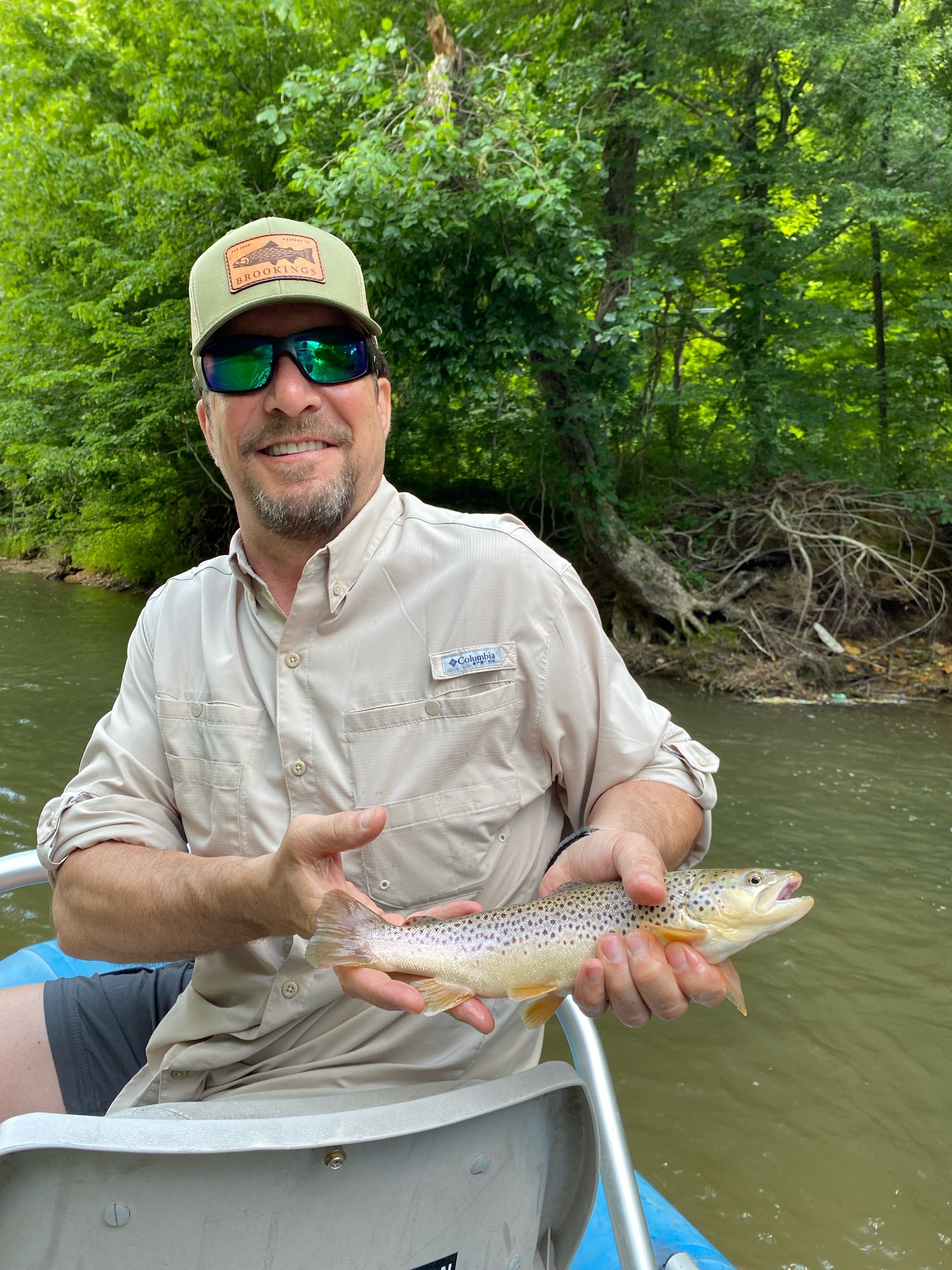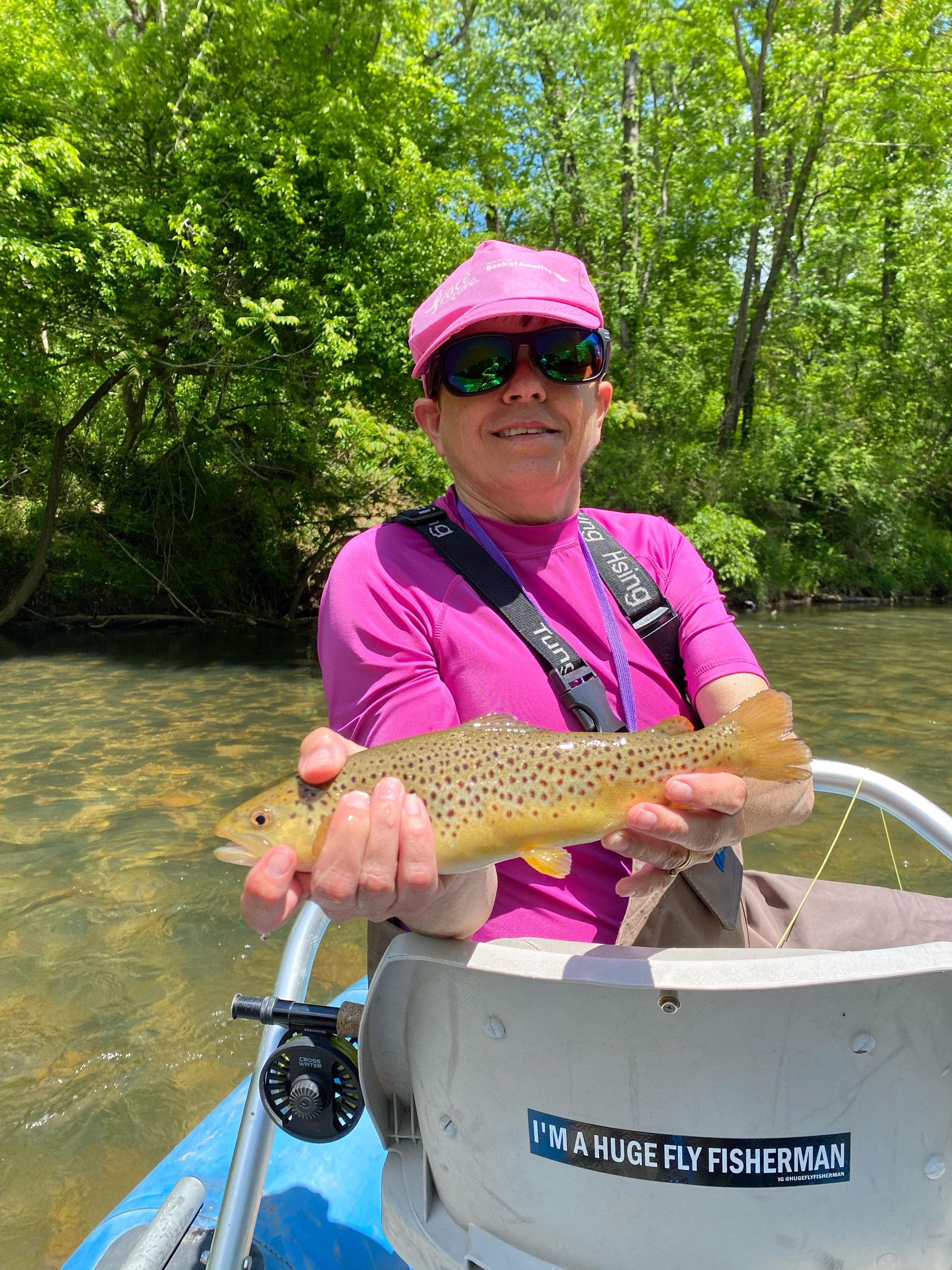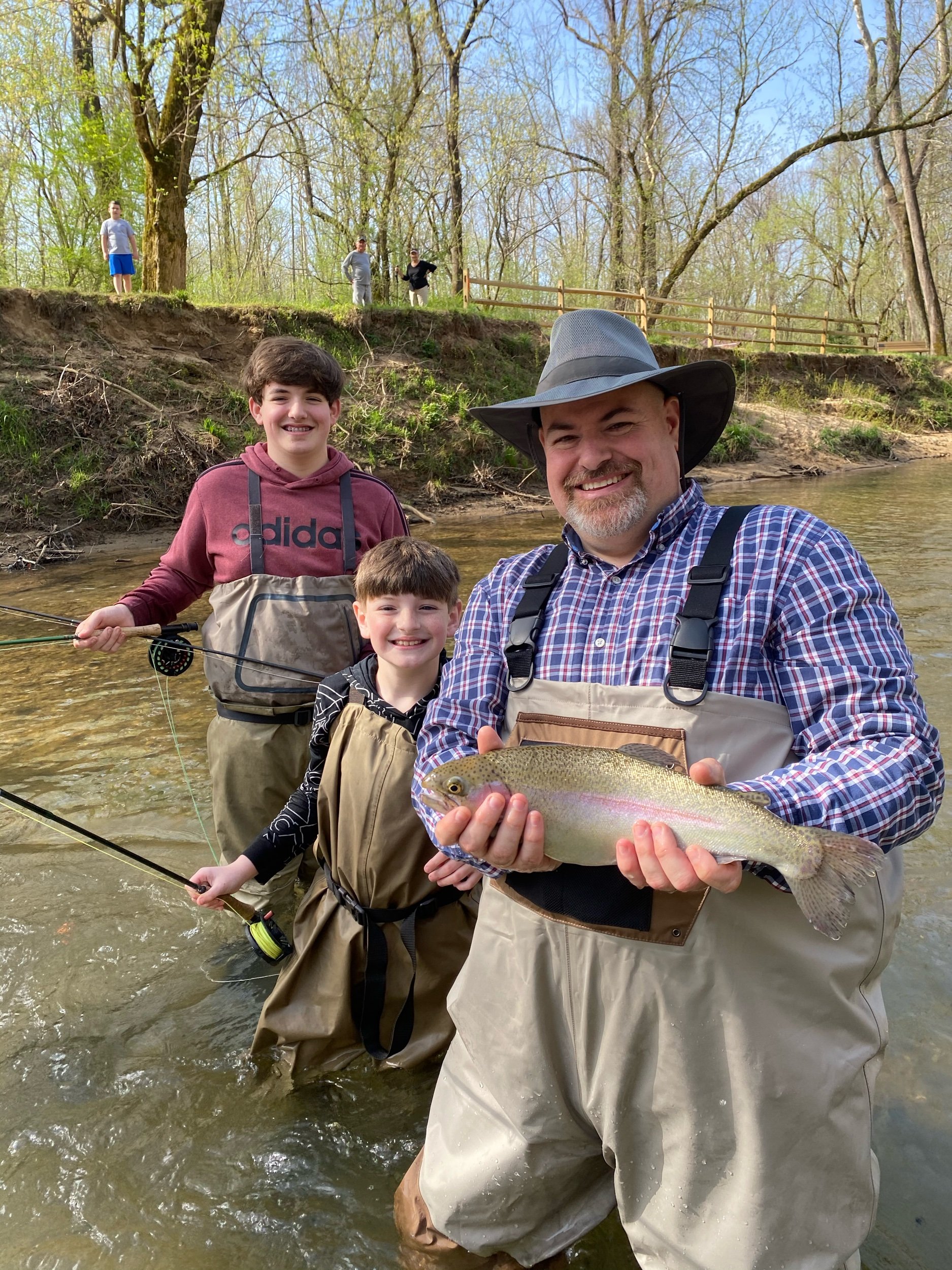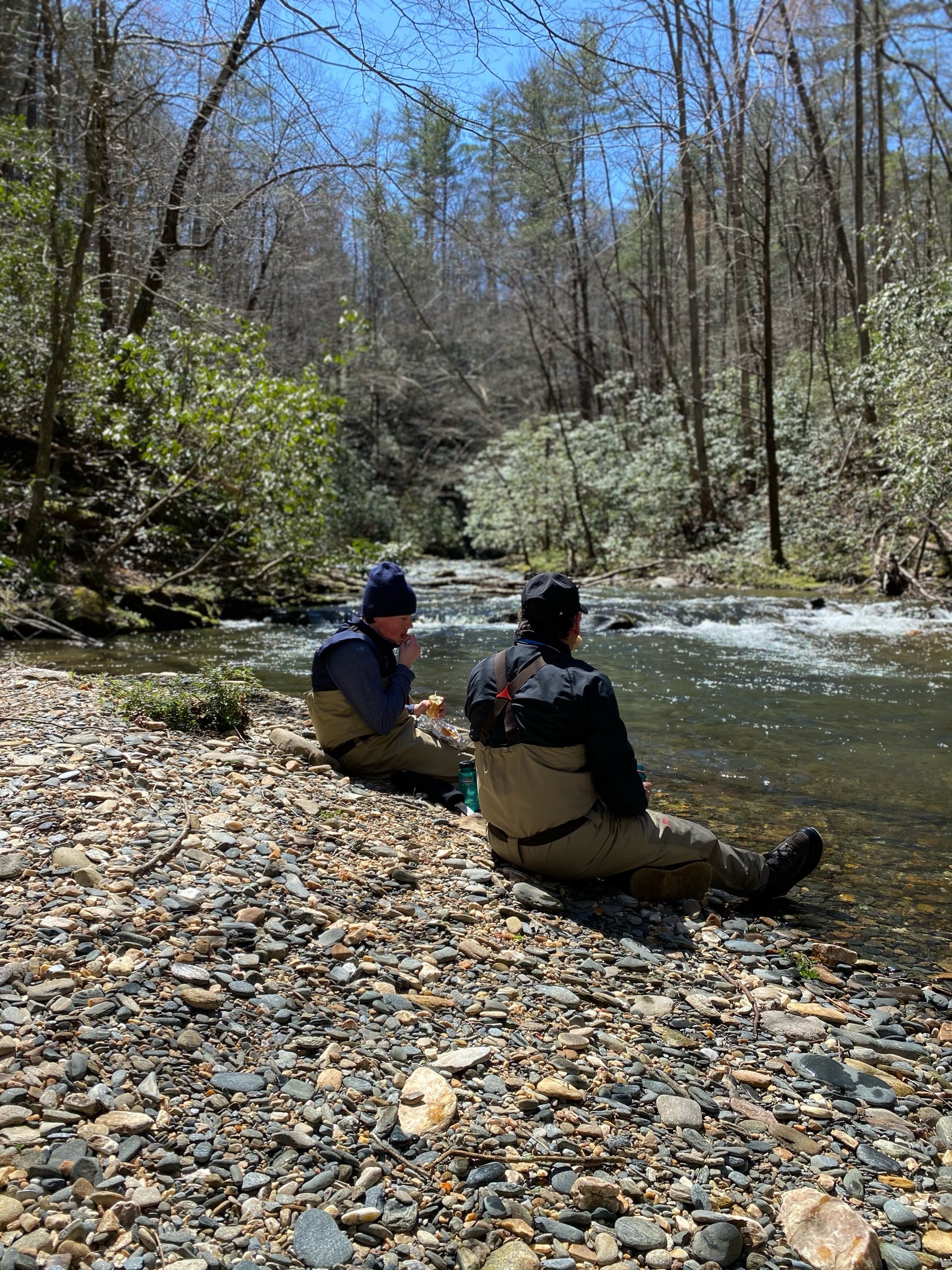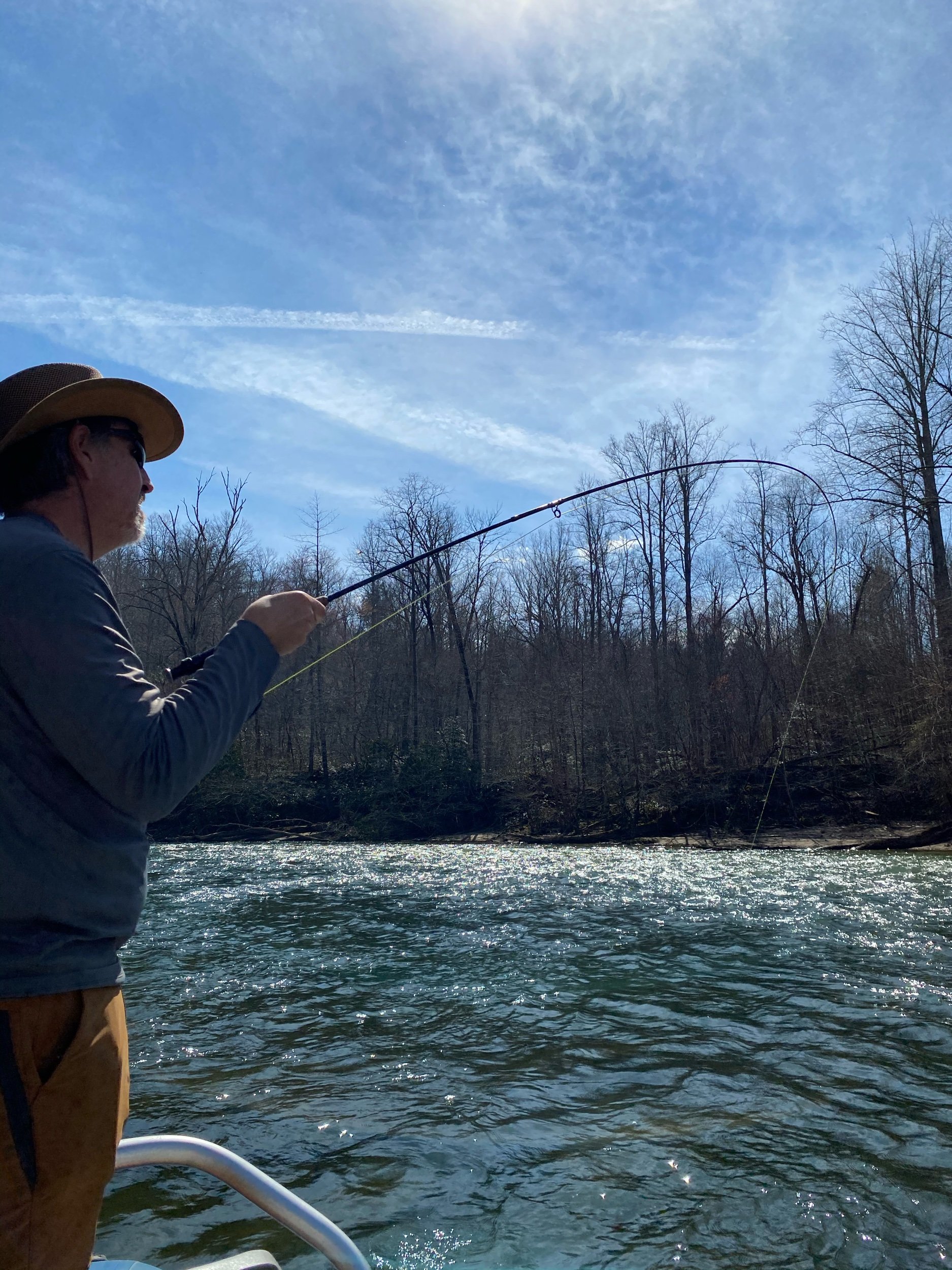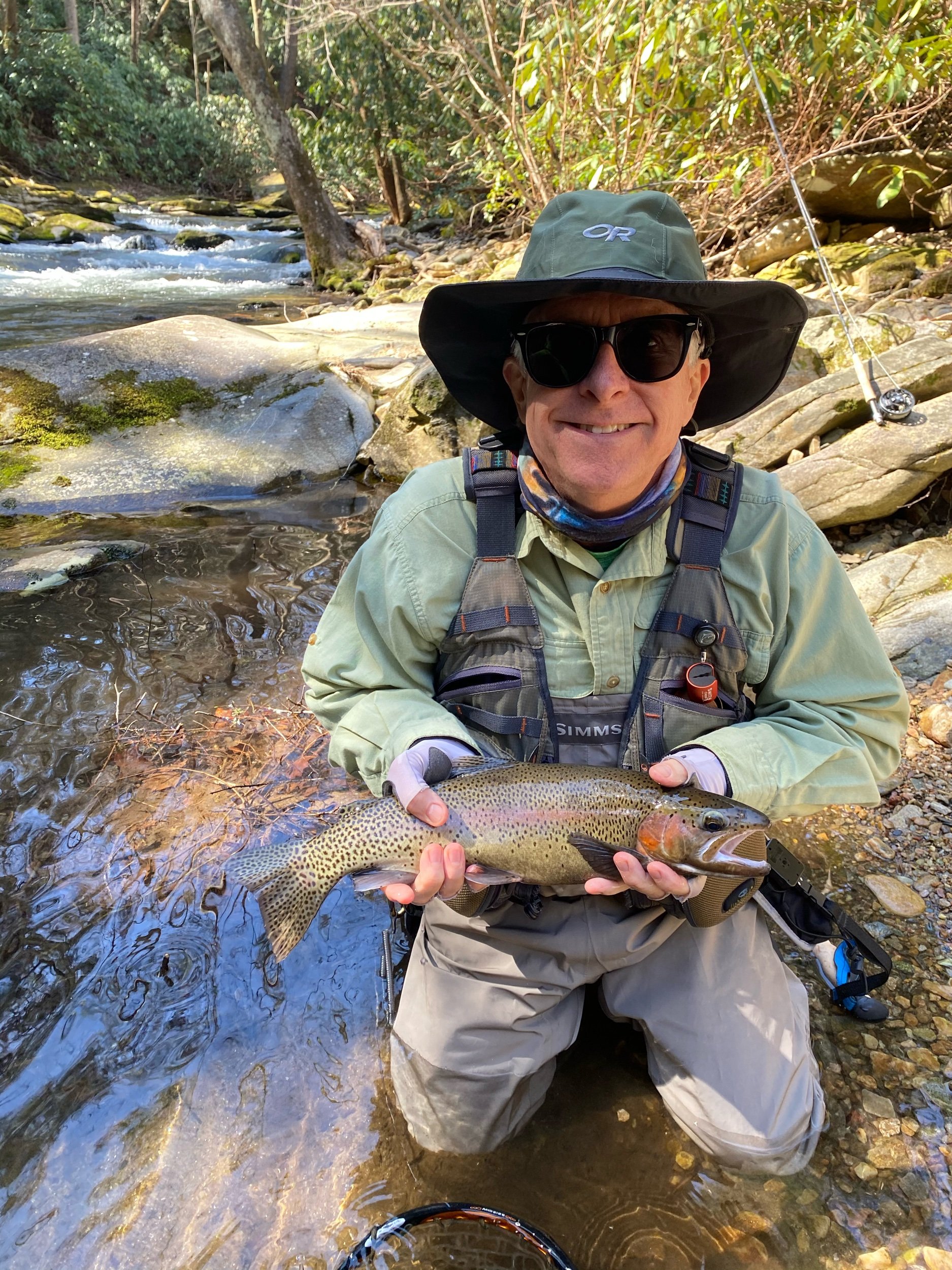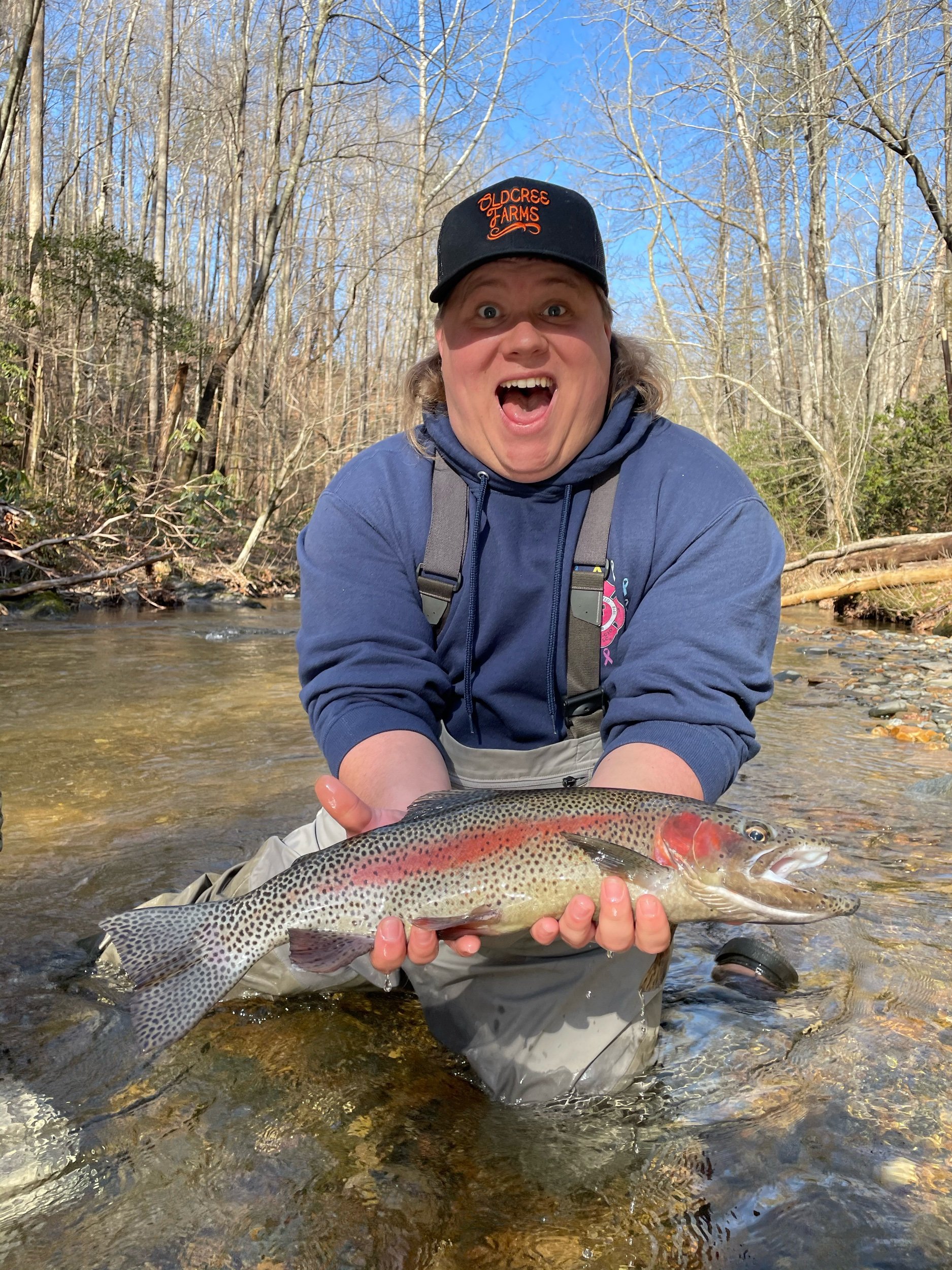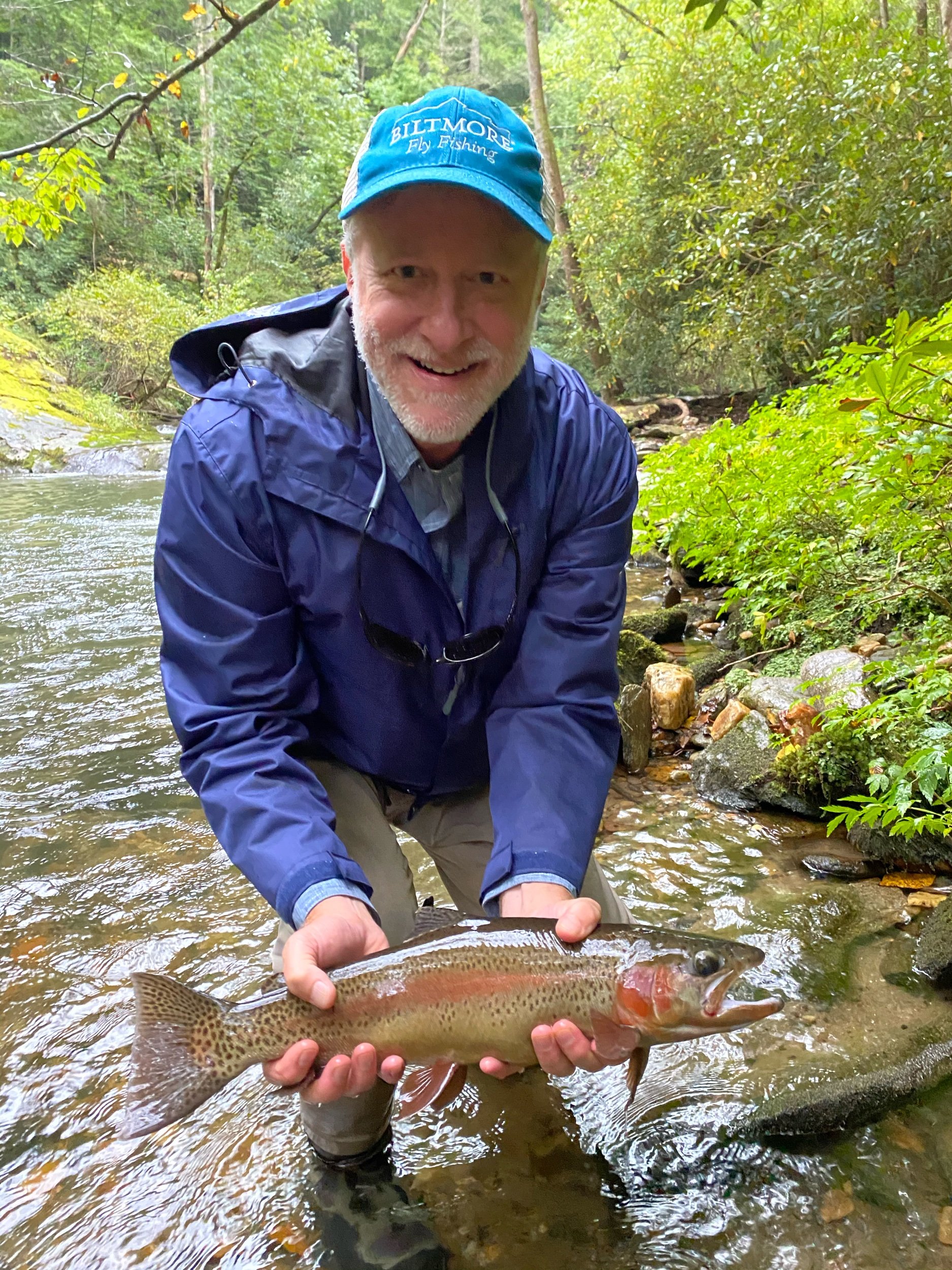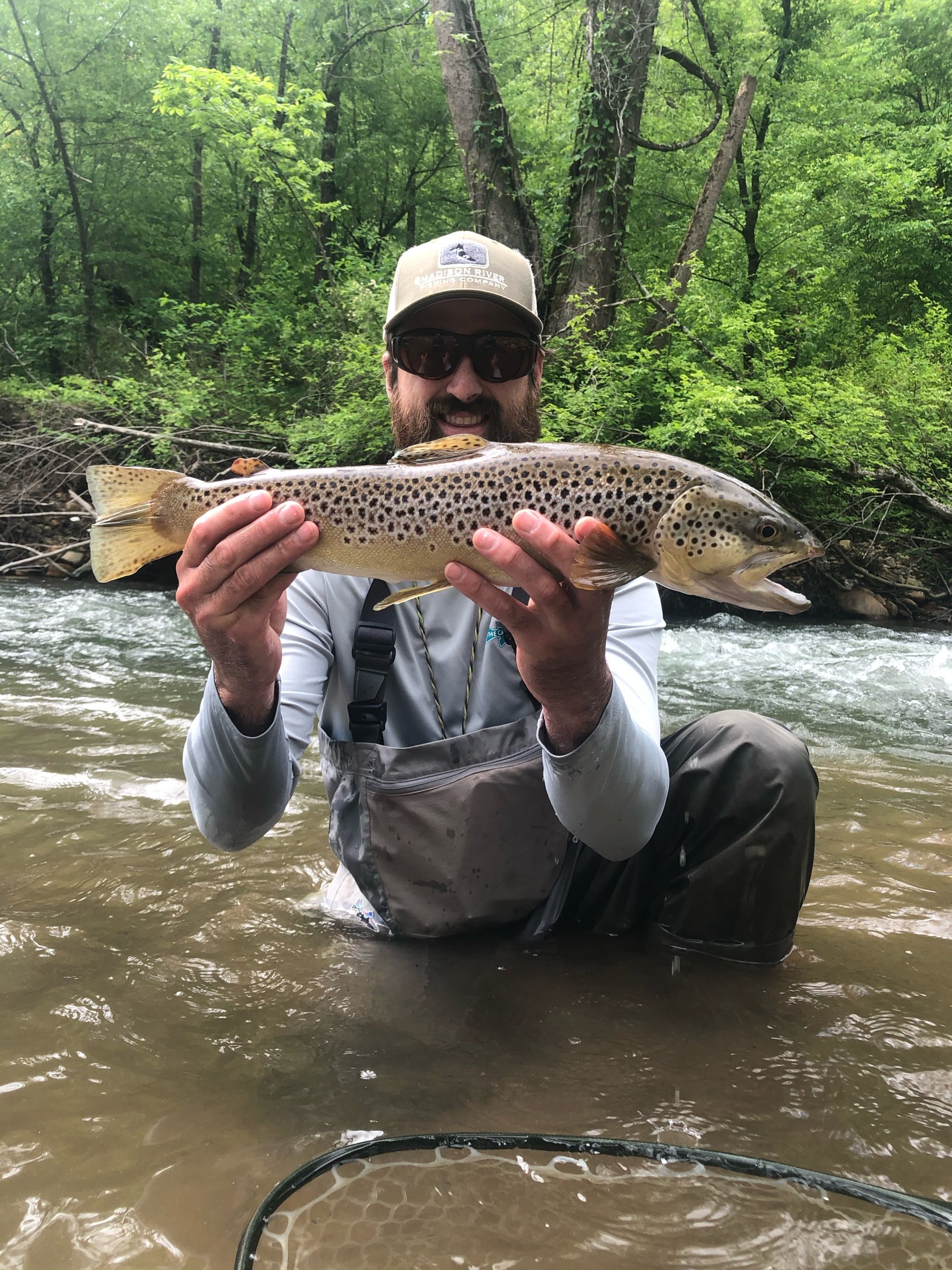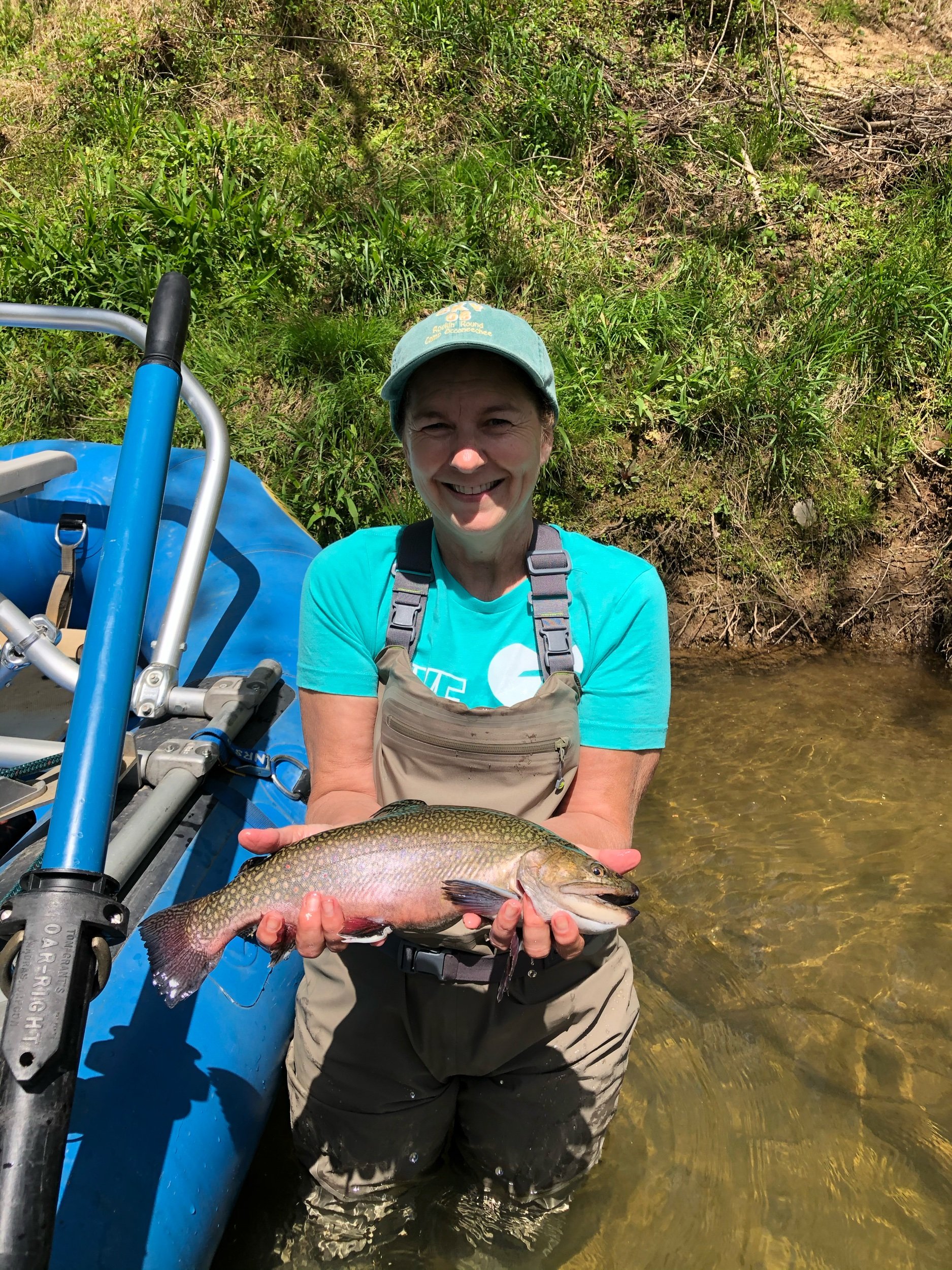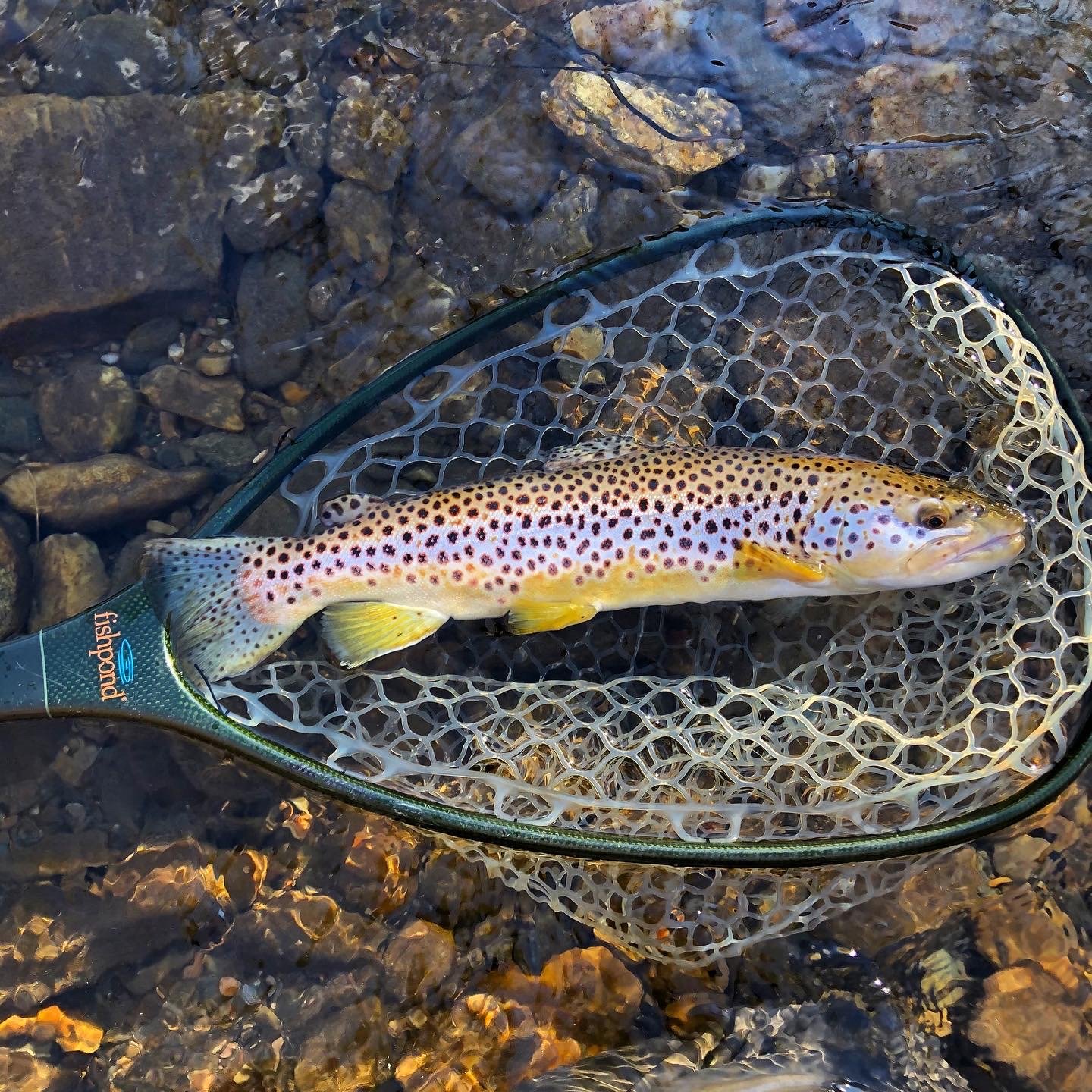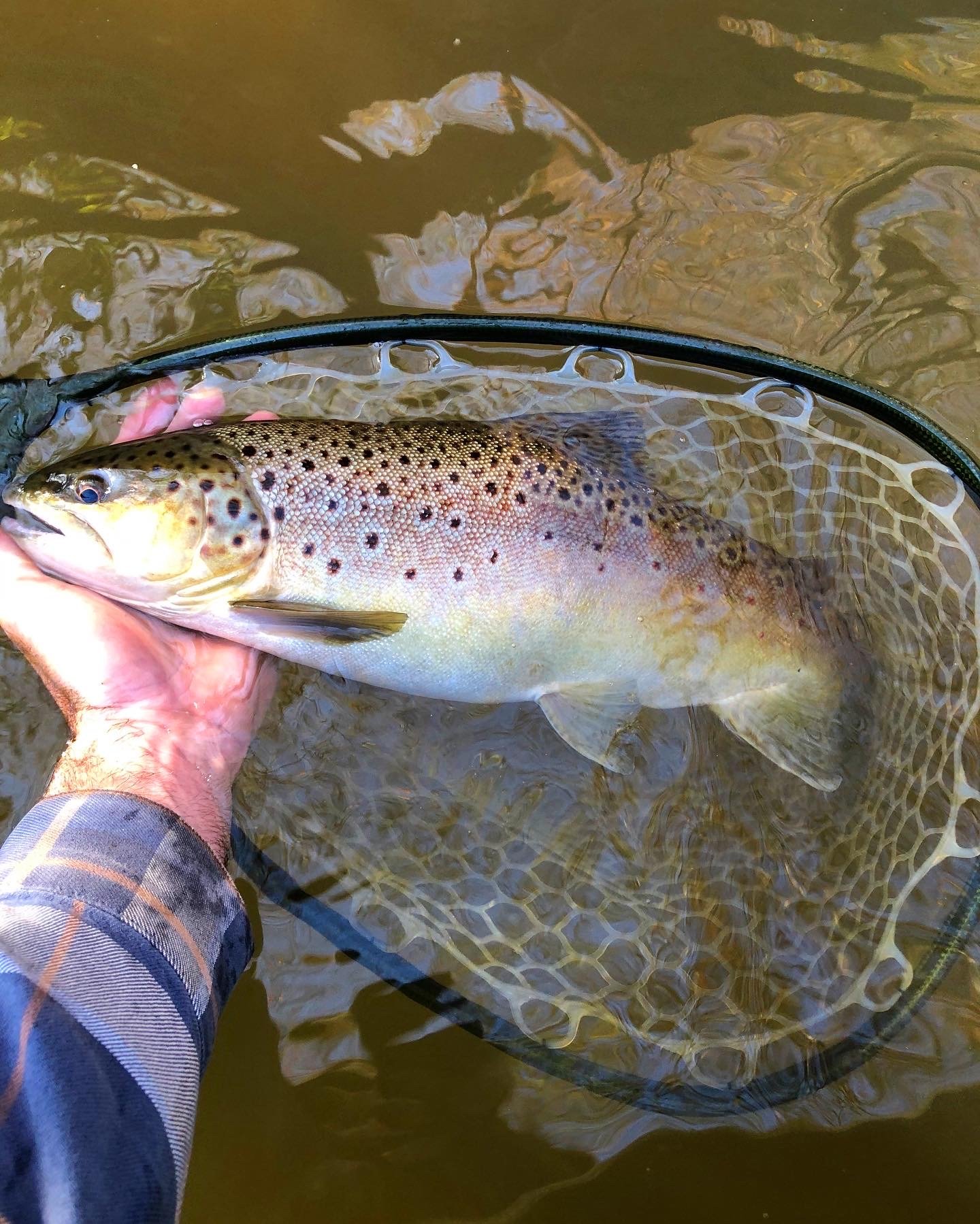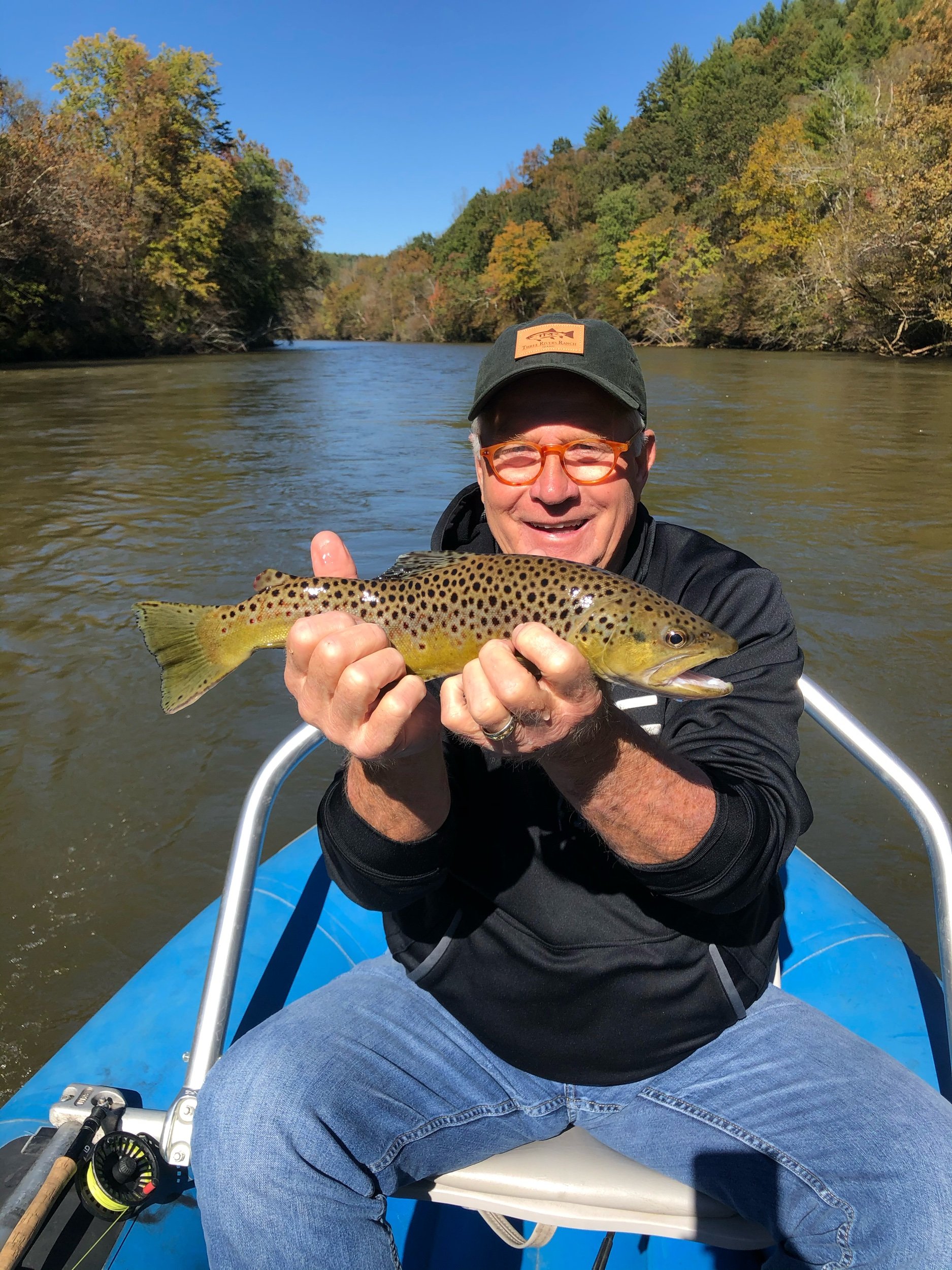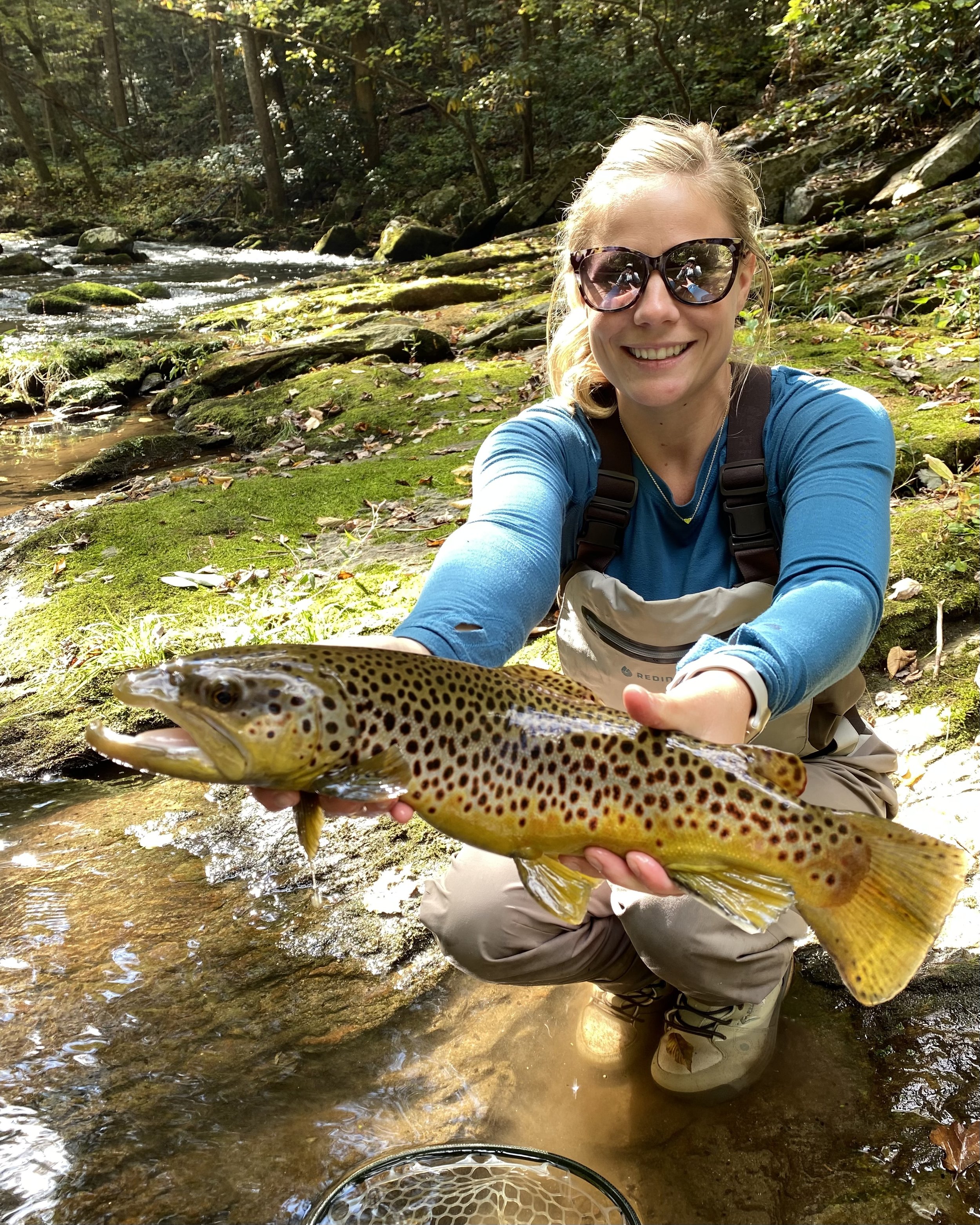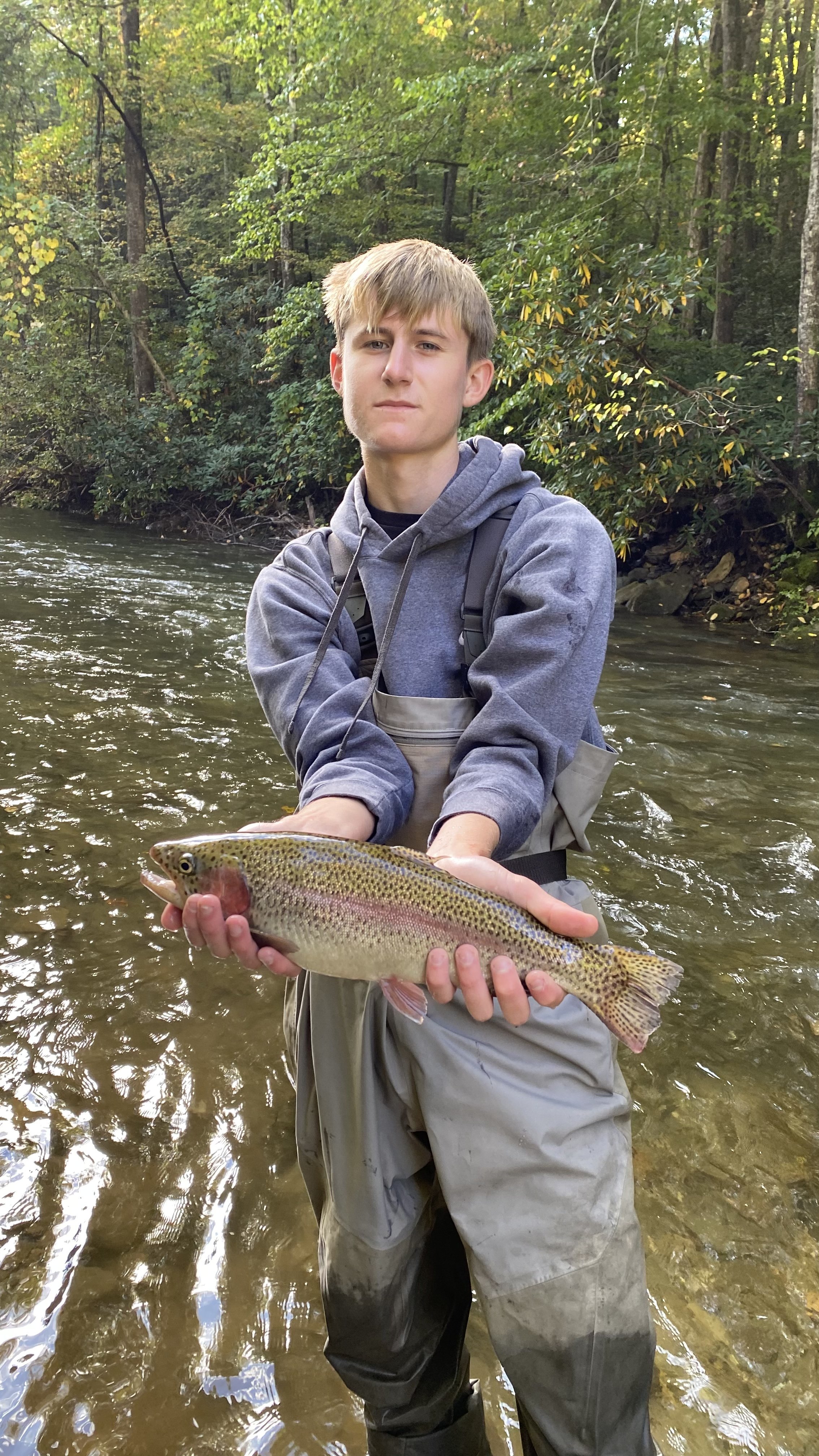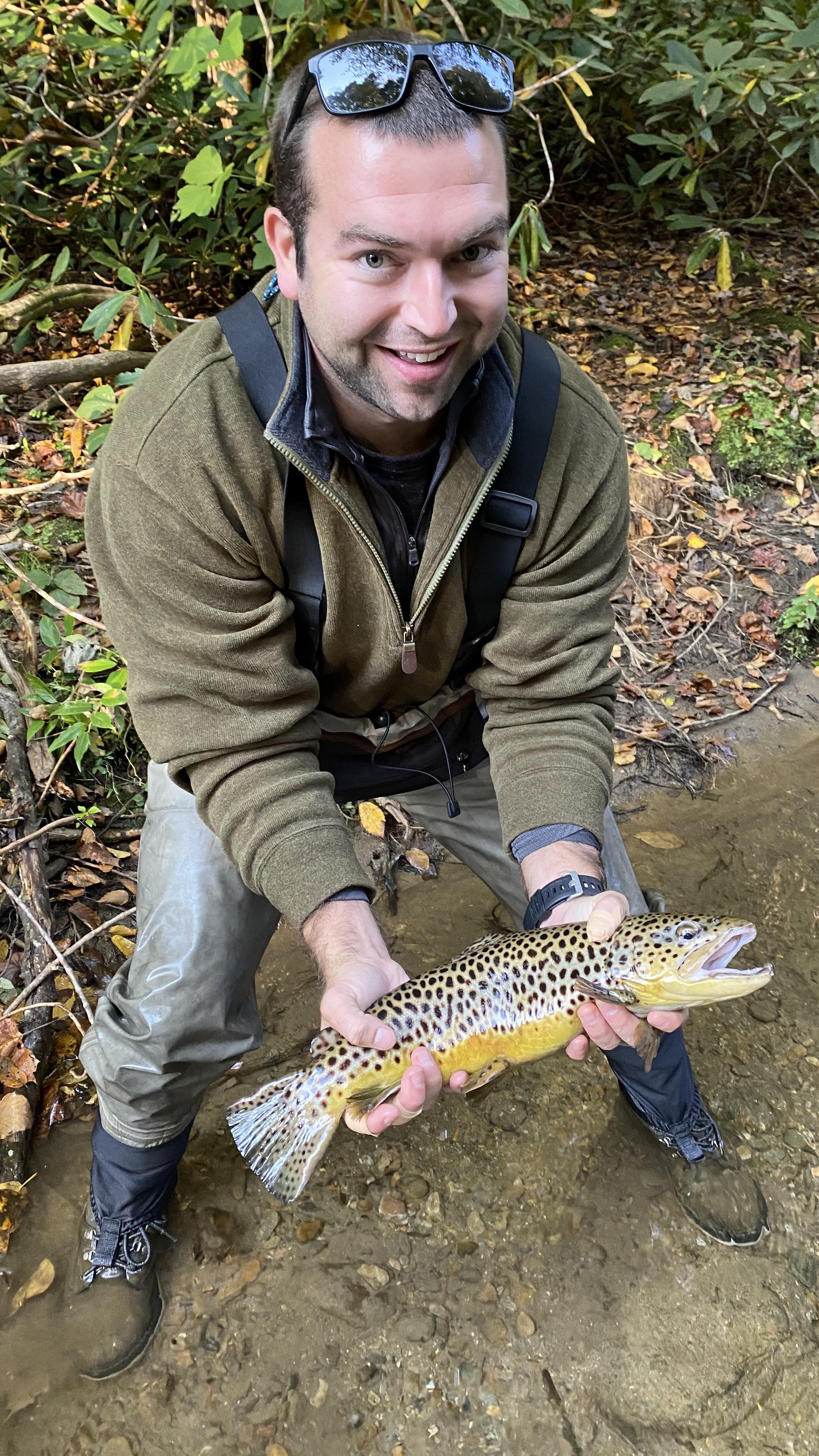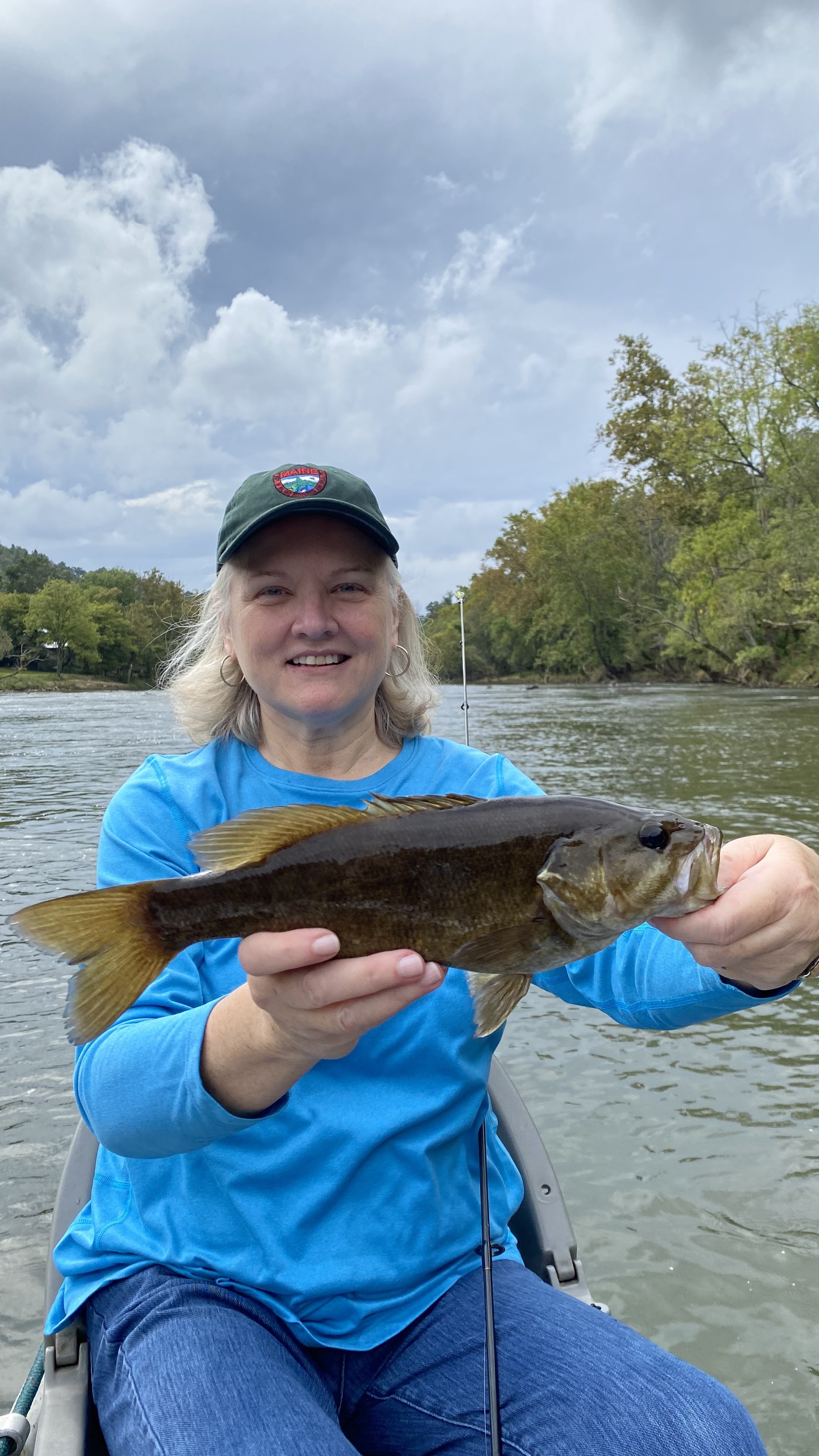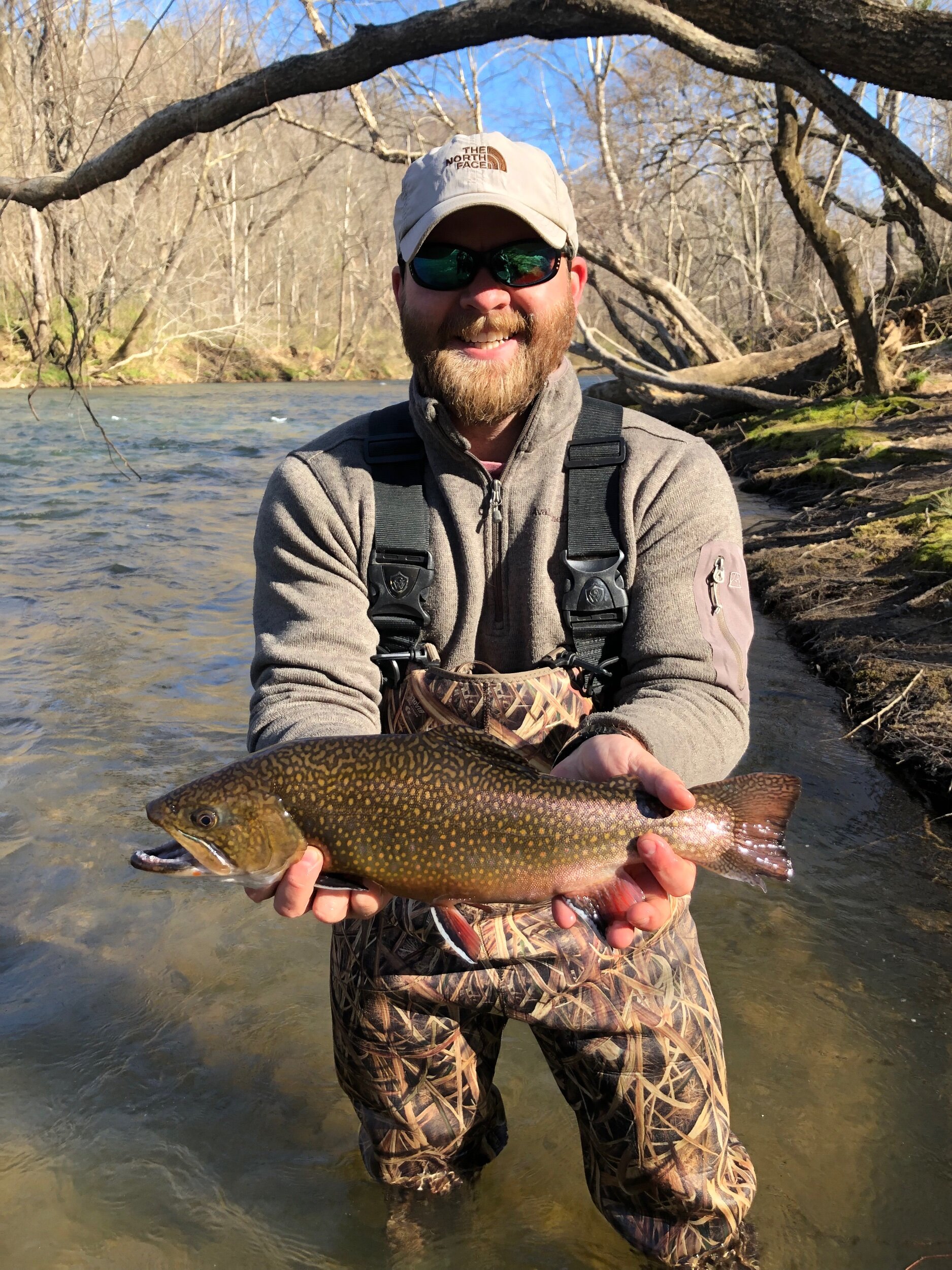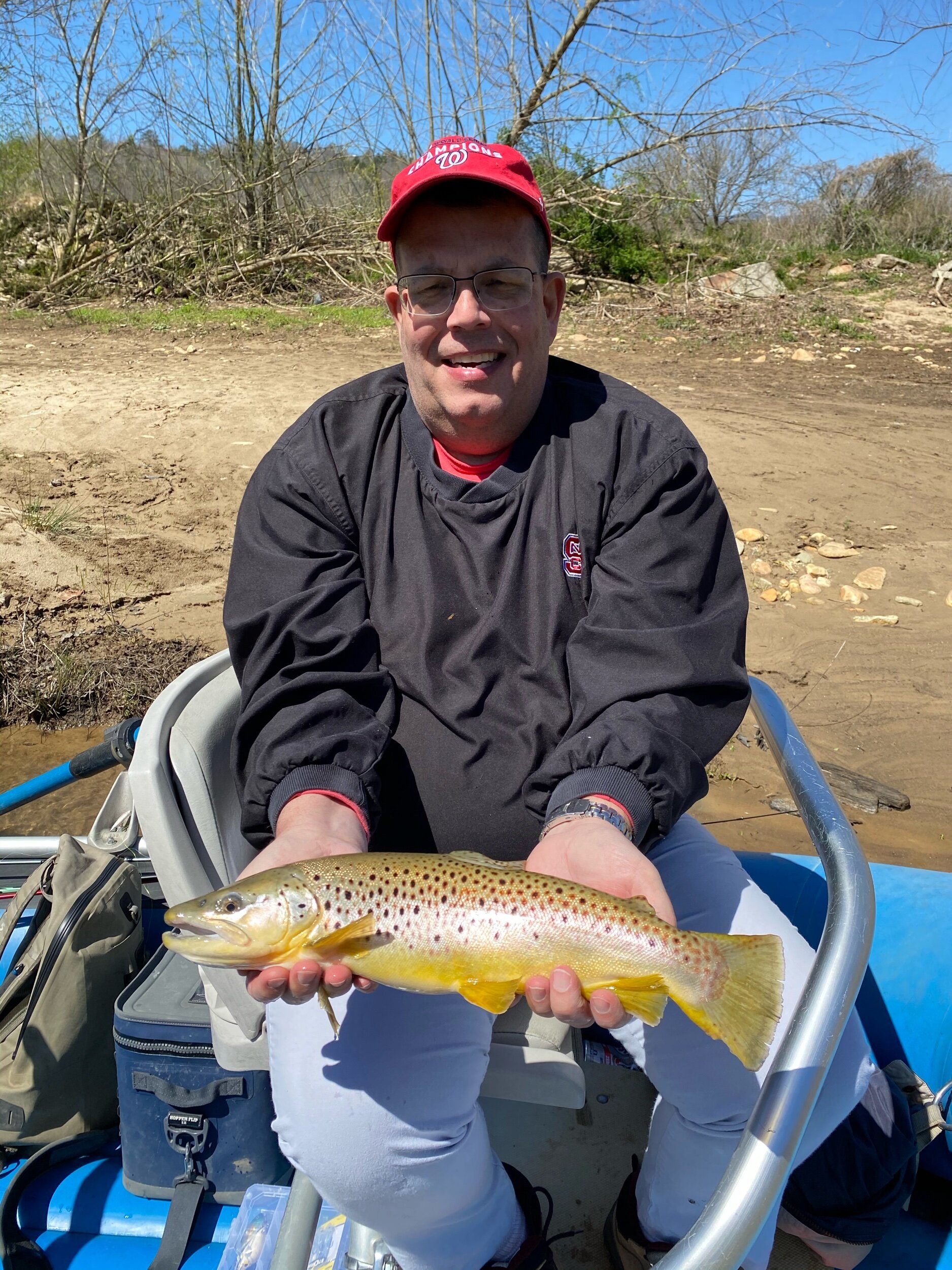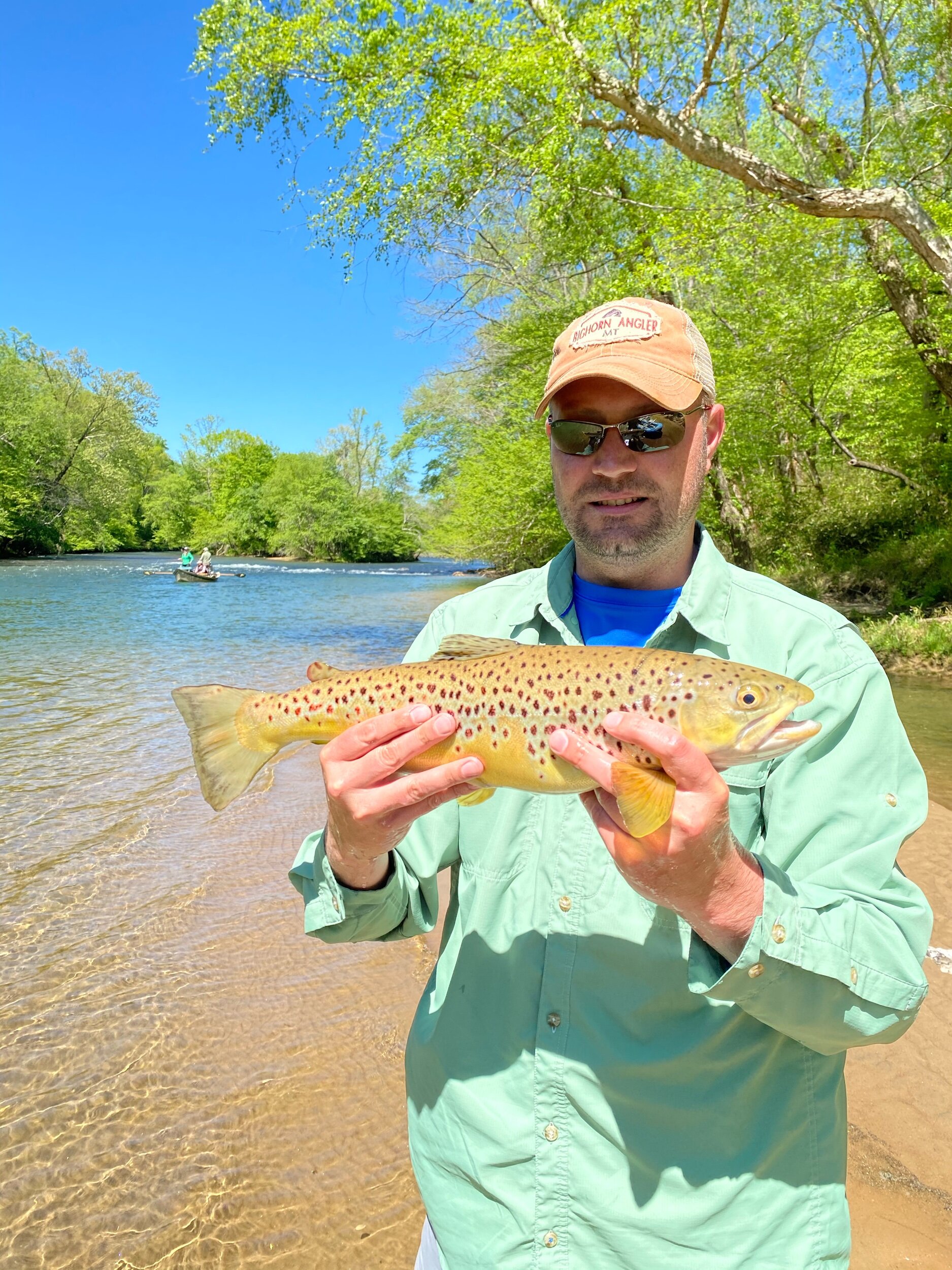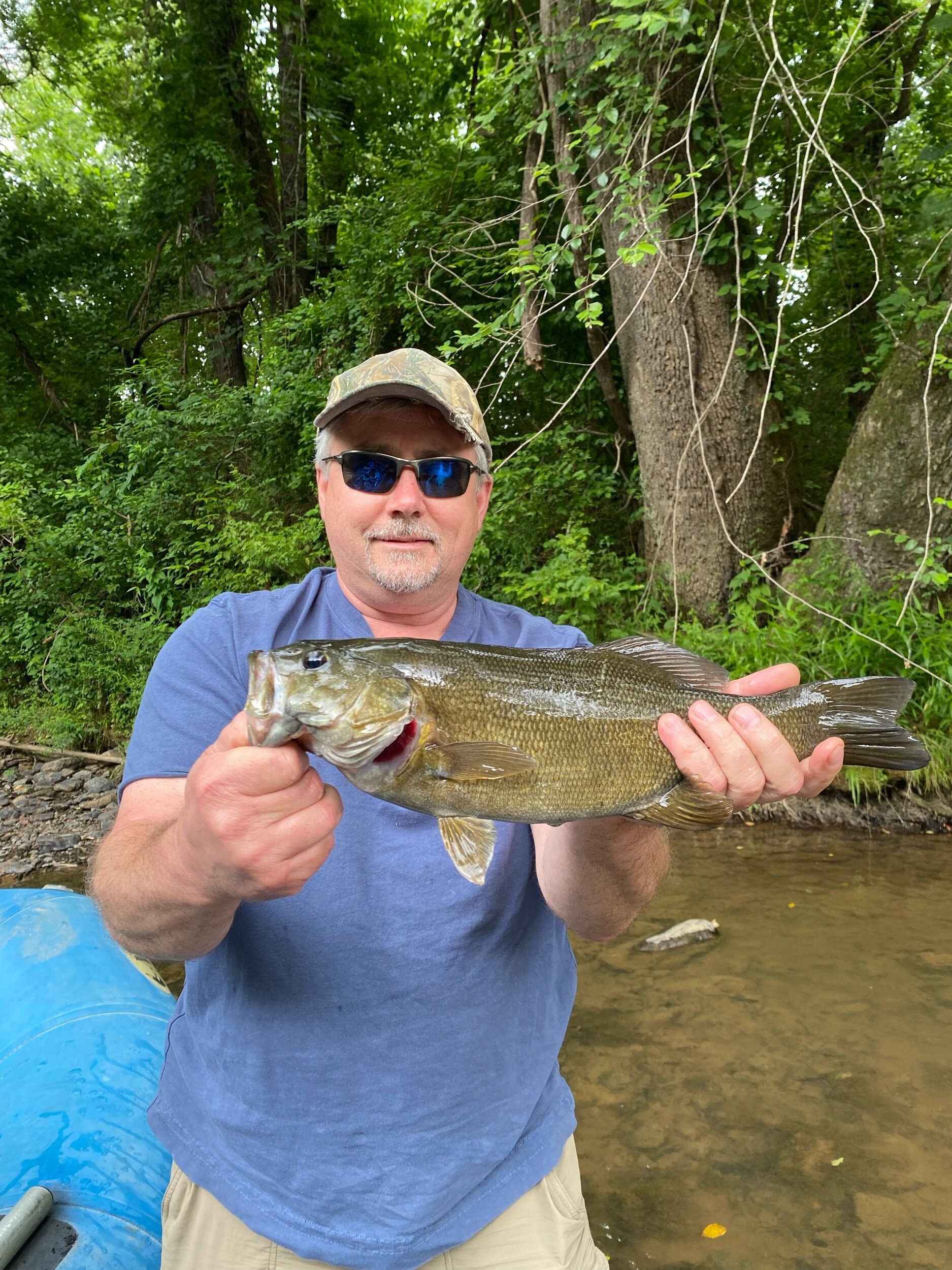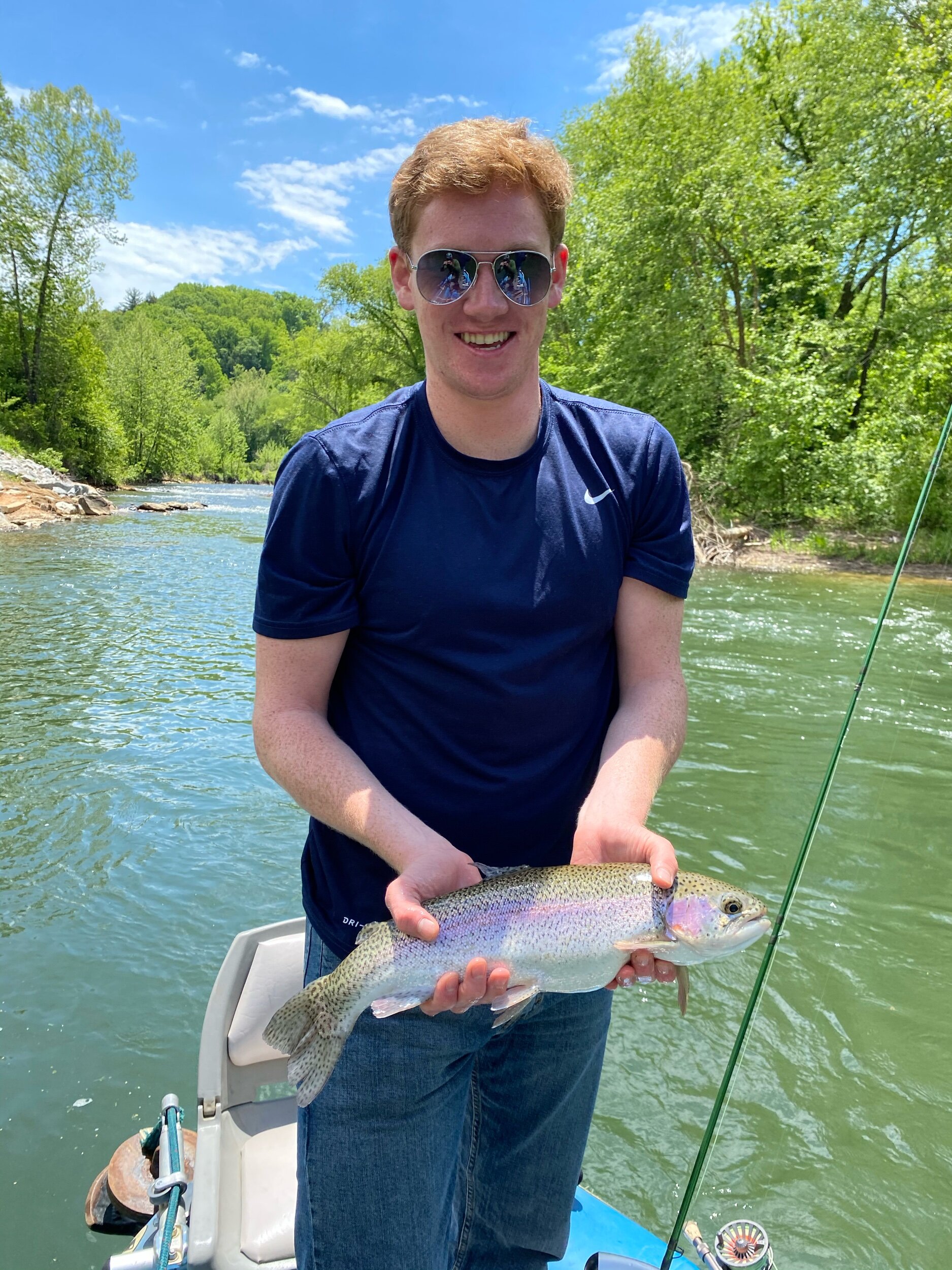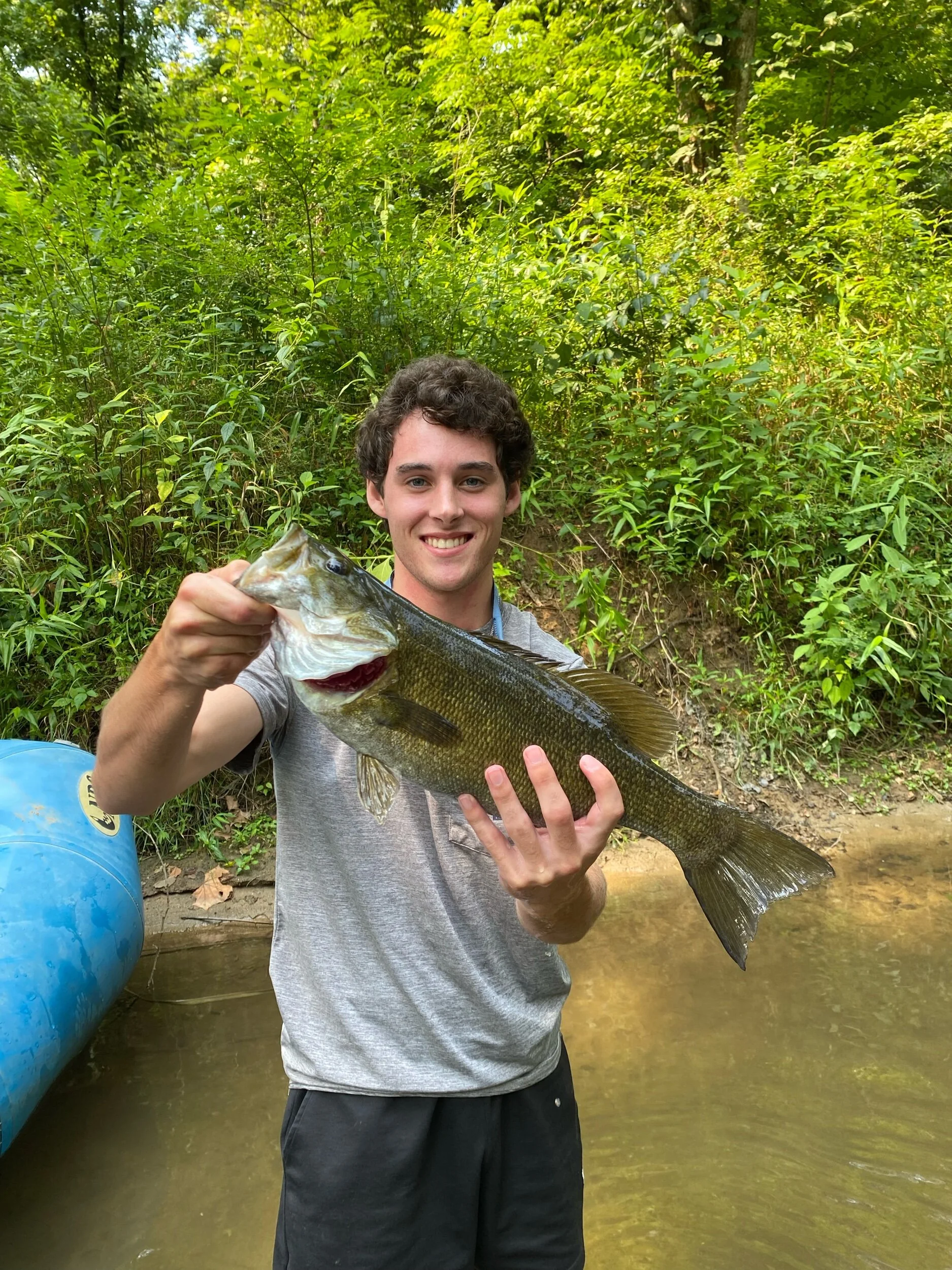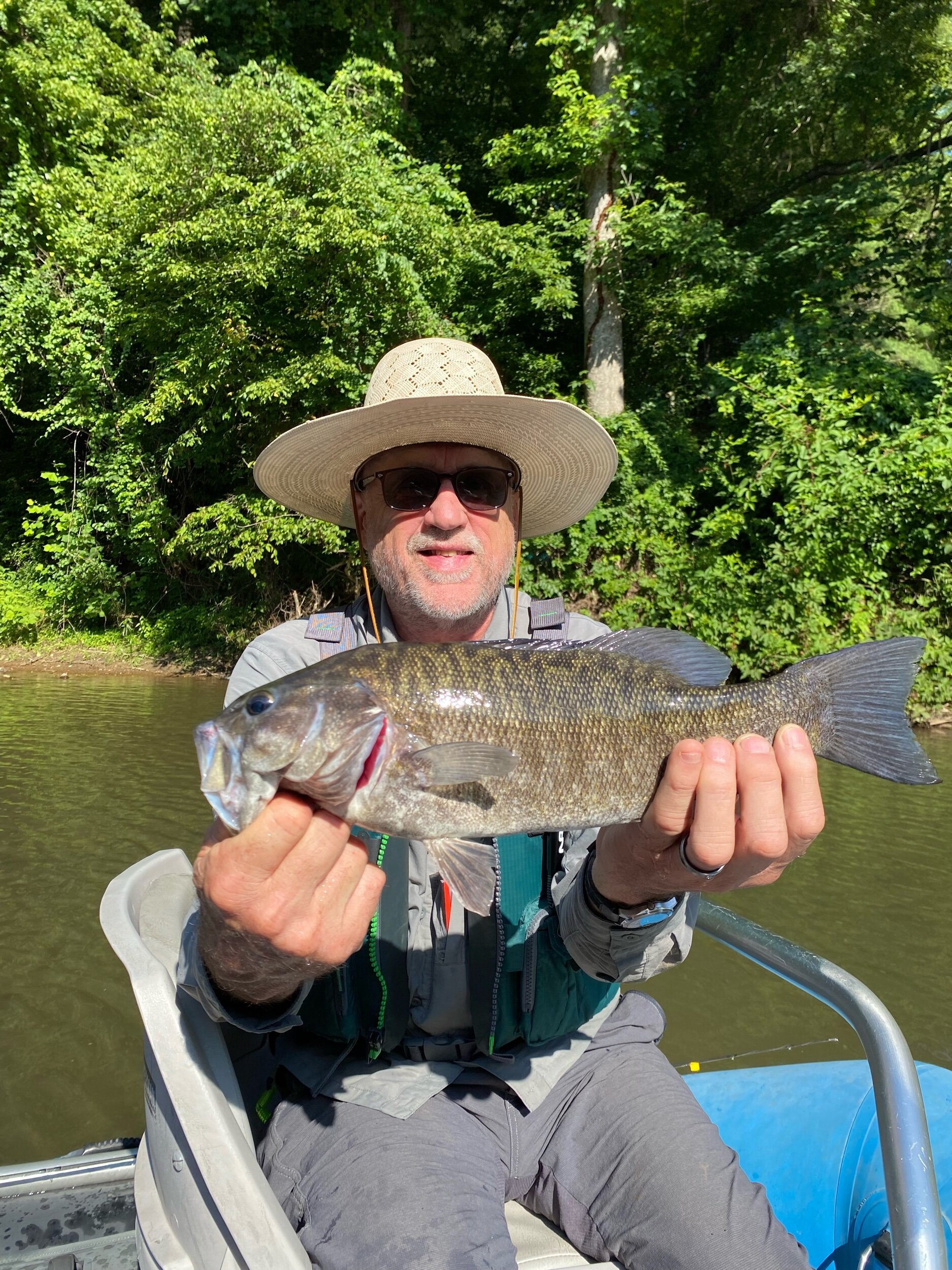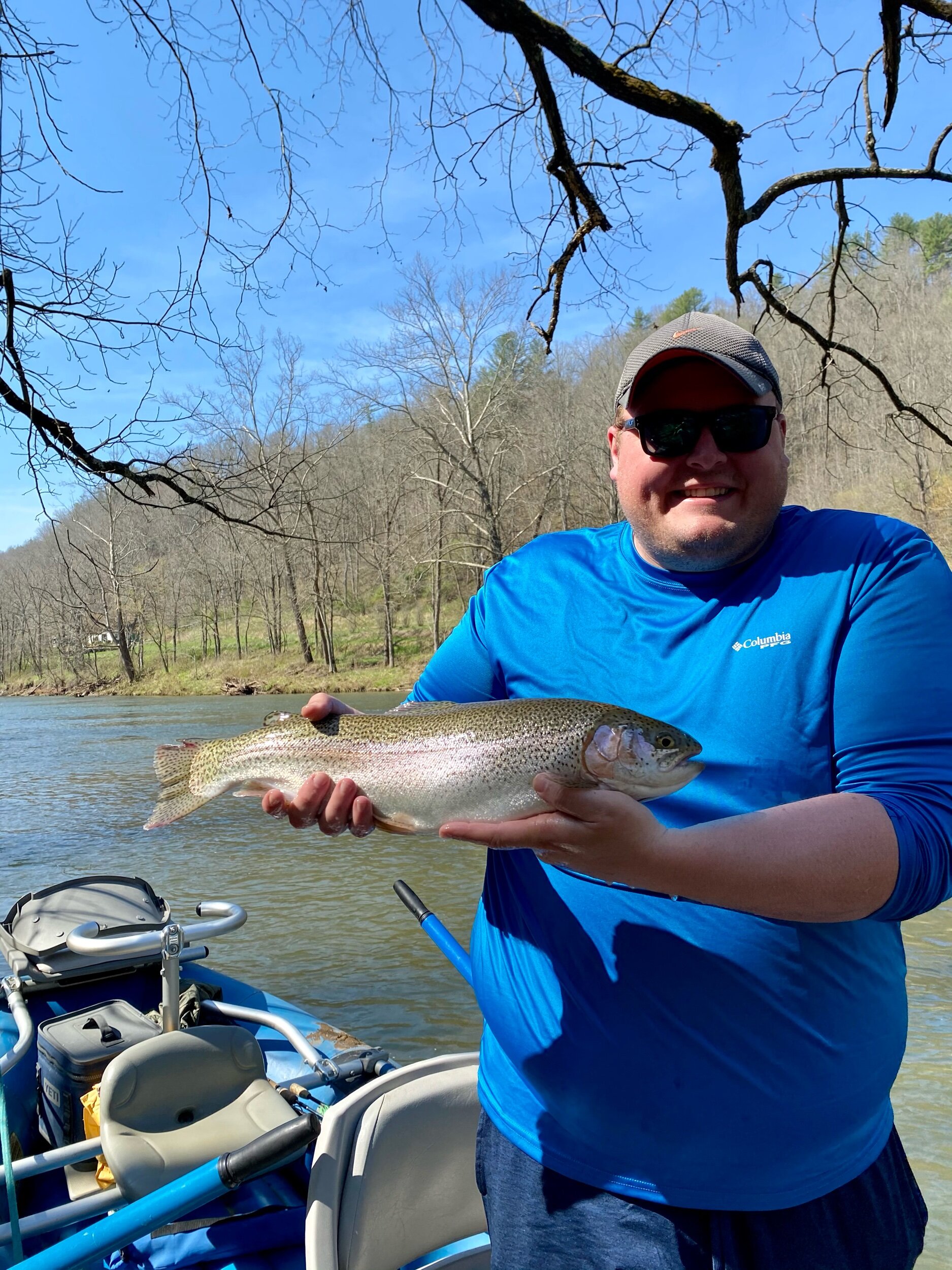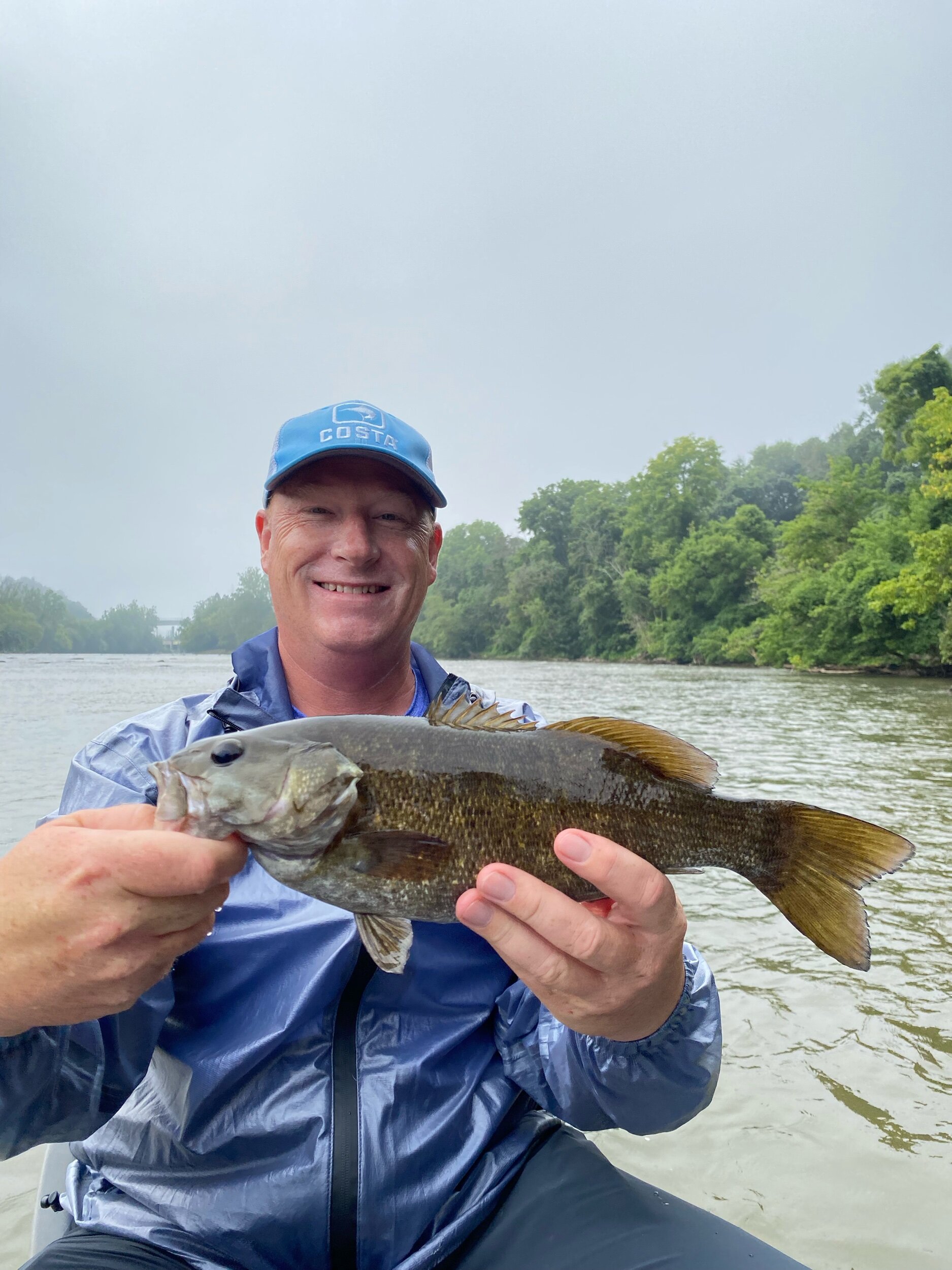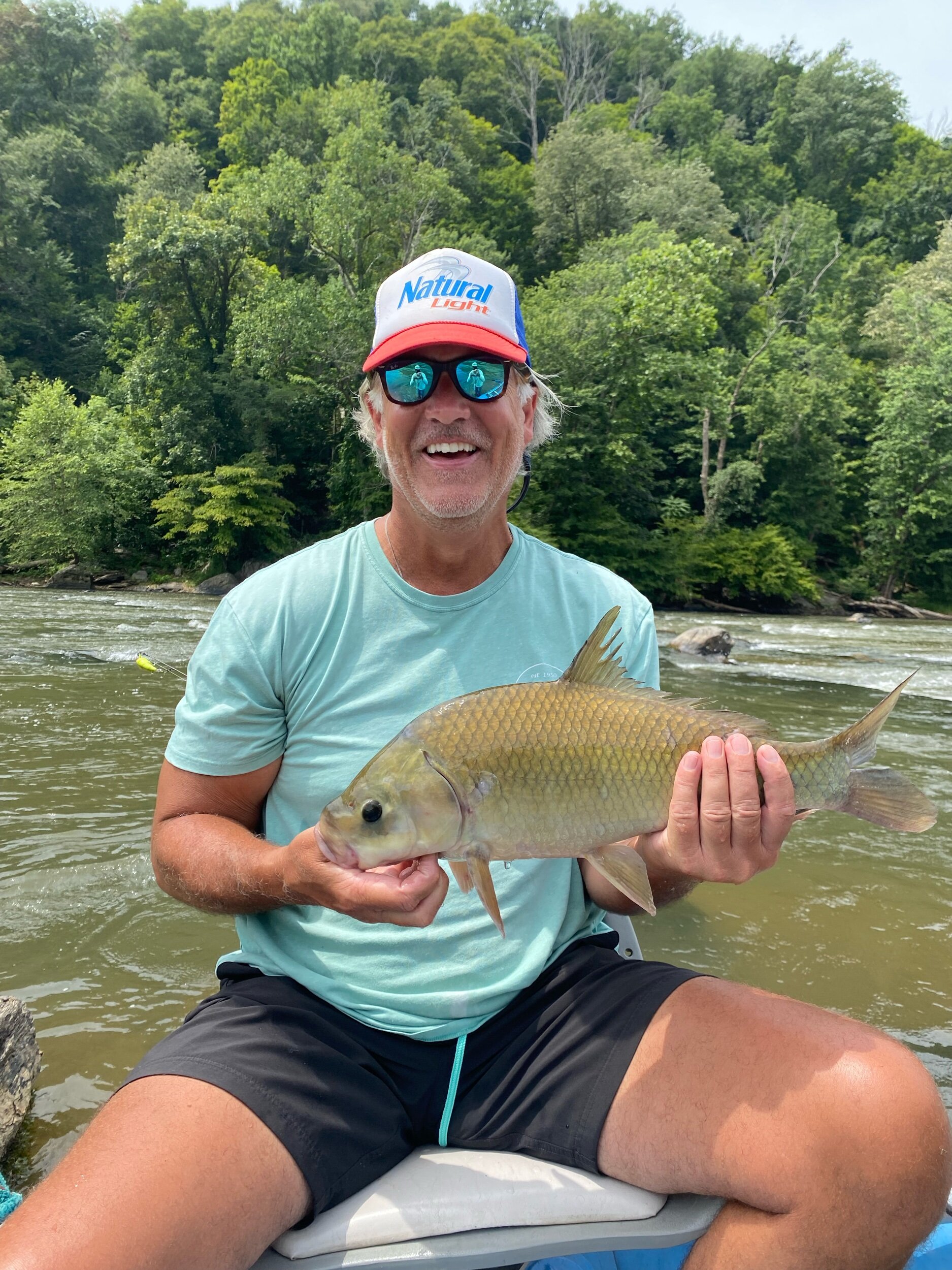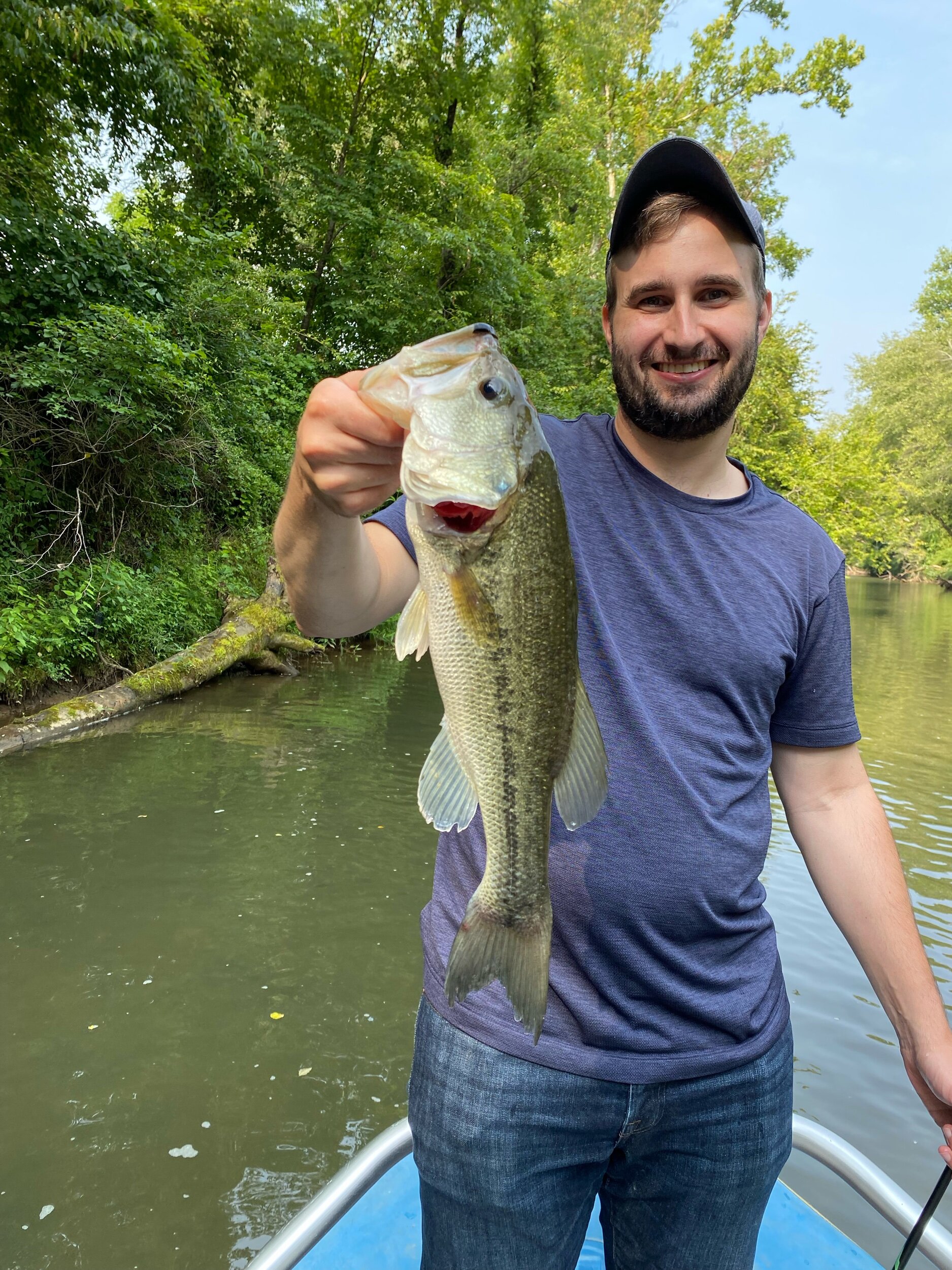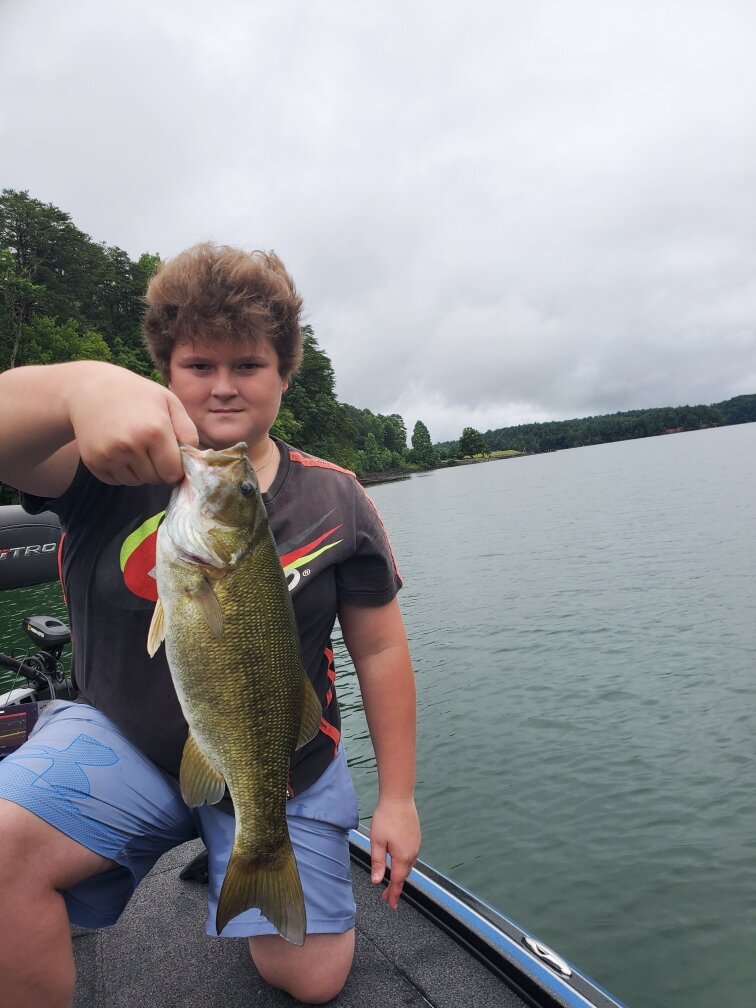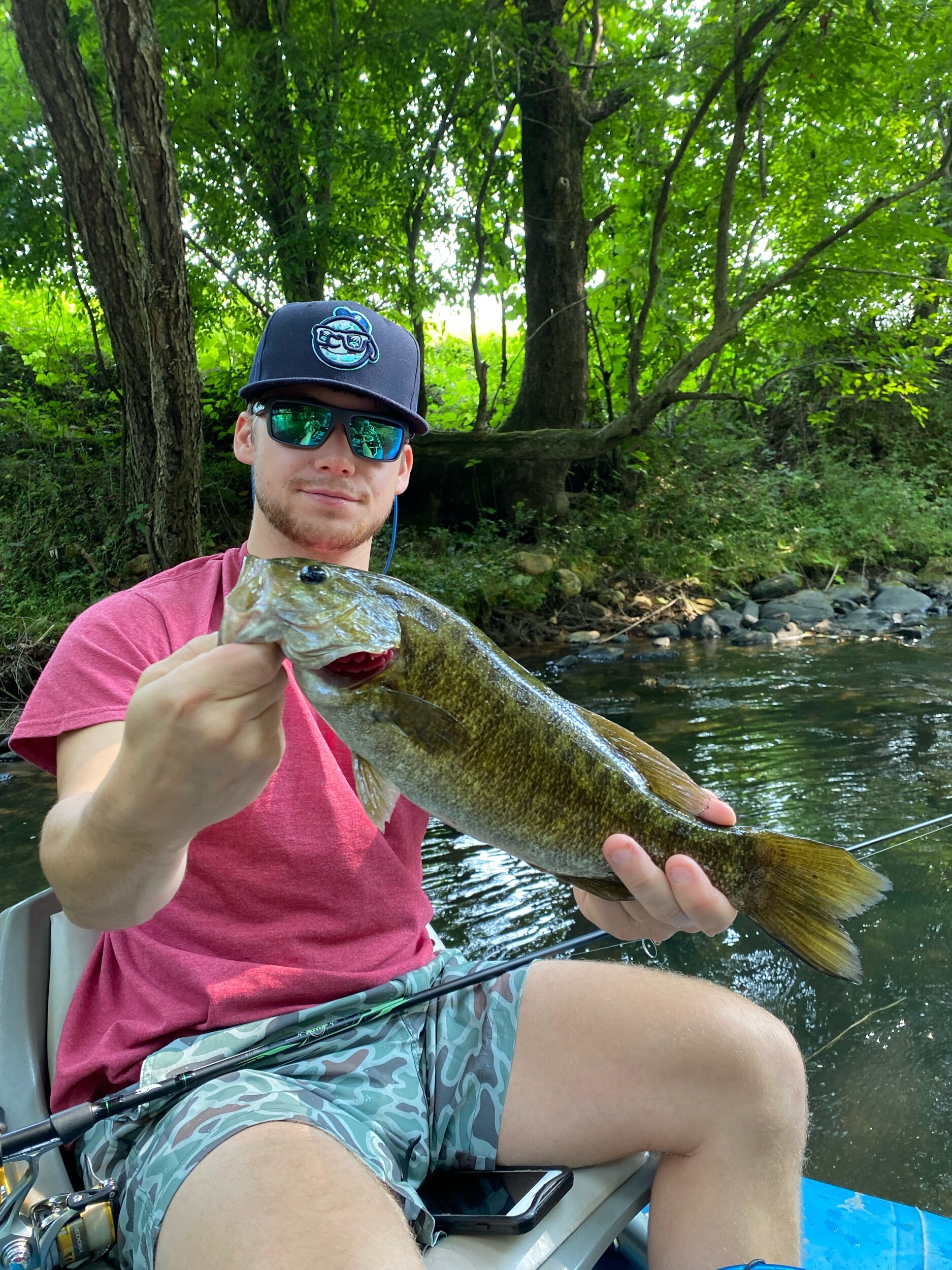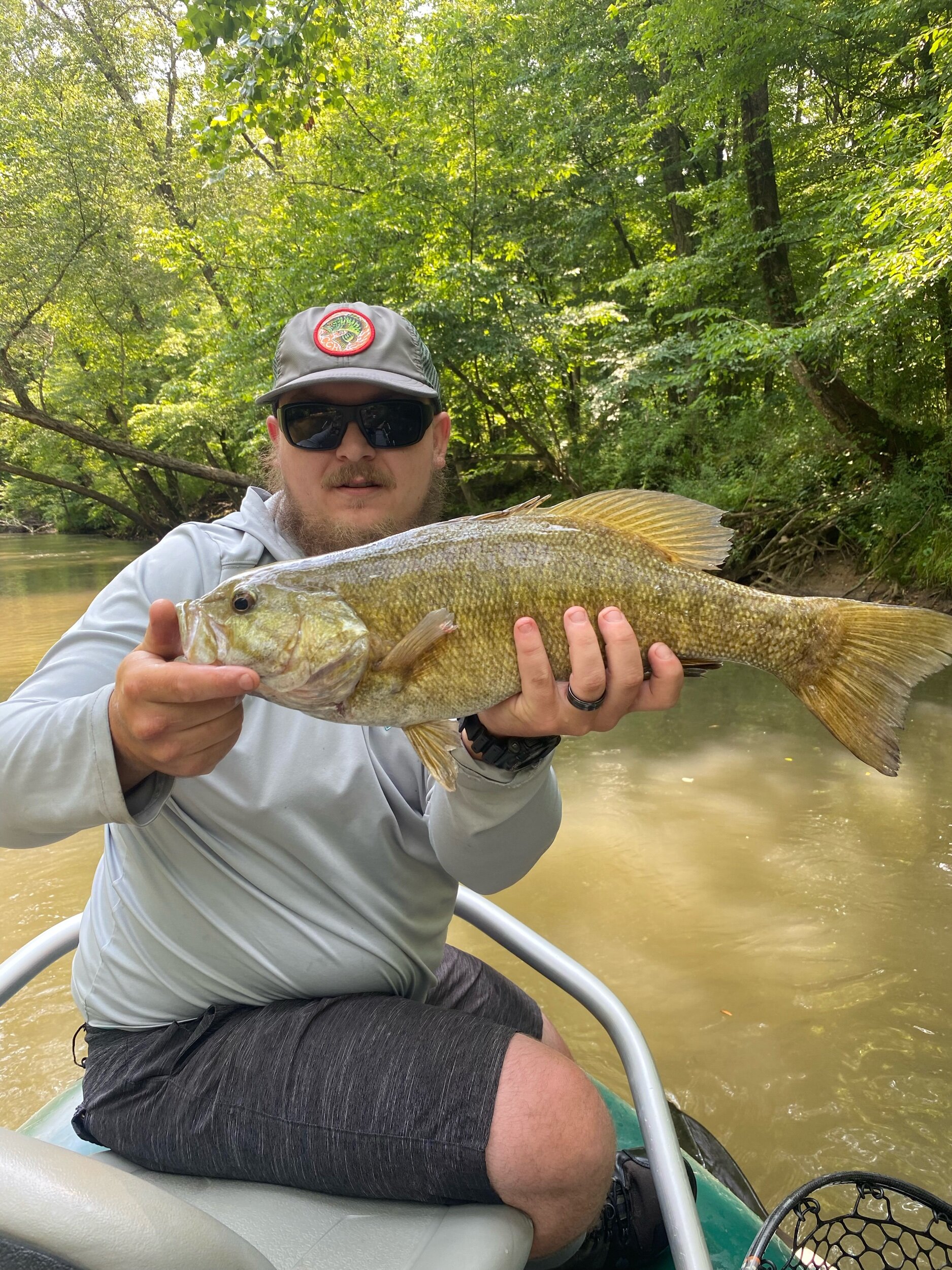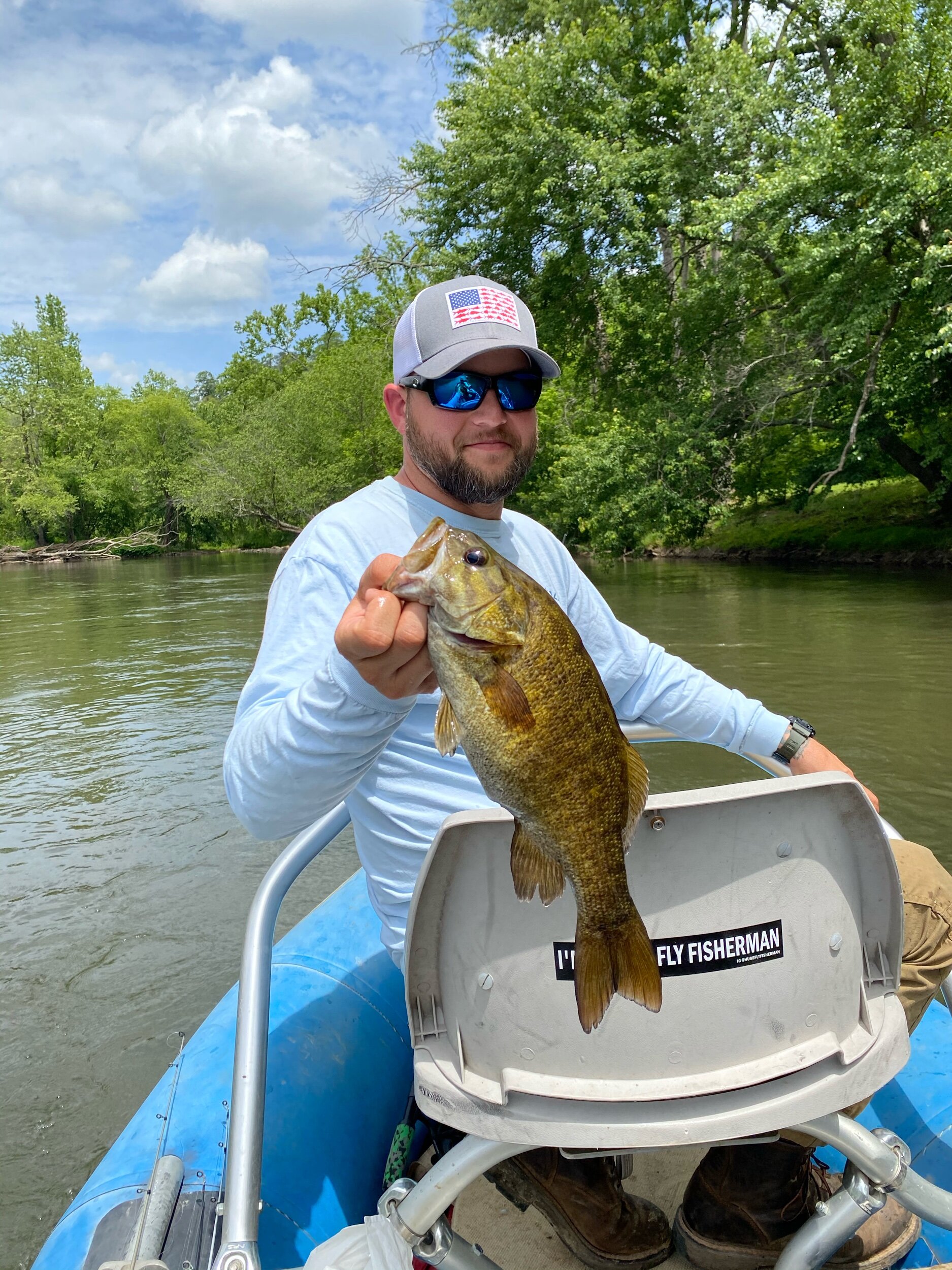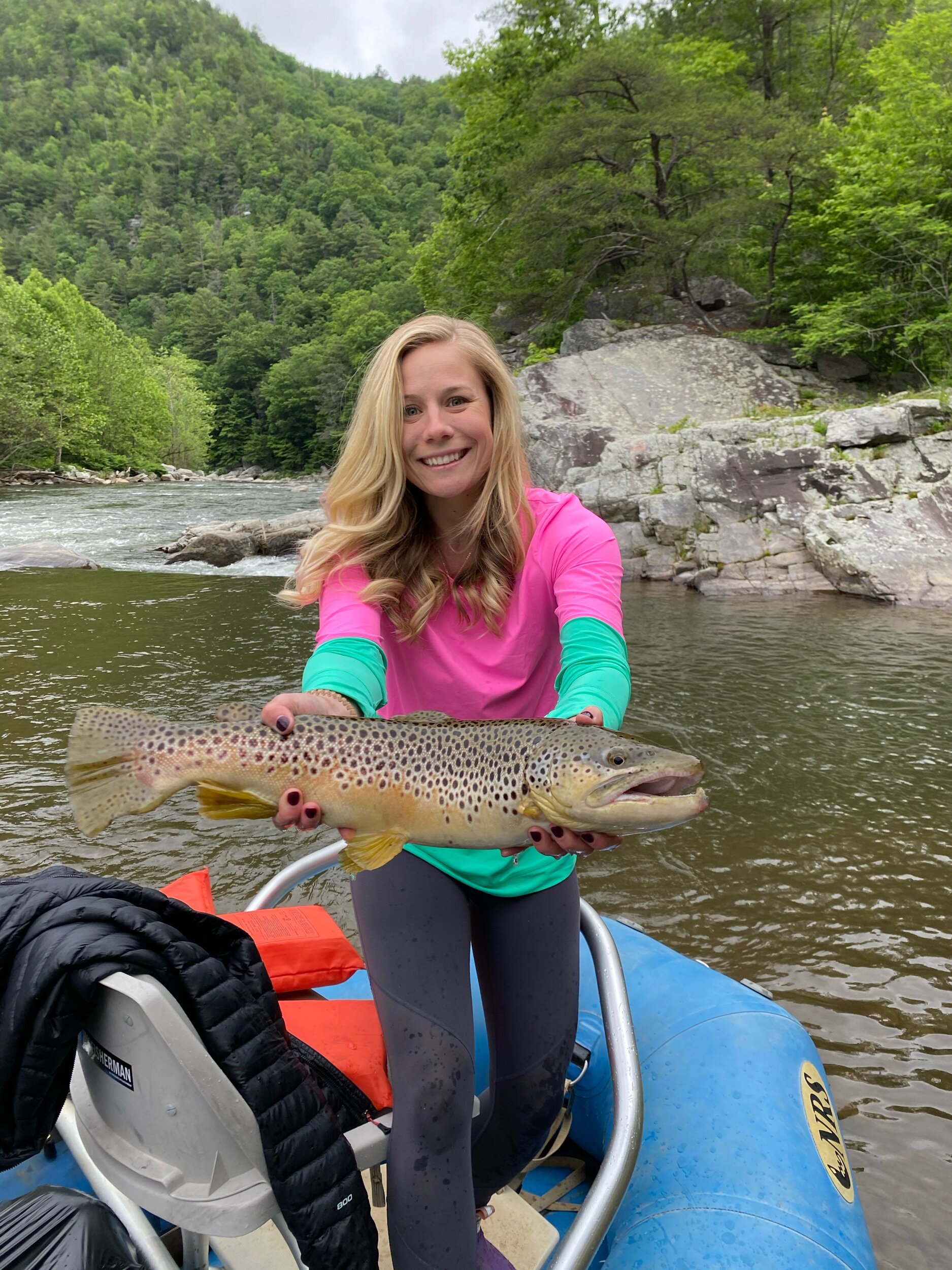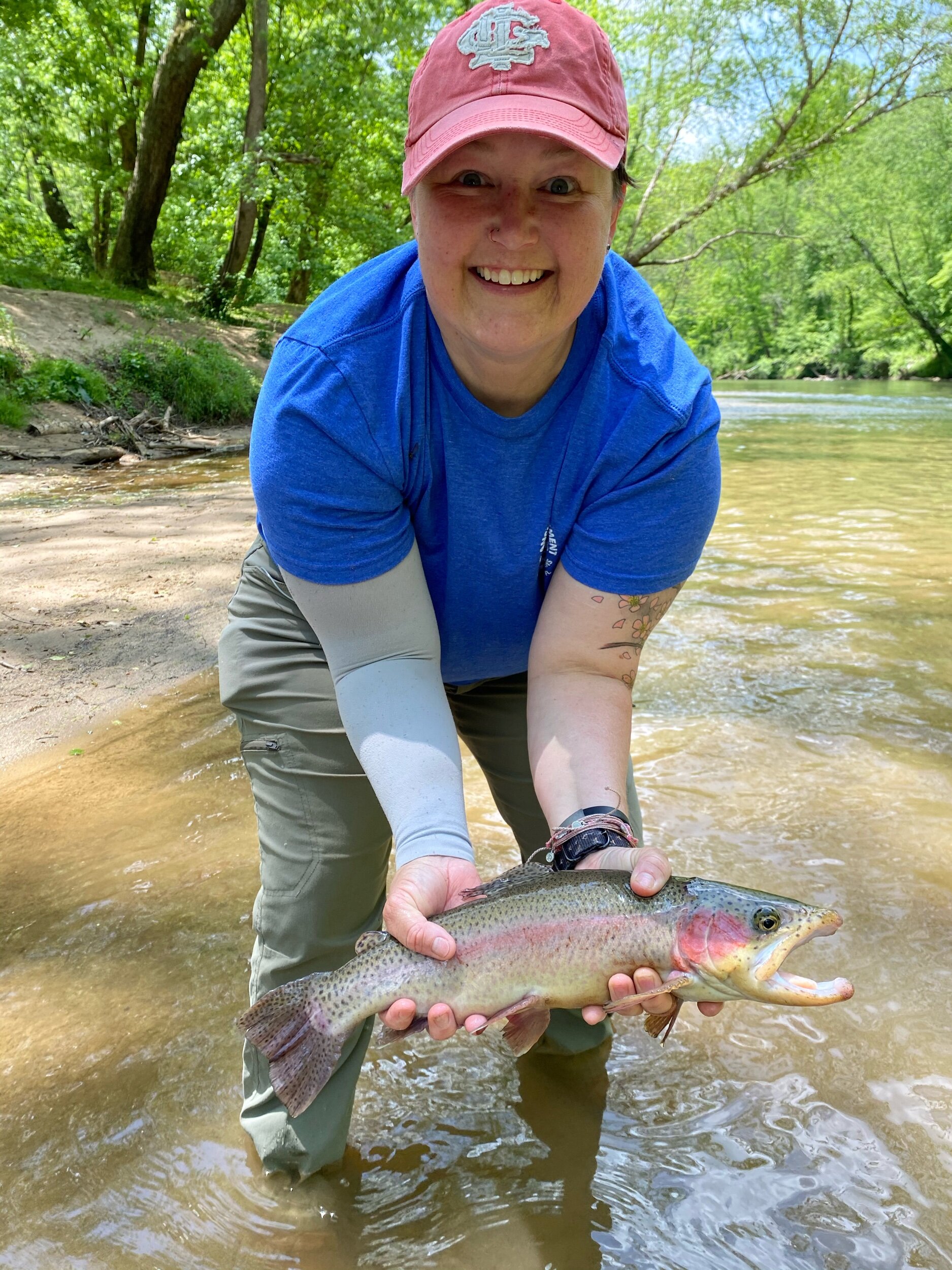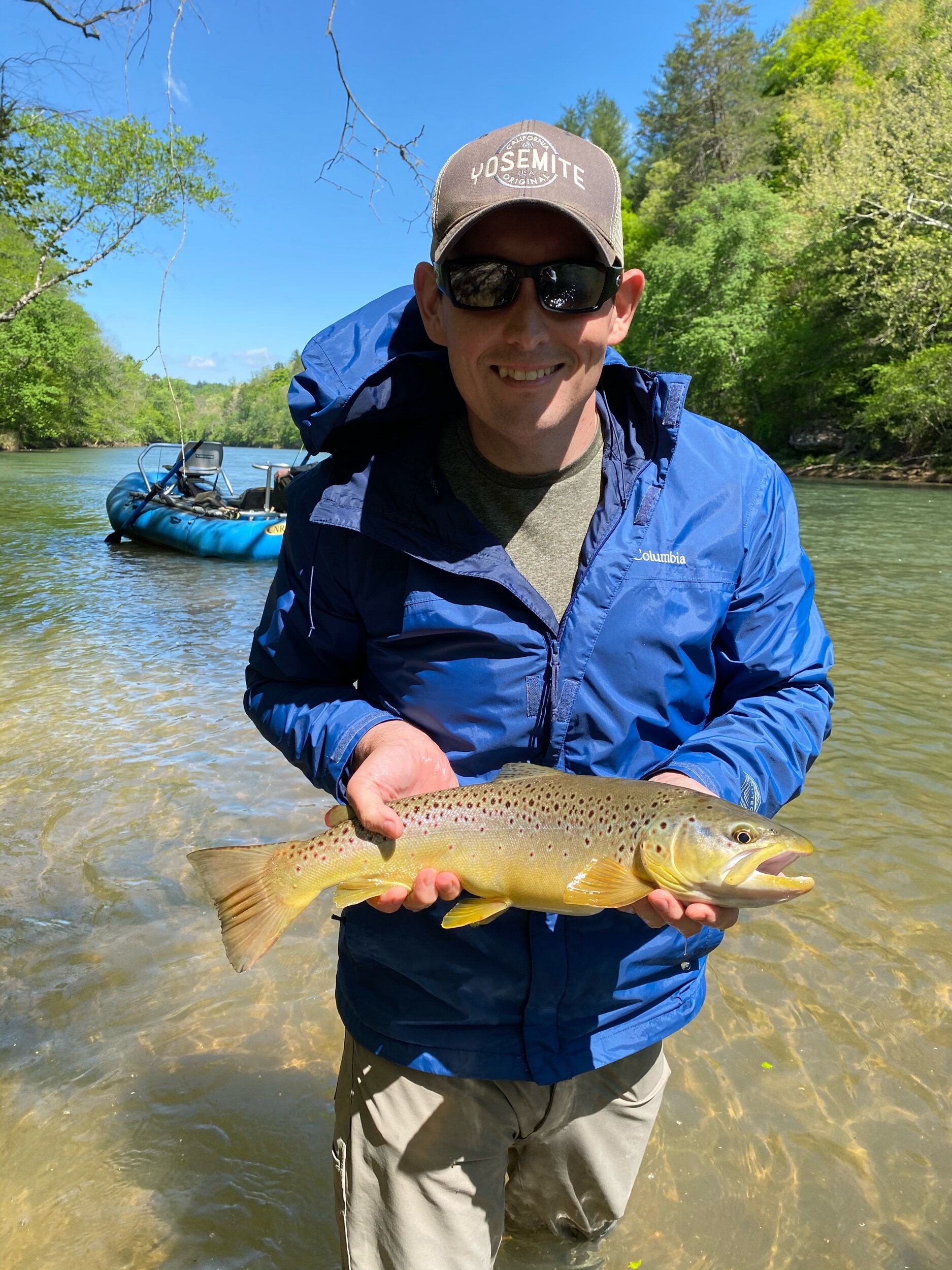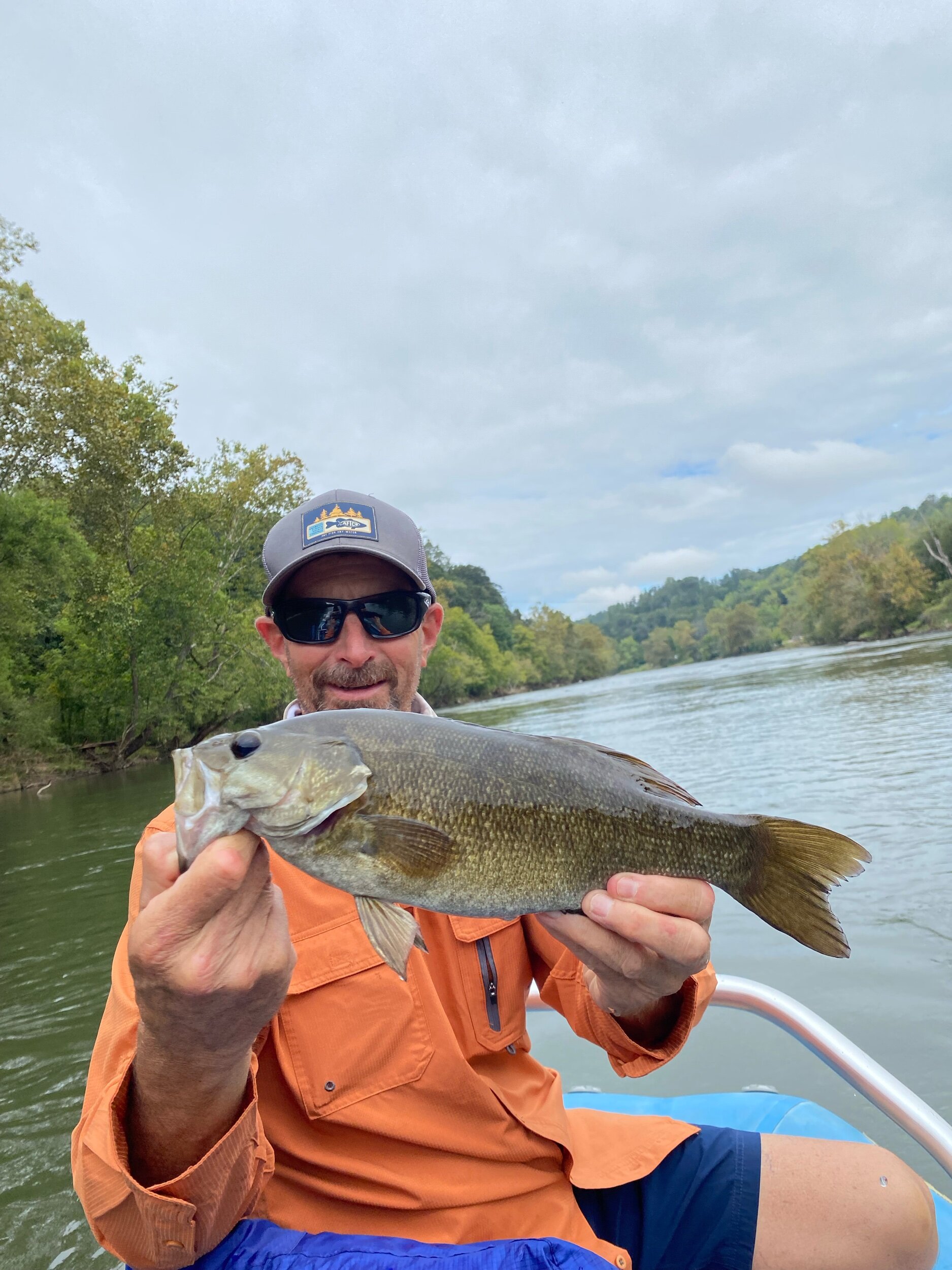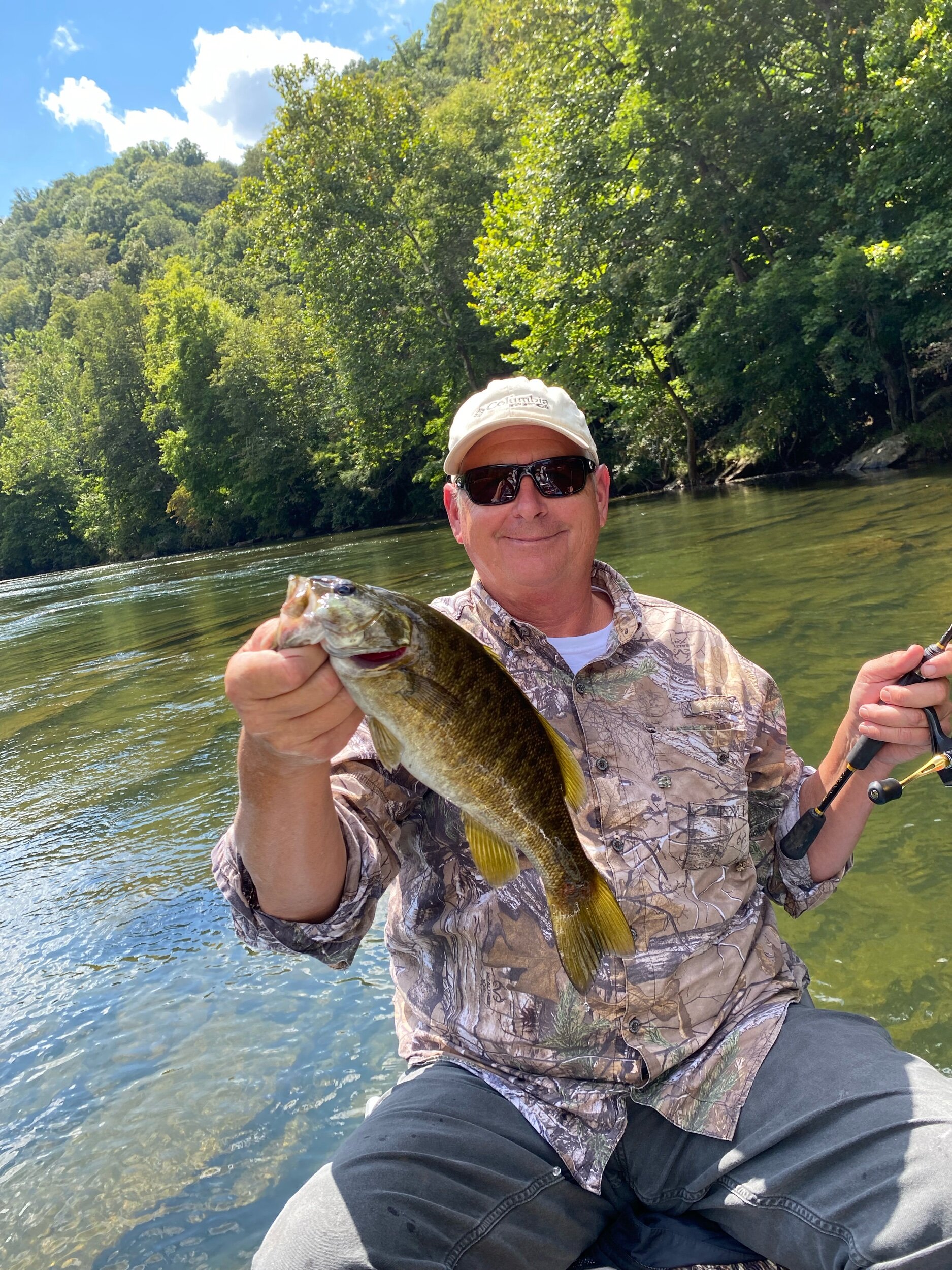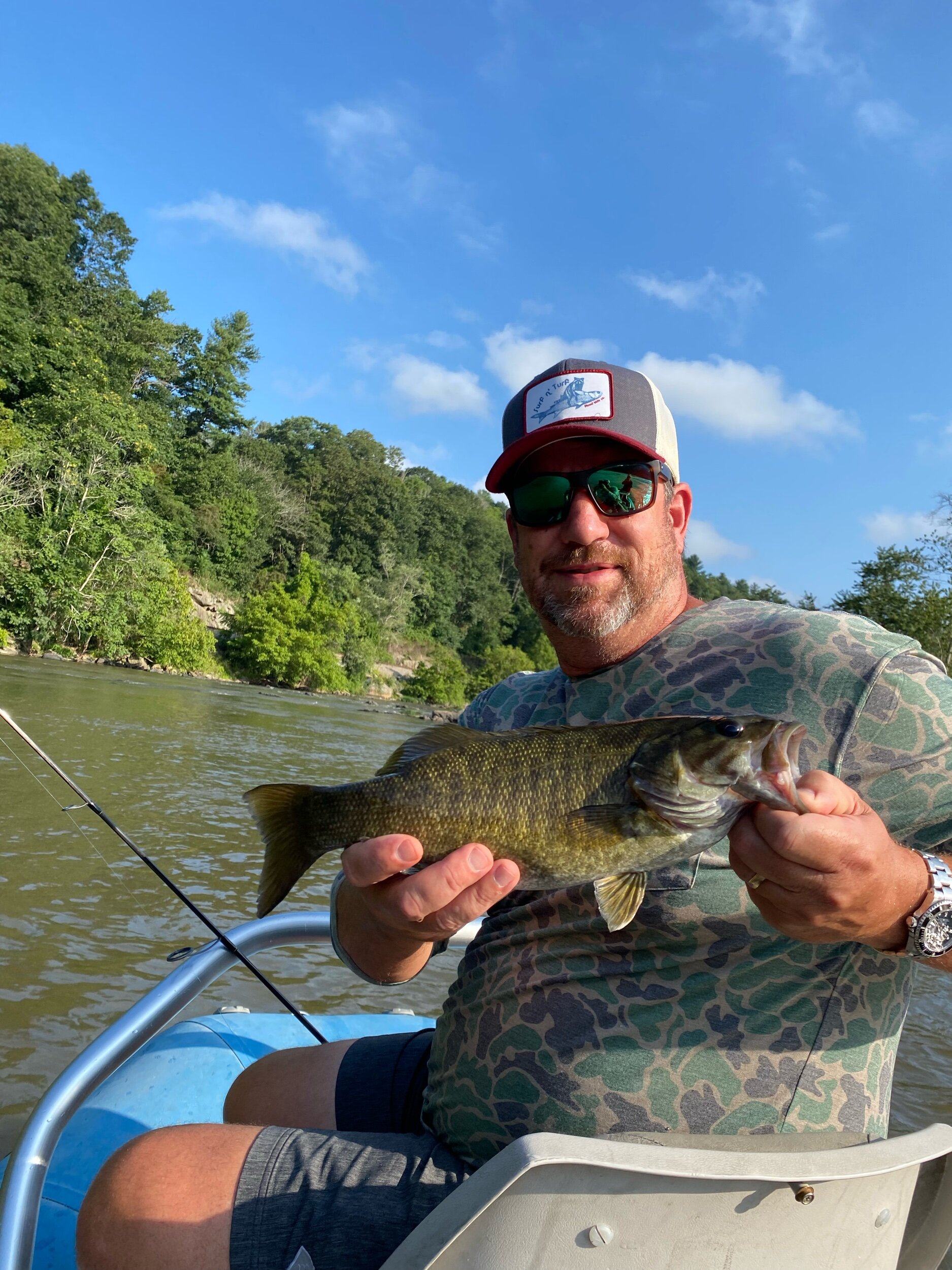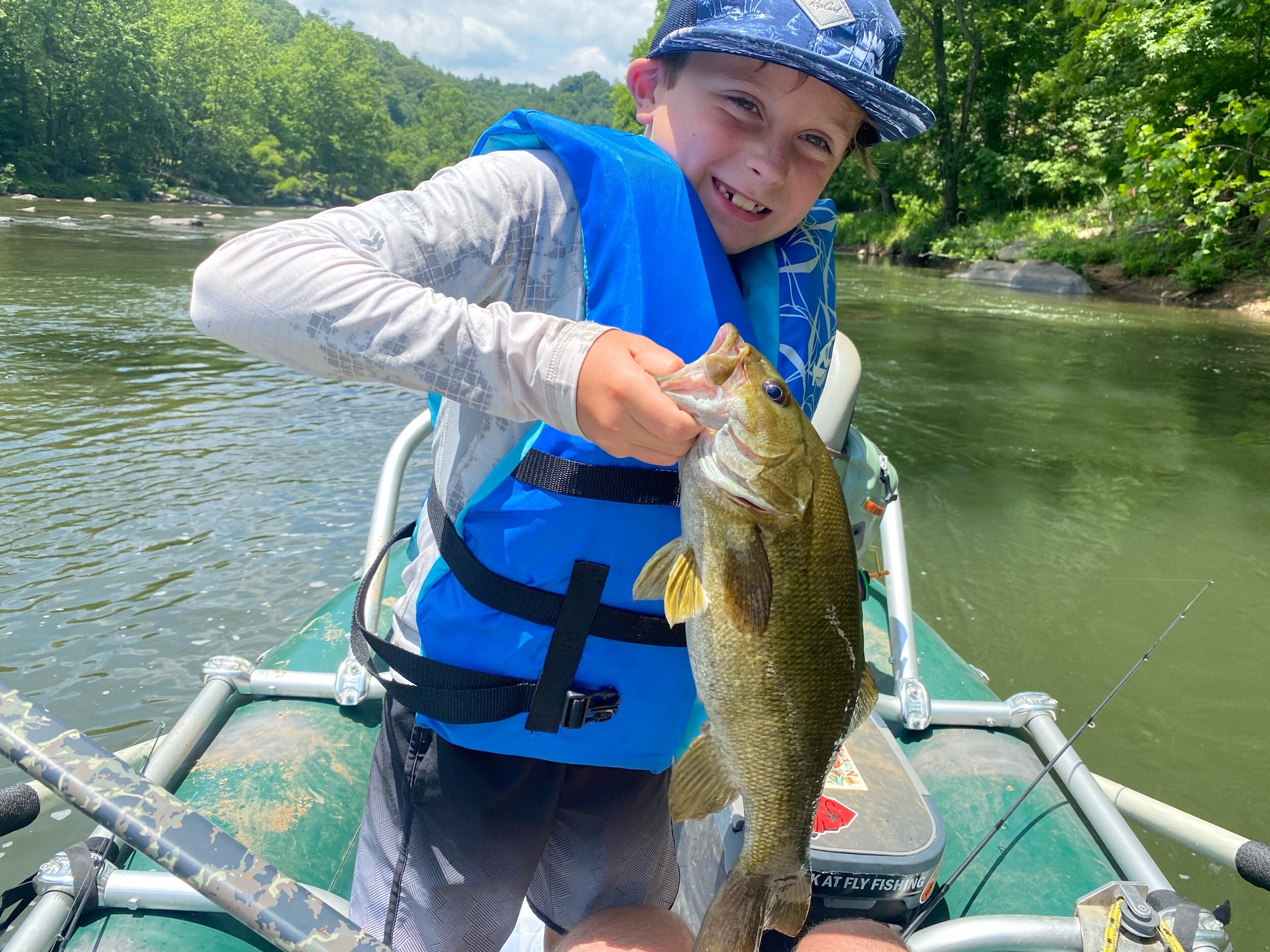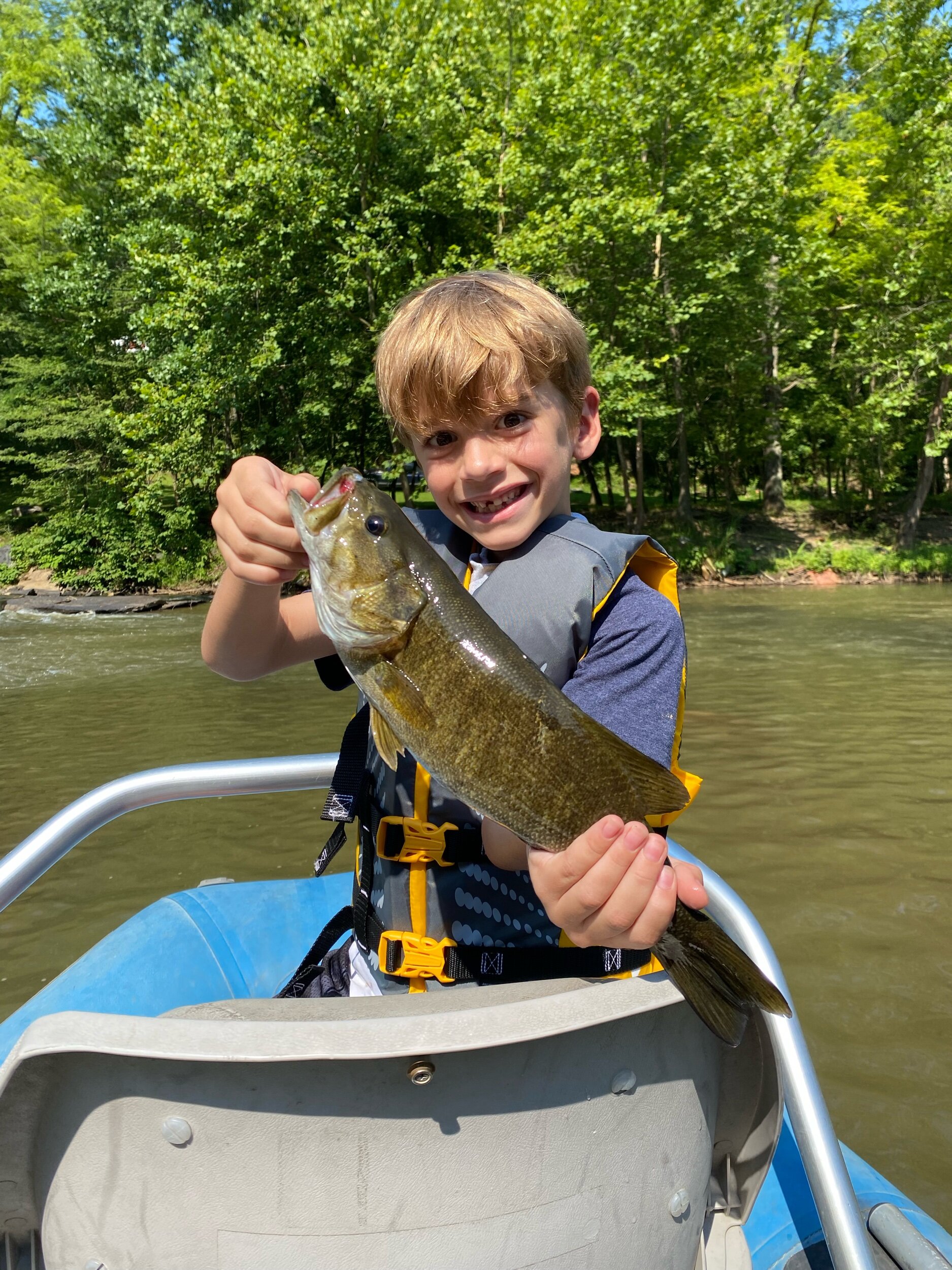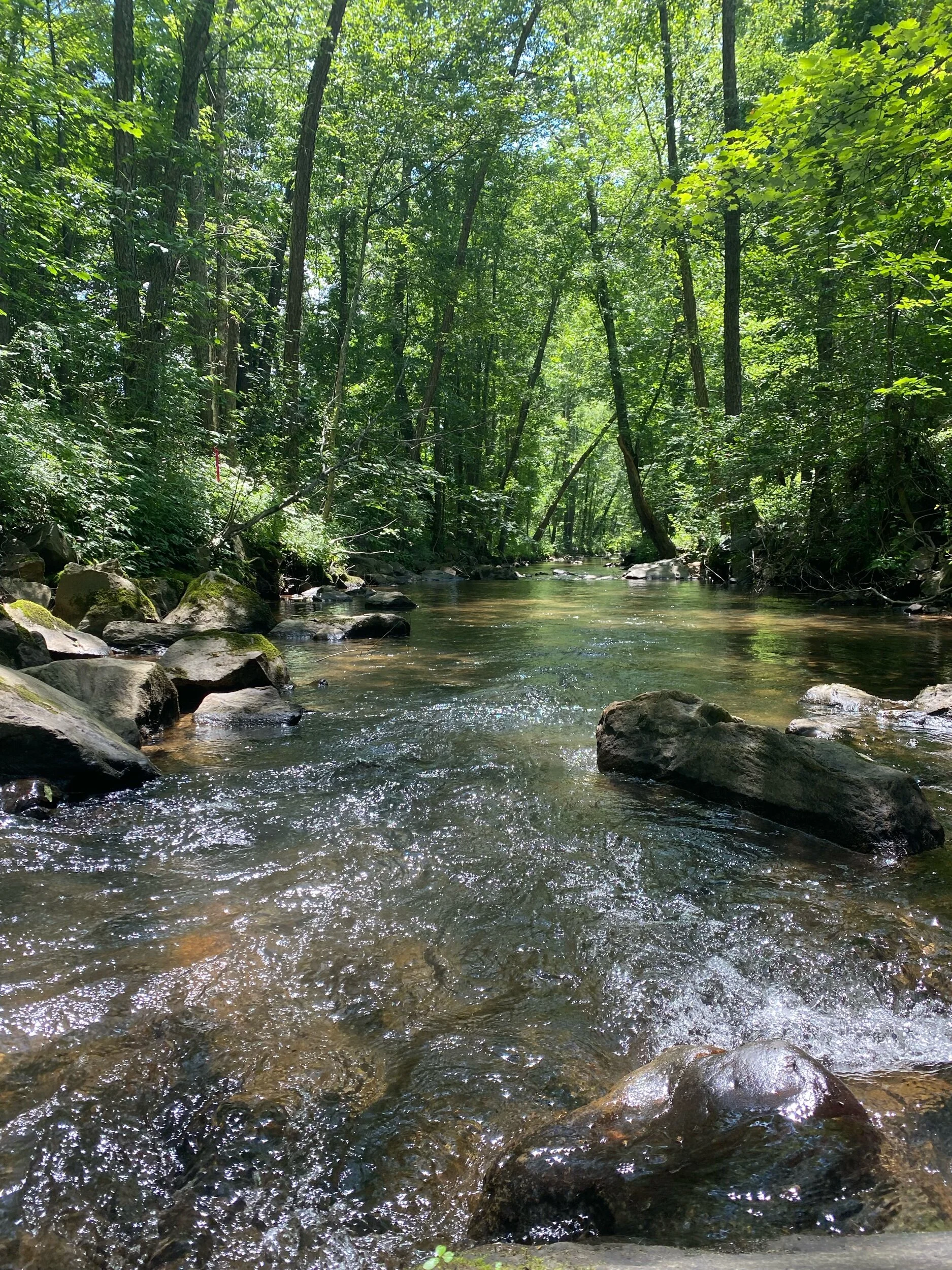The Catawba Angler offers guided fishing trips in Asheville, North Carolina. We provide fly fishing and spin fishing trips for trout and smallmouth bass close to downtown Asheville. We take a lot of pride in that our fishing guides are all local to western North Carolina and have fished the NC mountain streams for many years. We strive to provide the best fishing experience in western North Carolina by making sure we exceed our client’s expectations on and off the water. Our guide’s passion is sharing the local fisheries that we have grown to love and appreciate with clients from across the United States. On our trips you will be paired with an experienced guide that will do everything in their power to make sure you have a successful day on the water. You will leave feeing like you’ve just spent the day with an old friend. We value our client relationships and we’ve been fishing year after year with a lot of our clients since we first started our fishing guide service in 2016. Asheville is surrounded with many different fishing opportunities so we can cater our fishing trips to experienced anglers or complete beginners. Our guides are well versed in the fisheries of western North Carolina which helps them cater to a client’s specific needs. We can choose locations and experiences that will best fit each client.
The Catawba Angler keeps a continual pulse on the Catawba Tailrace to be able to offer successful fly fishing trips on this tailwater. This fishery is 50 miles from downtown Asheville and offers excellent trout fishing from a raft or drift boat. Here you won’t find the crowds like you do on the tailwaters in East Tennessee or the “Tuck.” If you are looking to float a tailwater without the boat traffic give the Catawba Tailrace a try sometime between November and June.
There are a ton of wild trout streams around the mountains of North Carolina. The Catawba Angler offers guided fly fishing trips around Asheville for these beautiful trout. Fly fishing is the preferred method for casting smaller flies to these eager fish. Our wade fishing trips take clients deep into the heart of the Pisgah National Forest. The Pisgah National Forest surrounds Asheville and lies in 14 surrounding North Carolina counties.
The Catawba Angler offers family friendly fishing trips. We welcome younger kids as long as they are accompanied by an adult. These trips are great introductory trips to get kids interested in the sport of fishing. The main focus is getting the kids “hooked” on having a good time on the water.
The closest fishing to Asheville is the French Broad River. It’s the best river smallmouth fishing in North Carolina and The Catawba Angler guides on it from March to November. Our smallmouth float fishing trips take you down the river in our comfortable rafts enabling us to access areas they you cannot by foot. There is always opportunities to catch big smallmouth on light spinning tackle or the fly rod. To learn more about the smallmouth fishing around Asheville click the learn more link at the bottom of this page.


